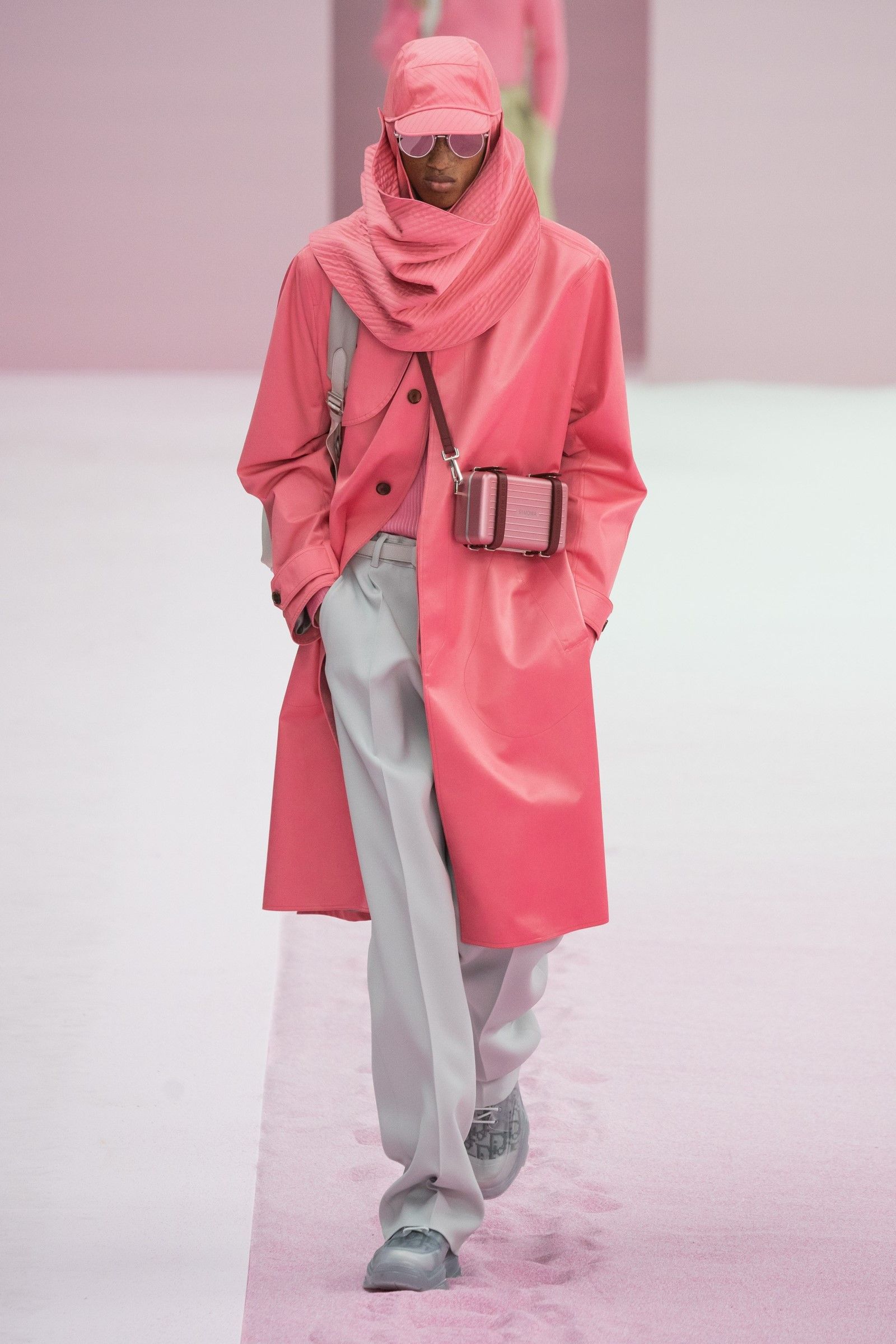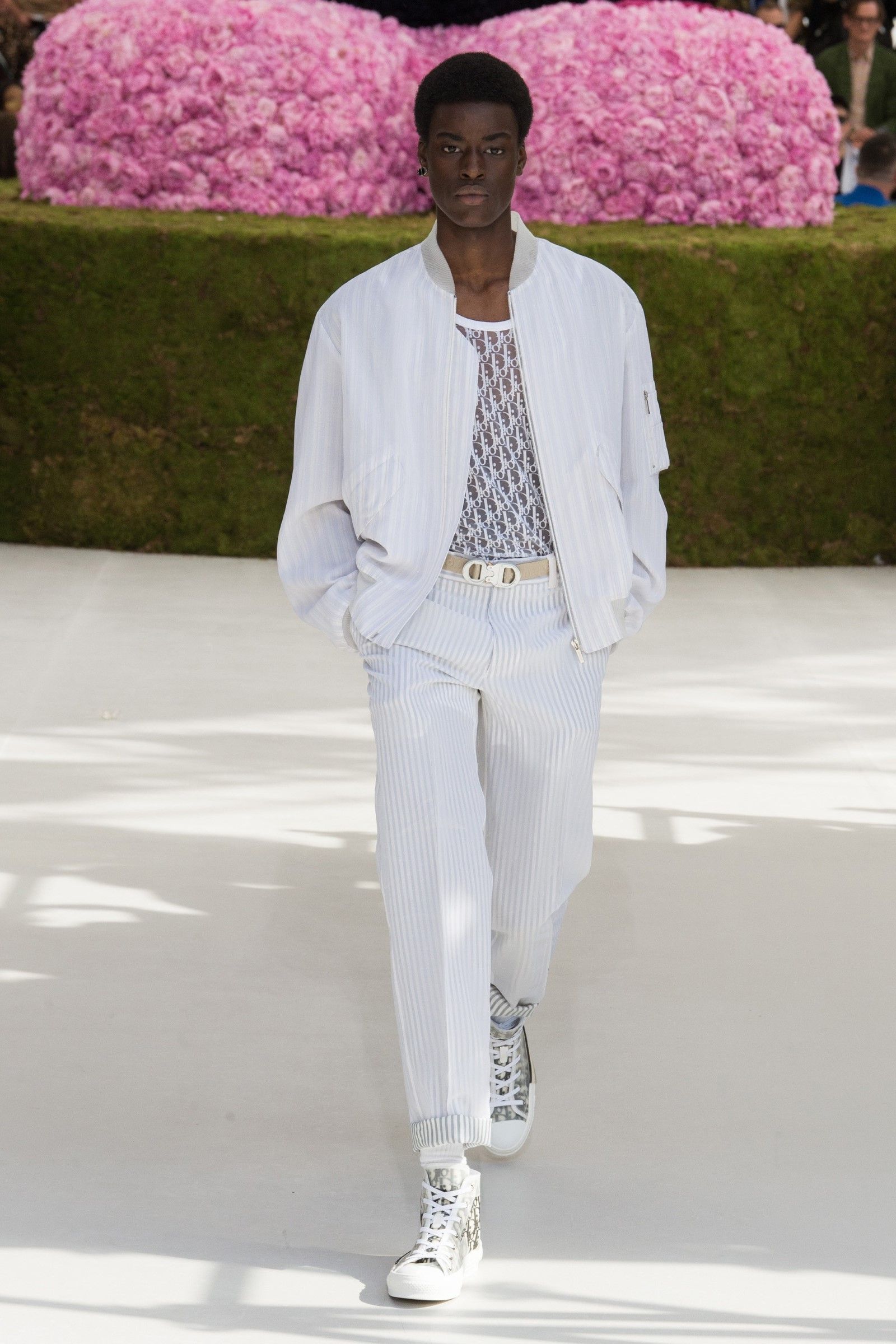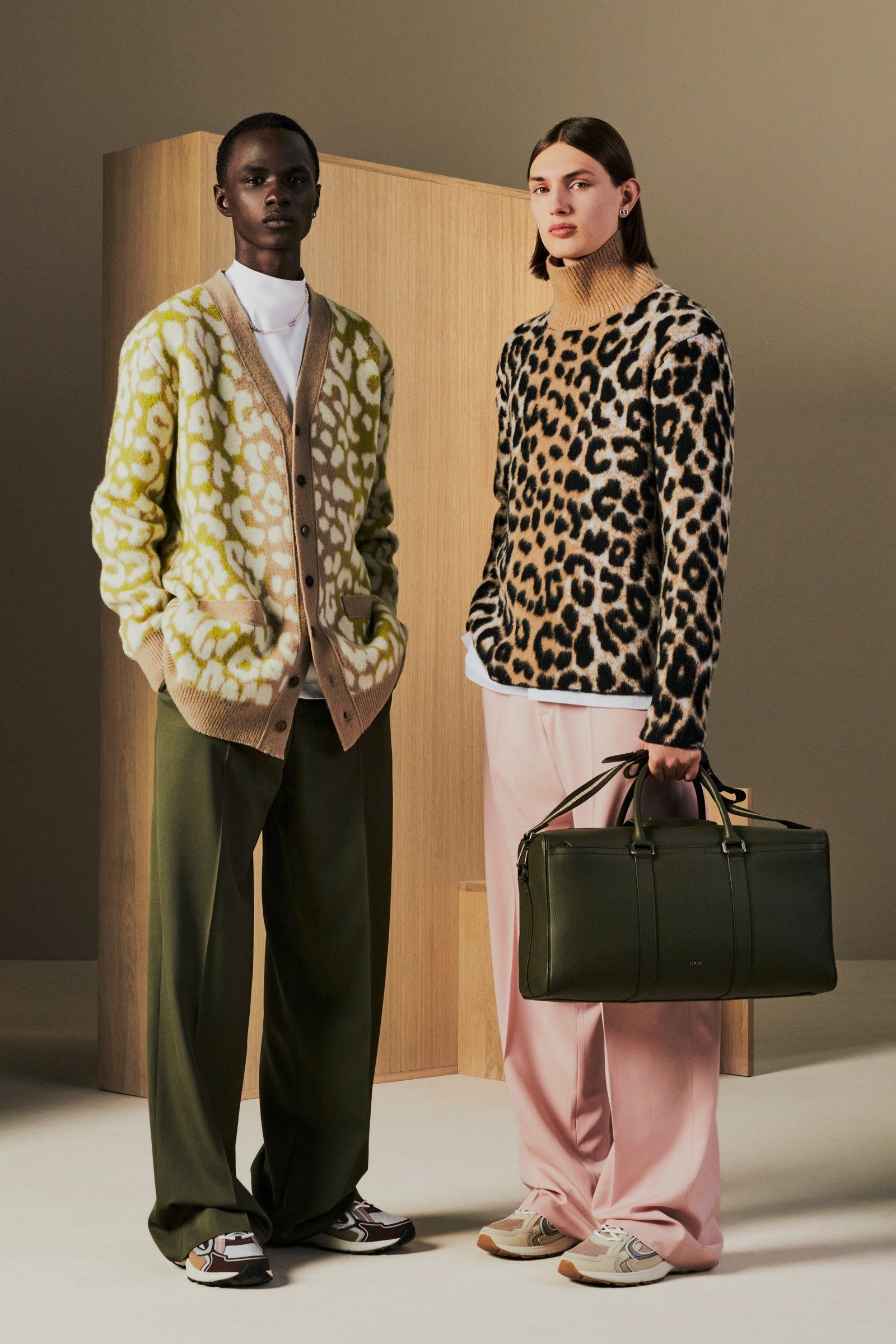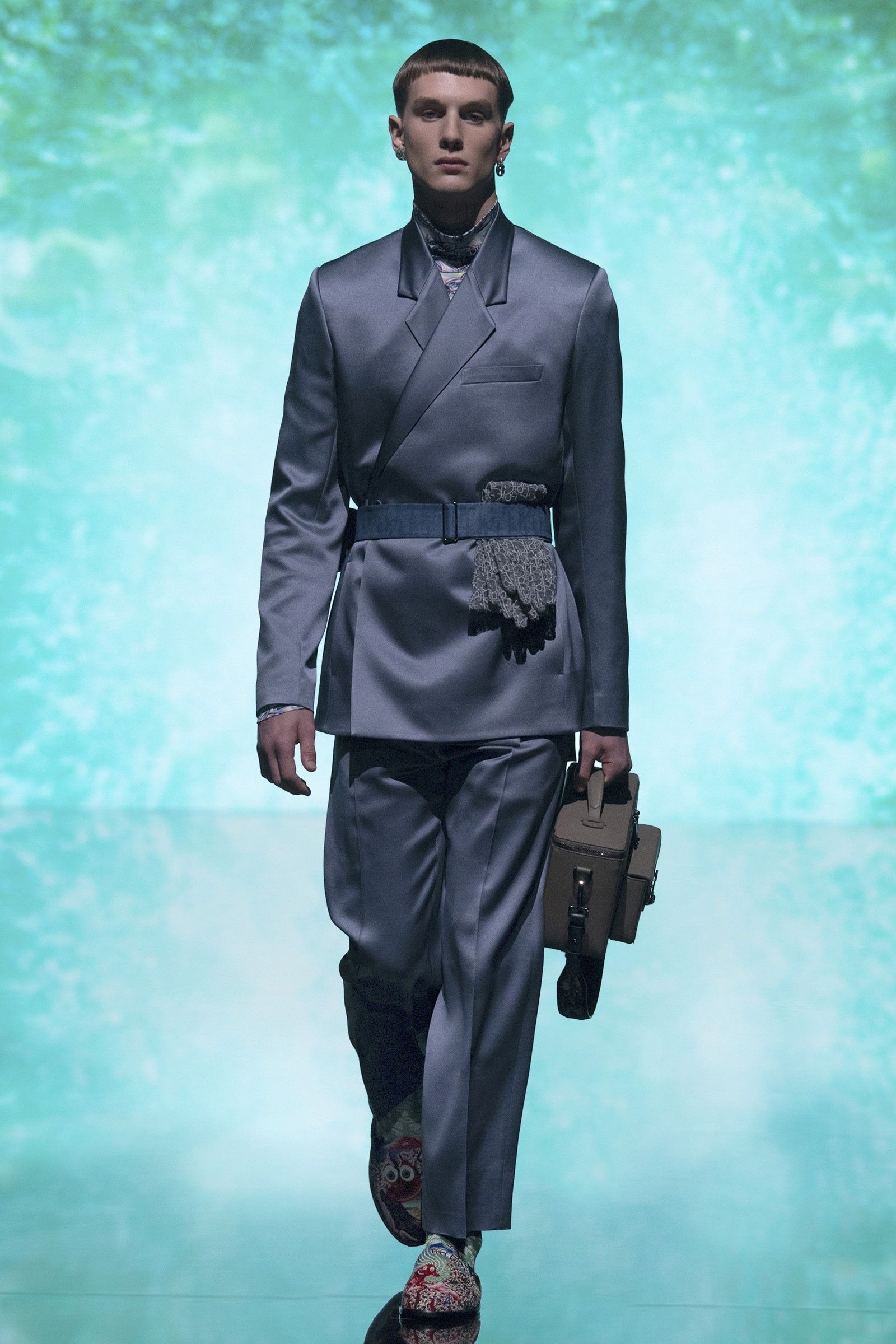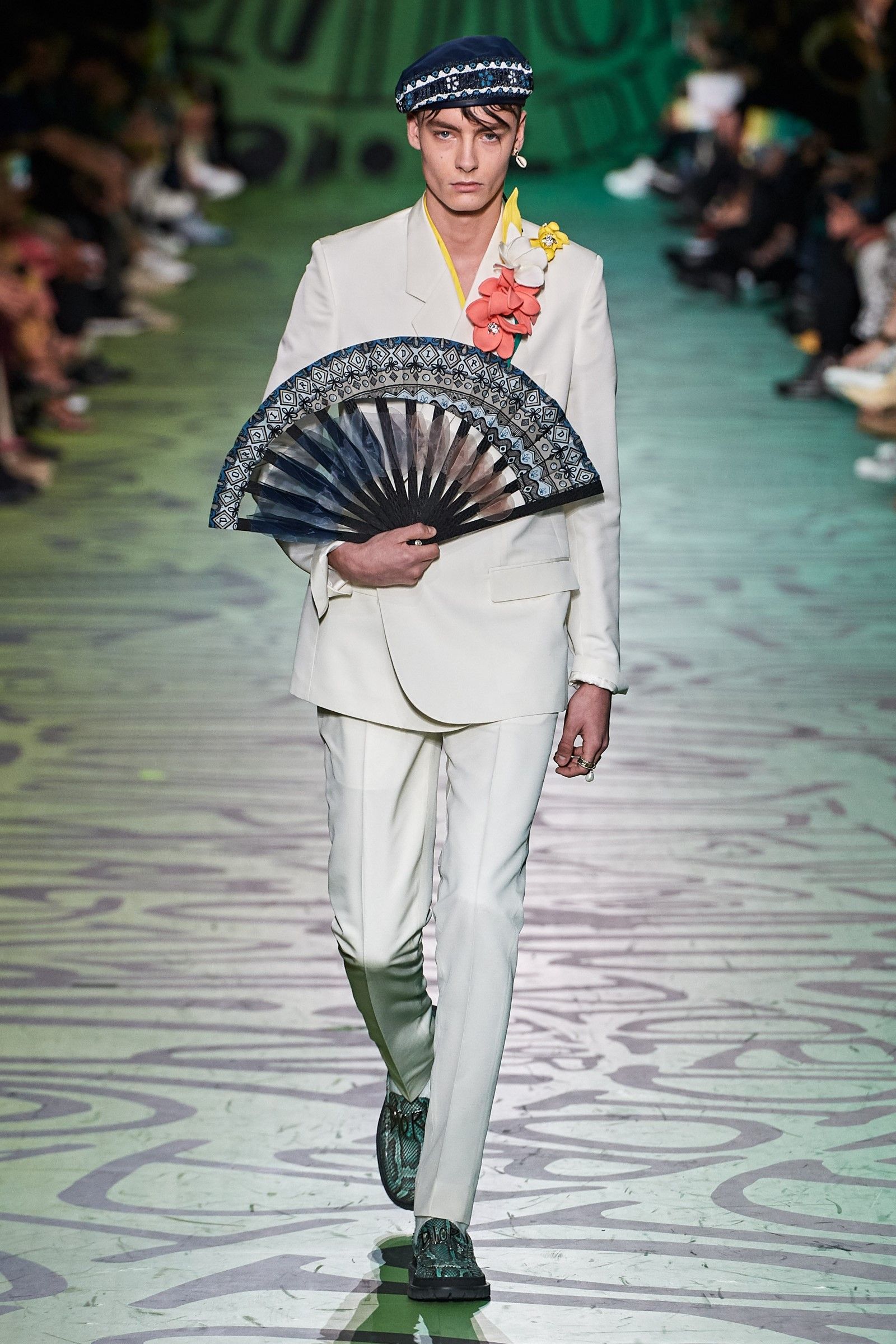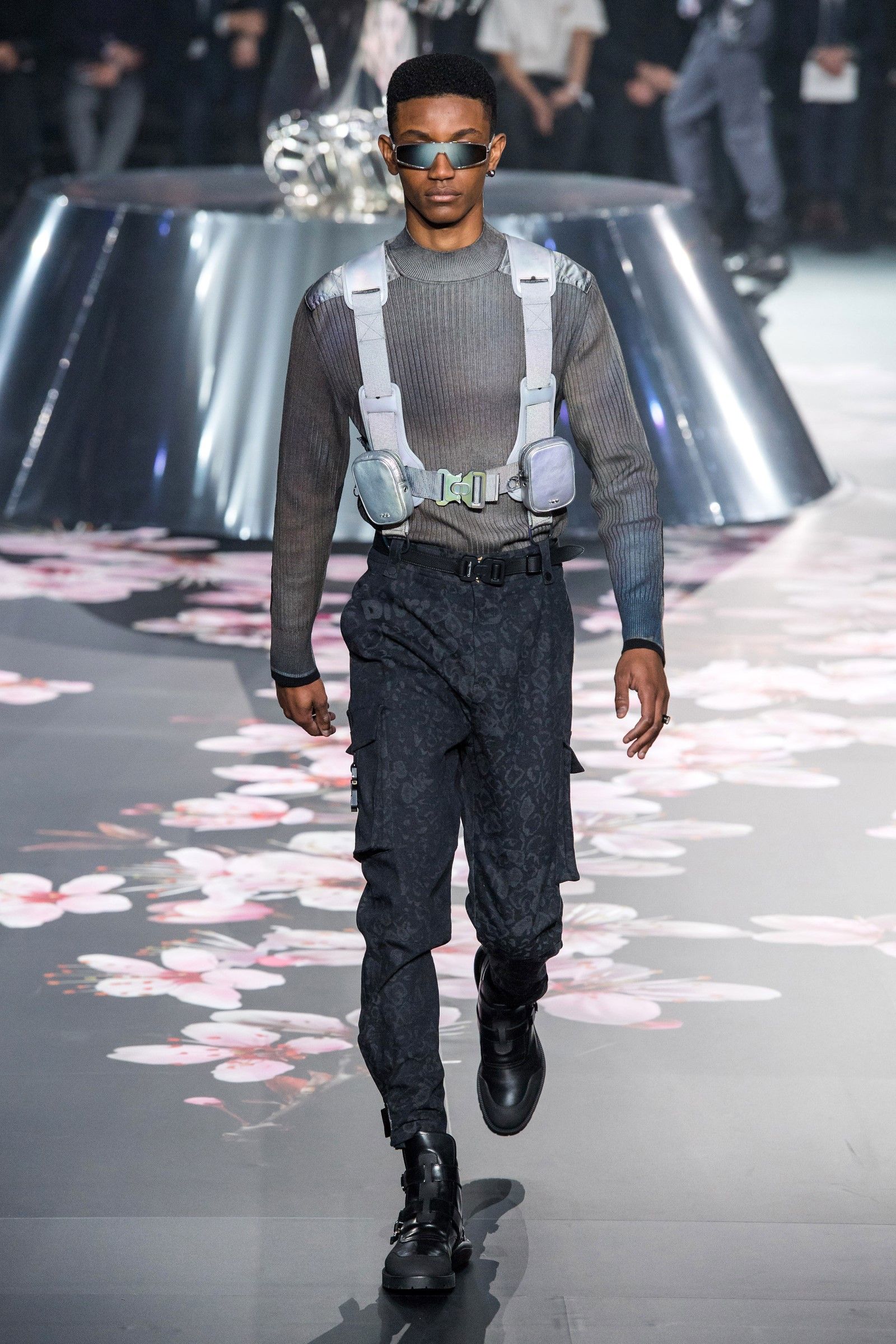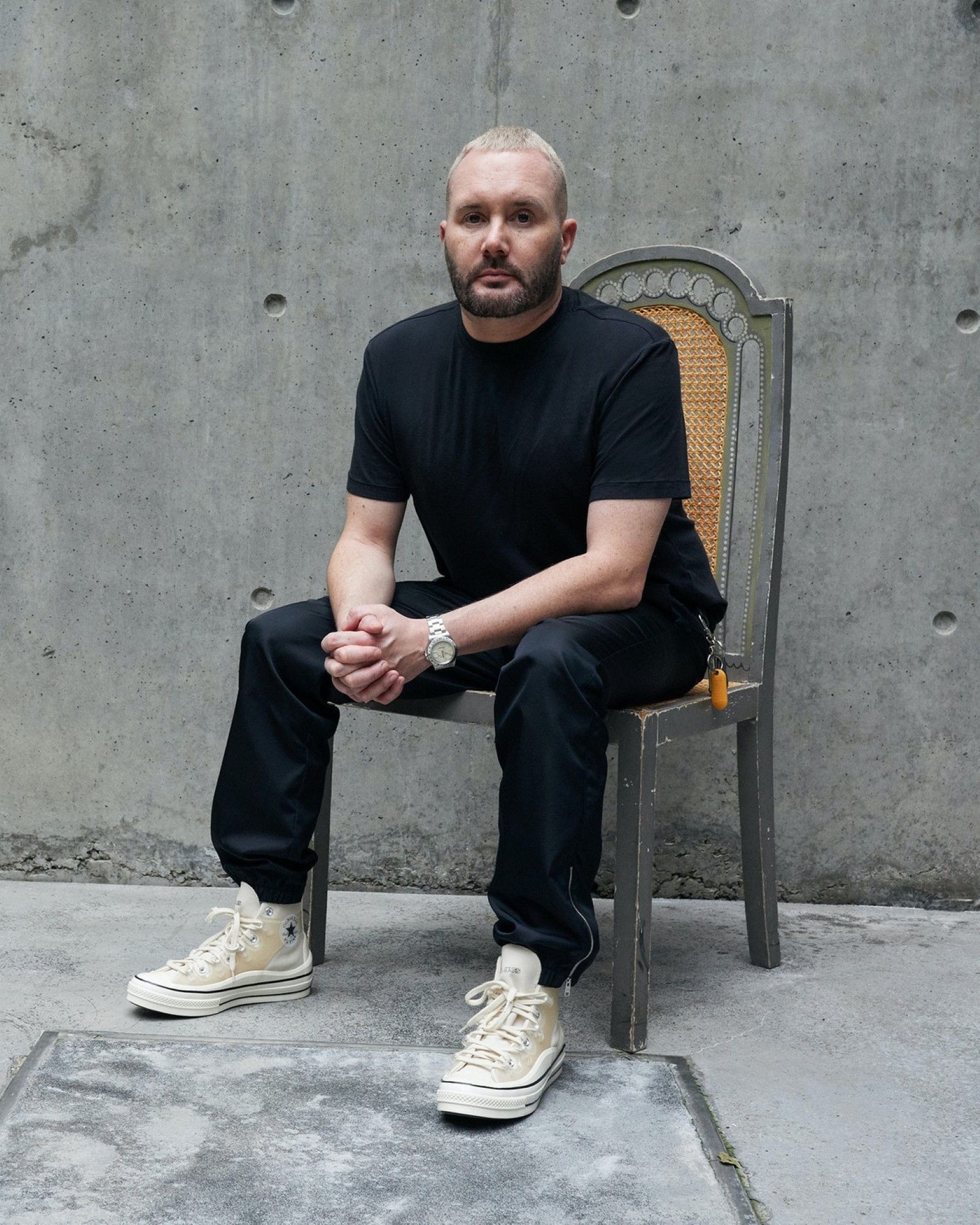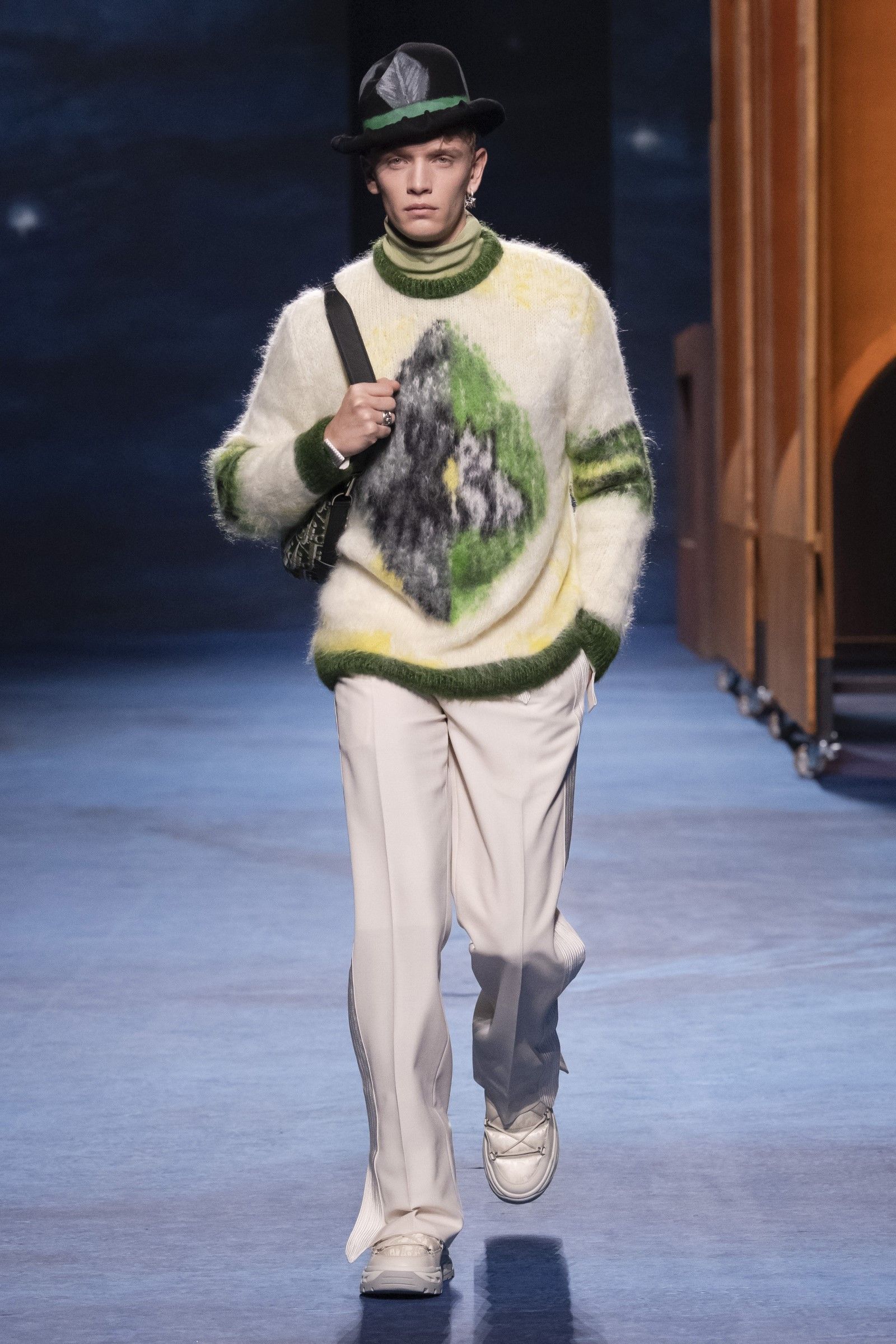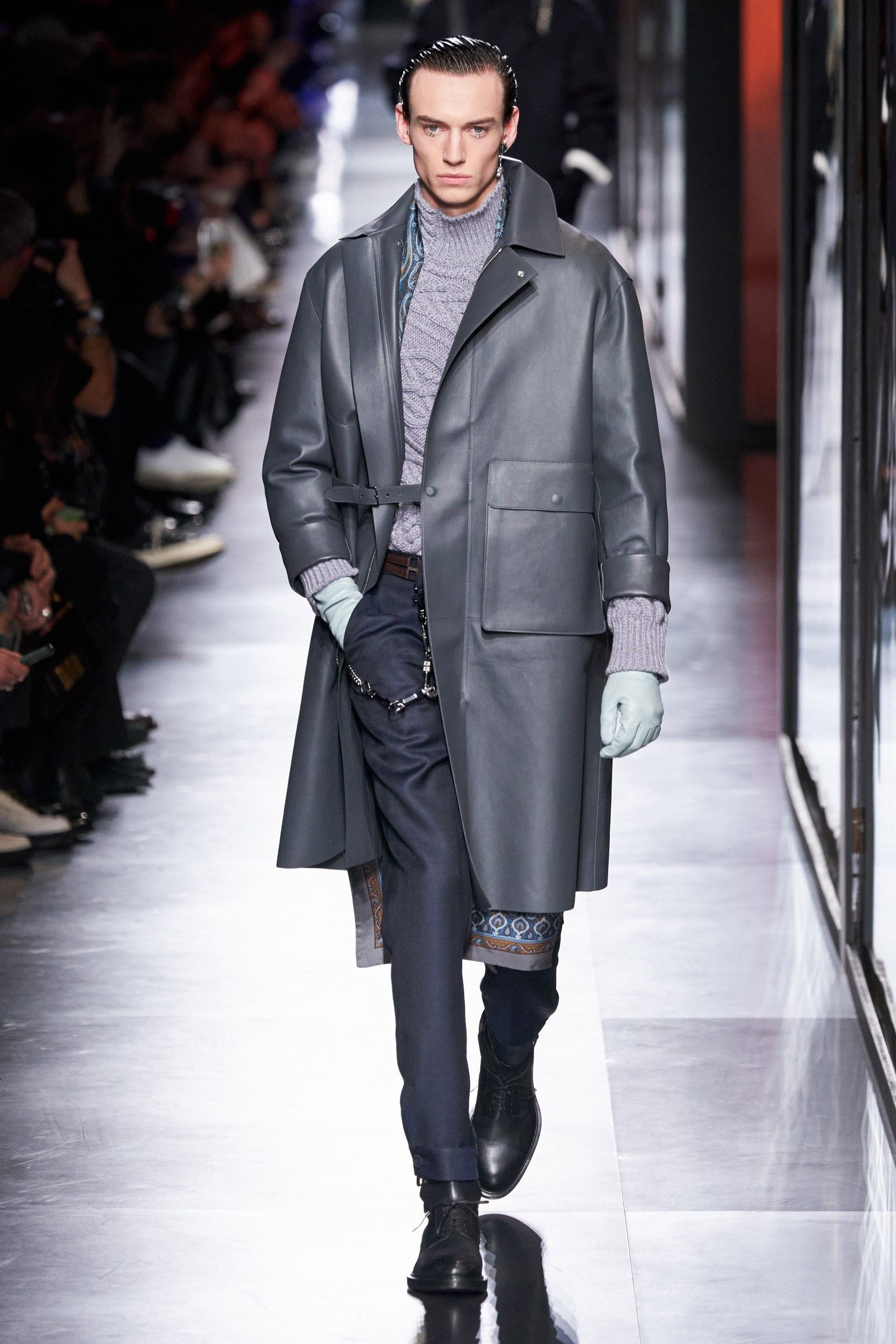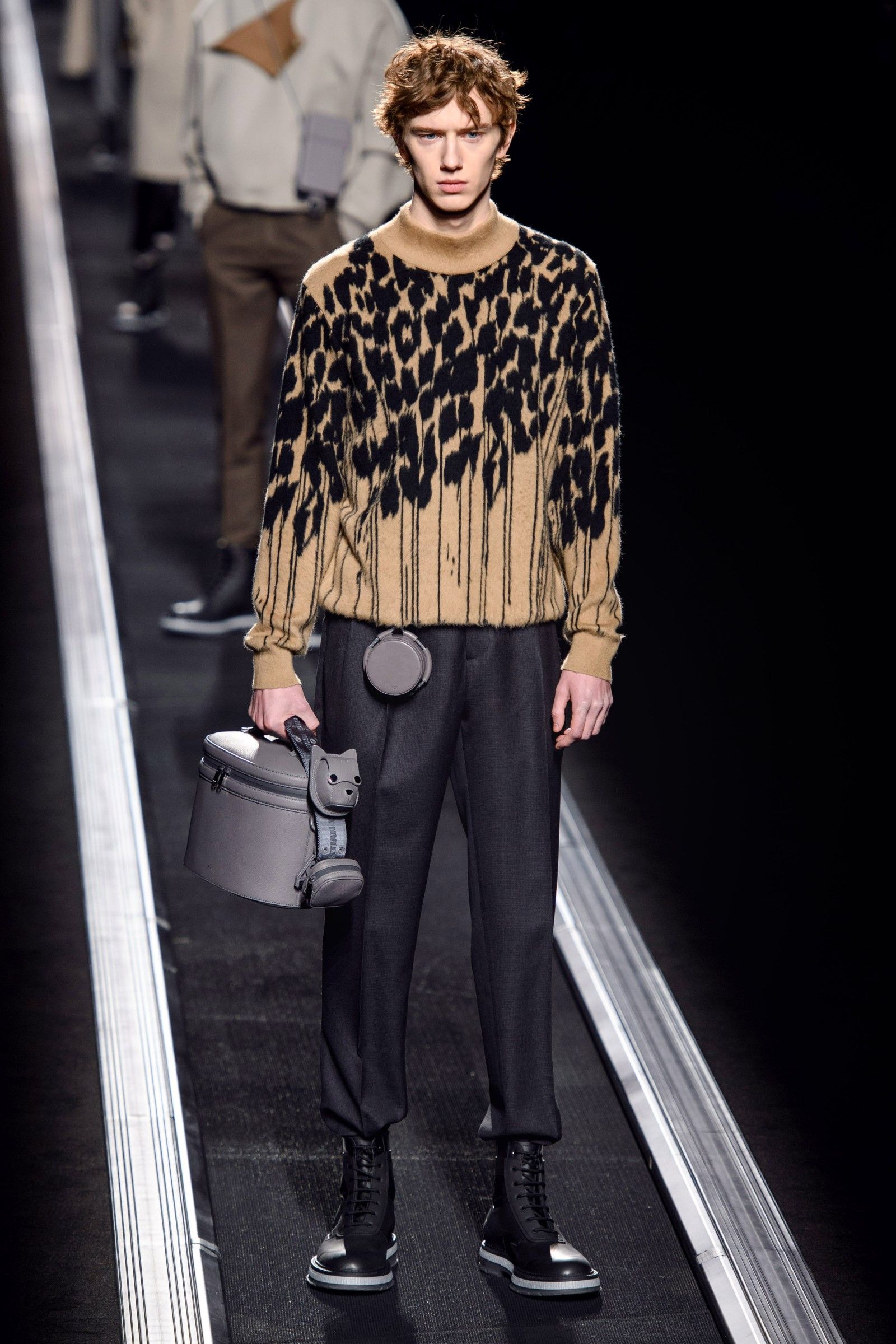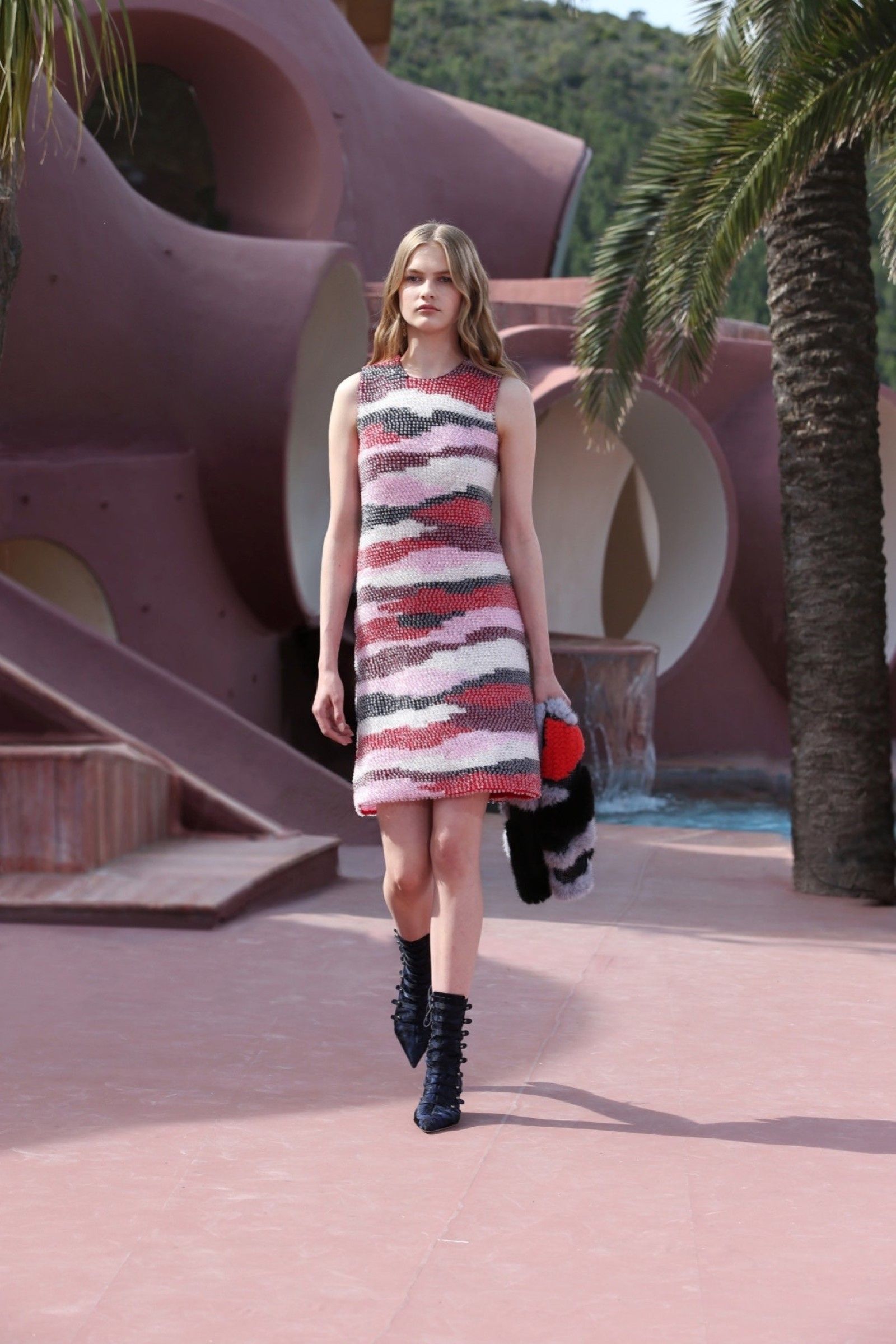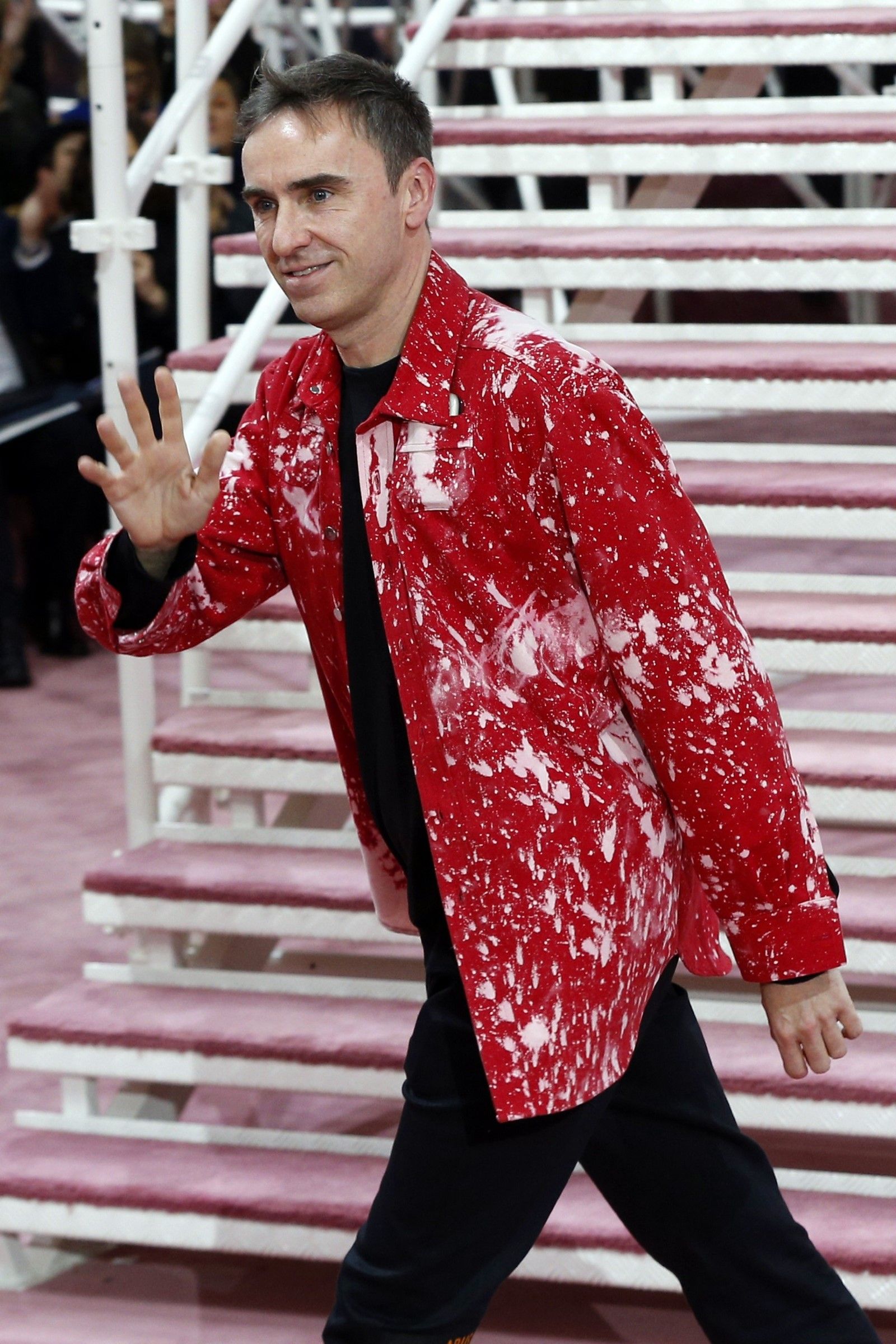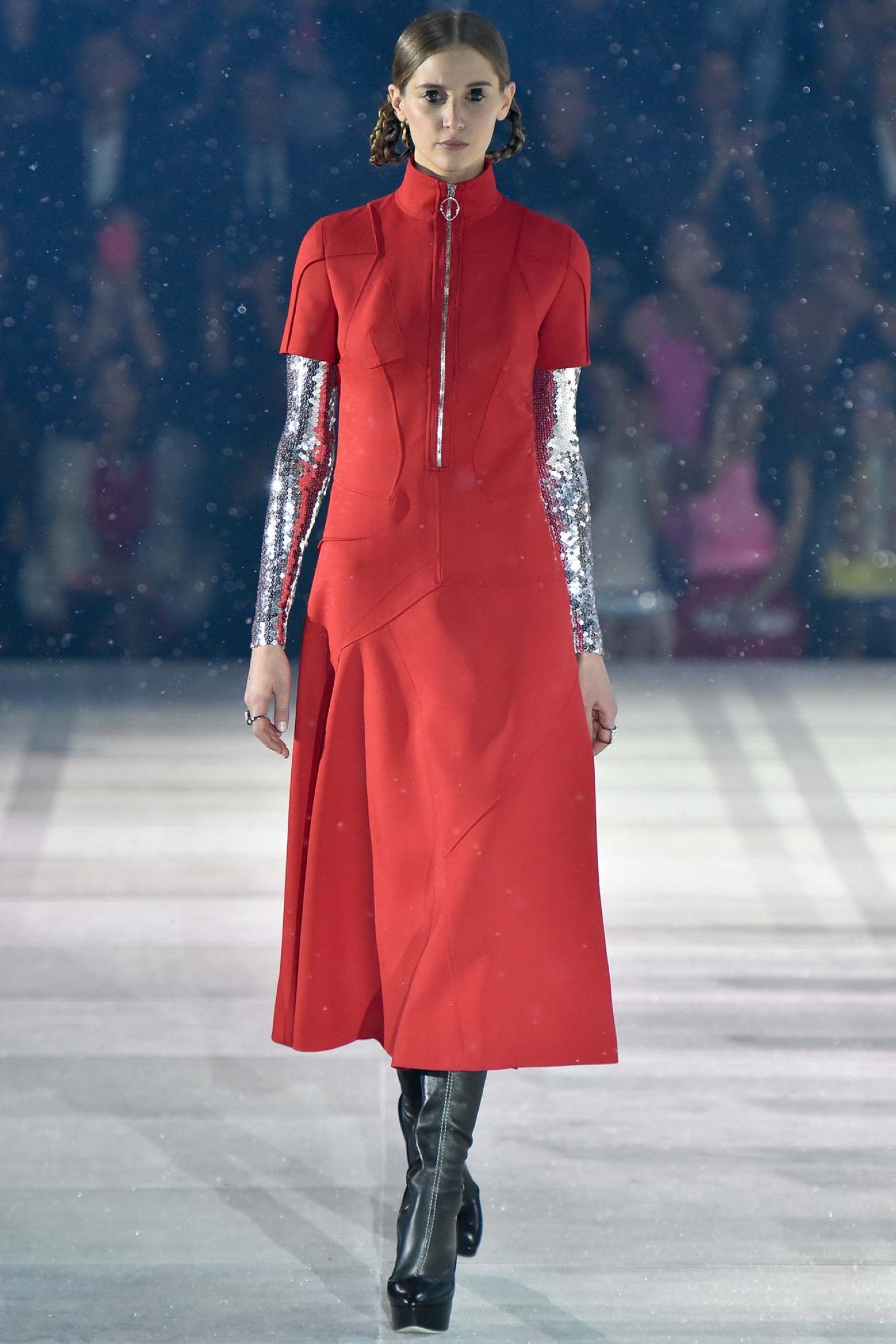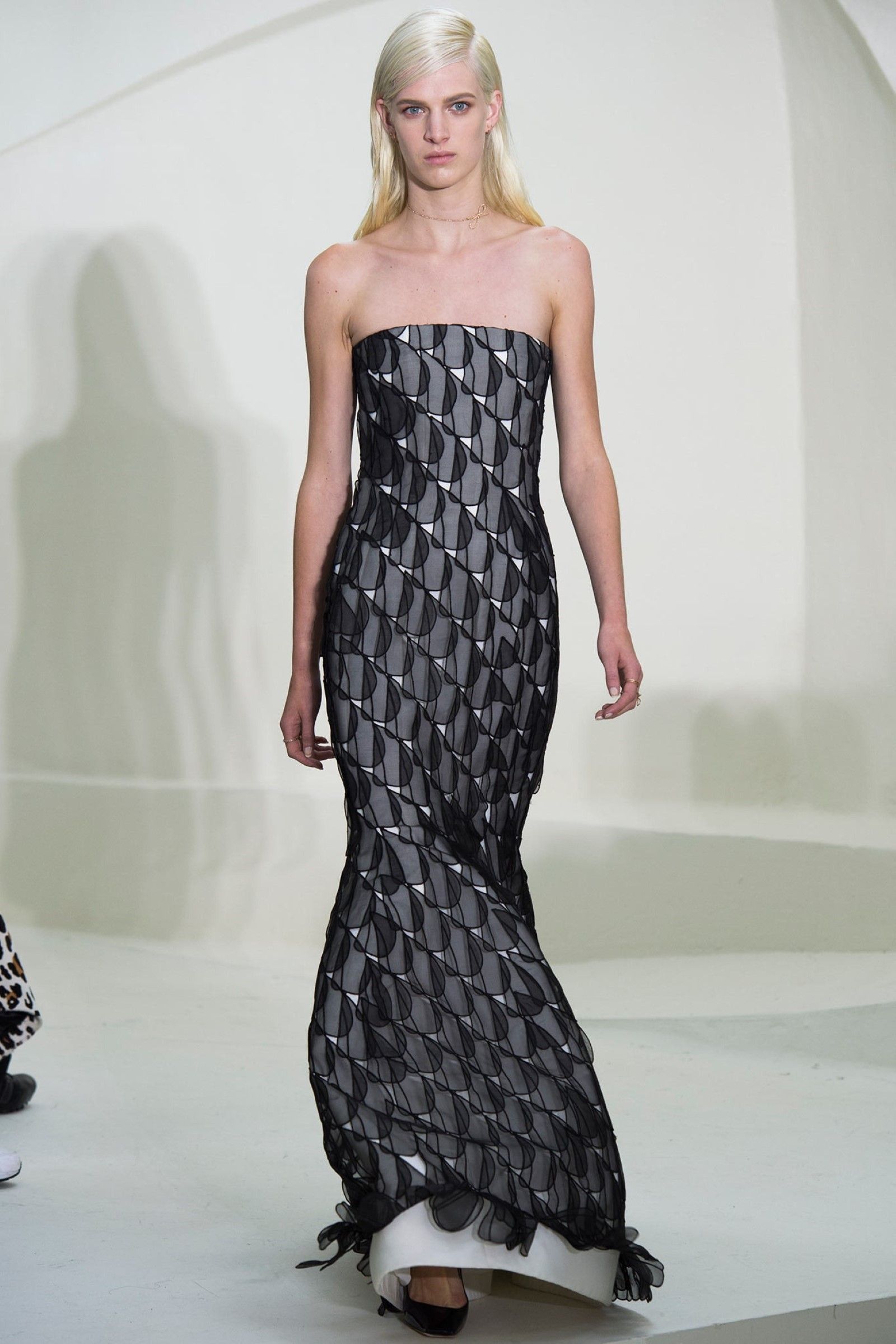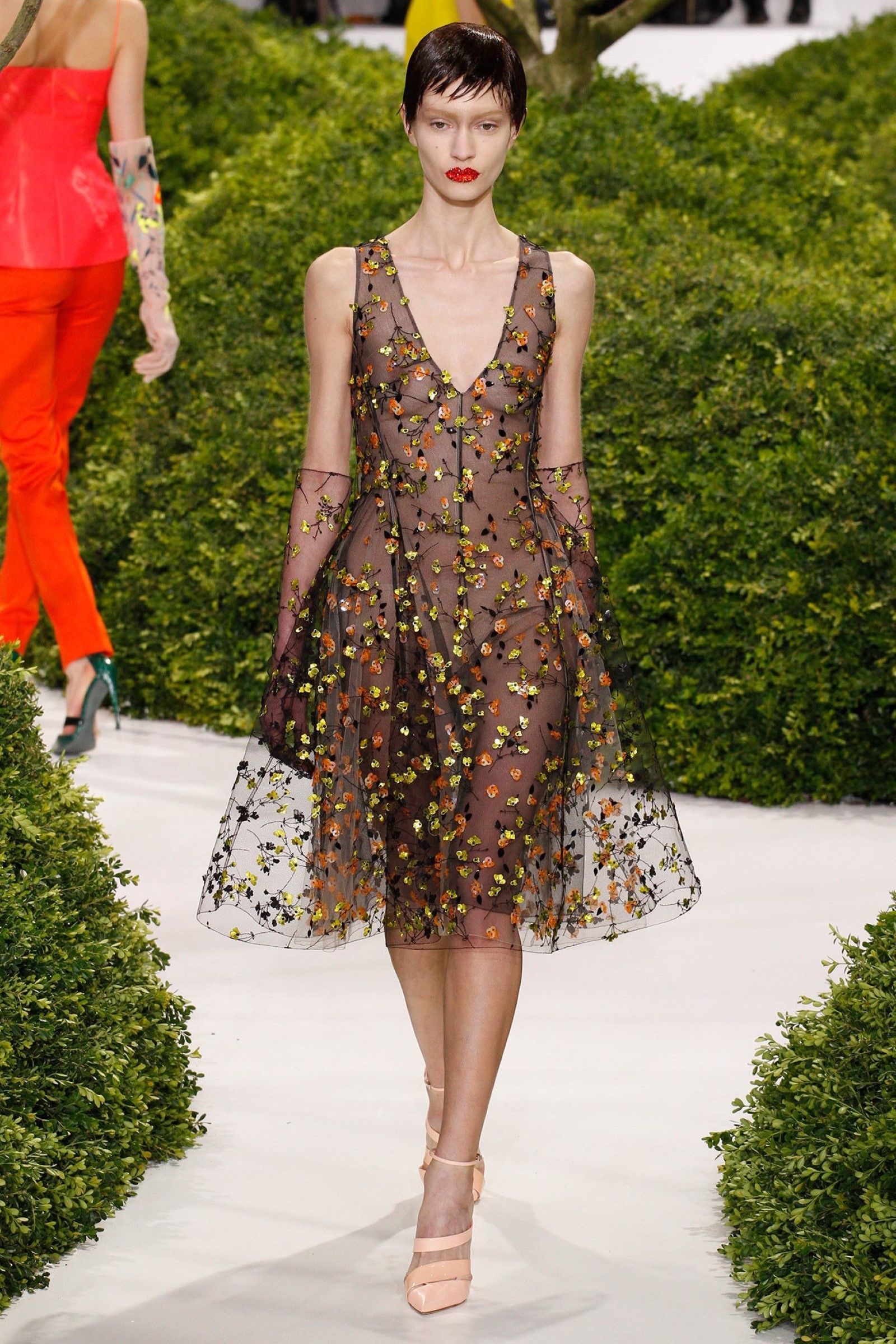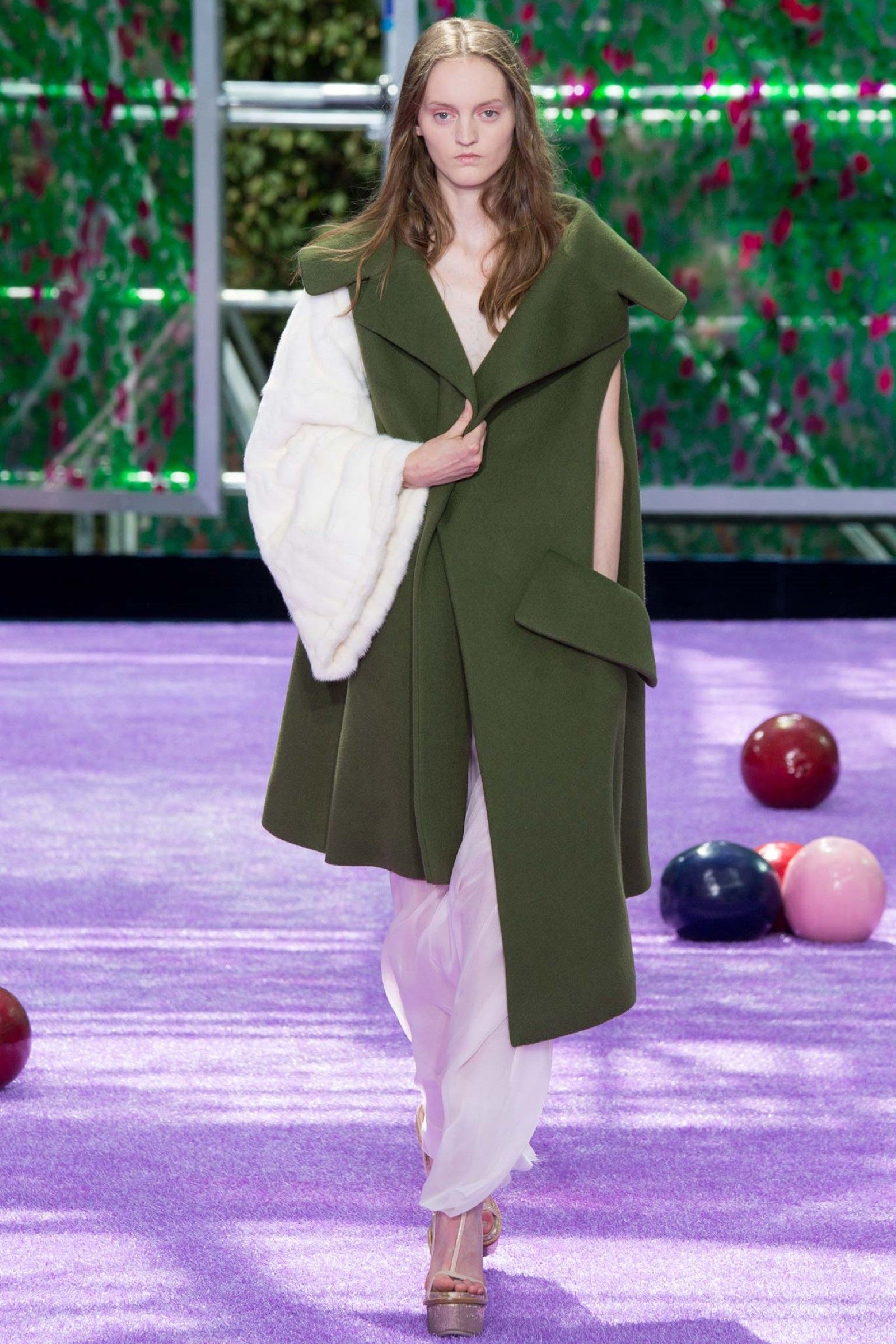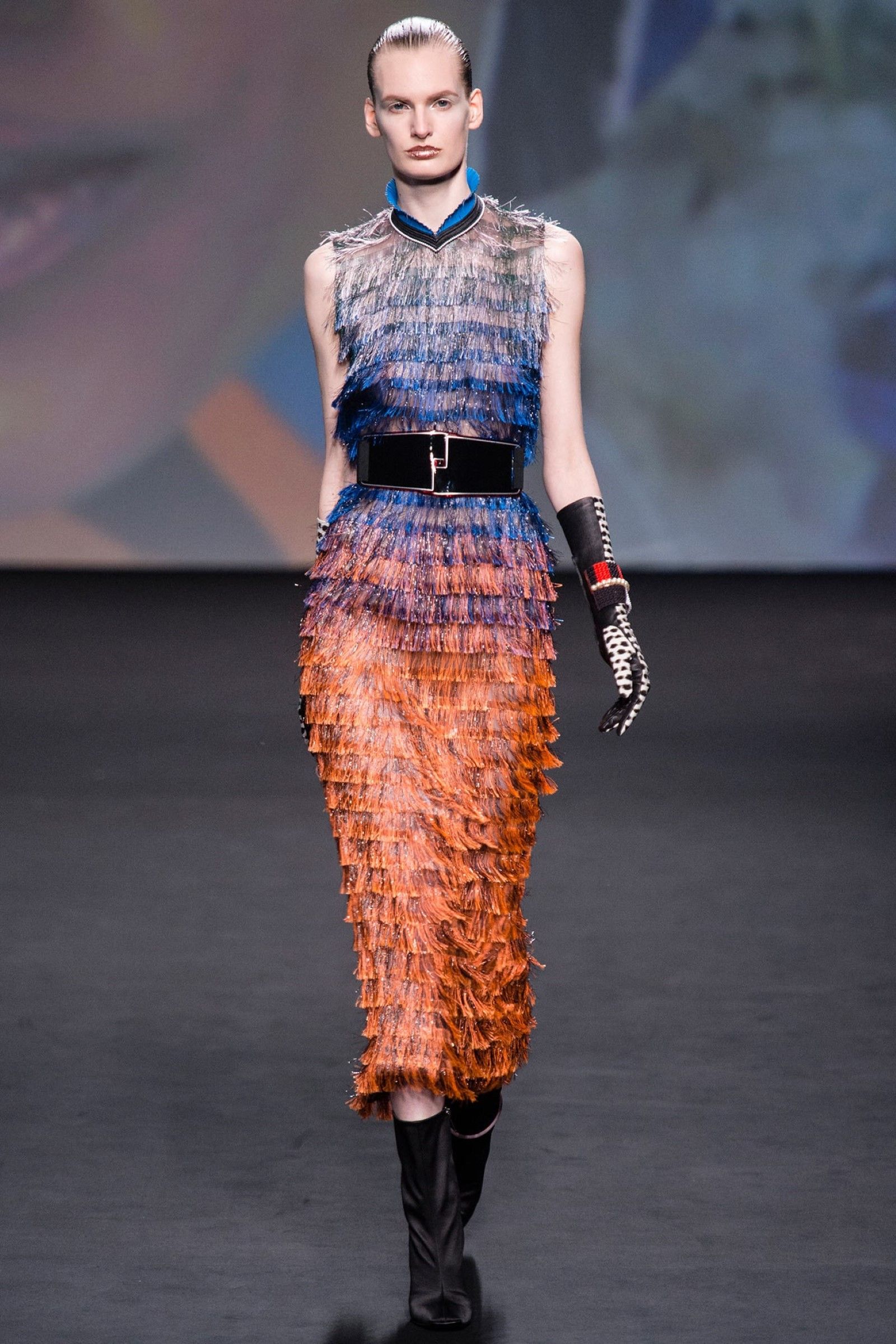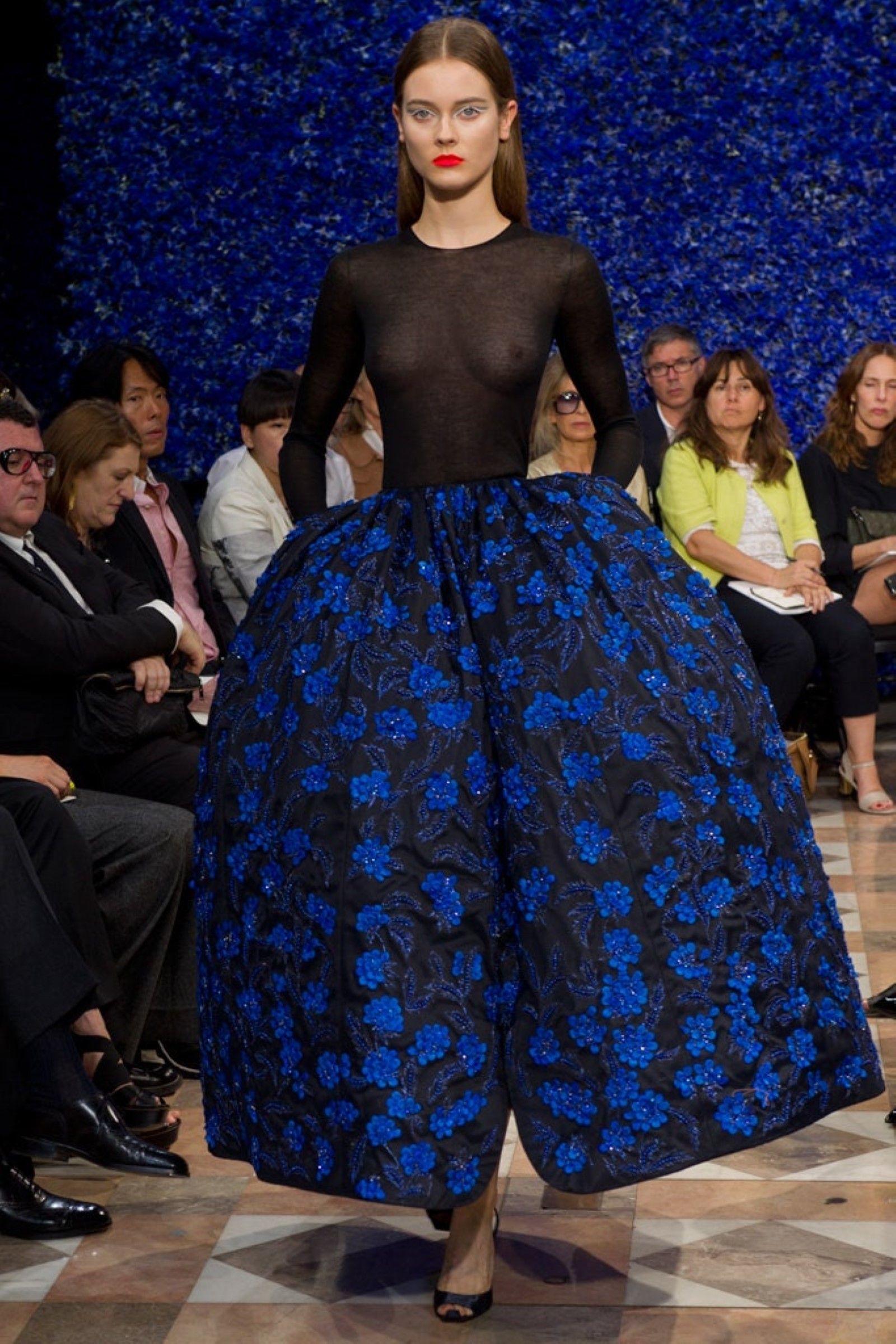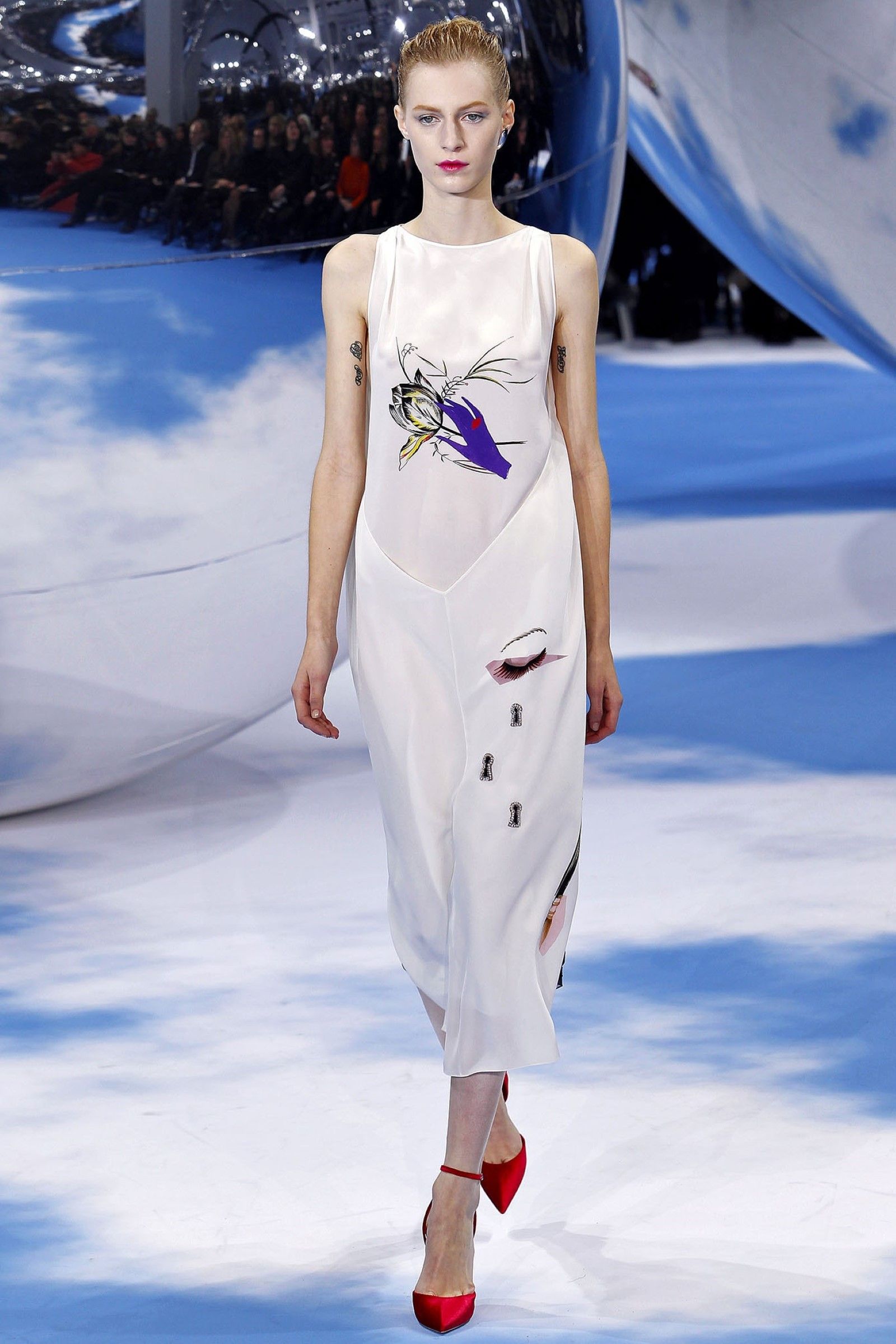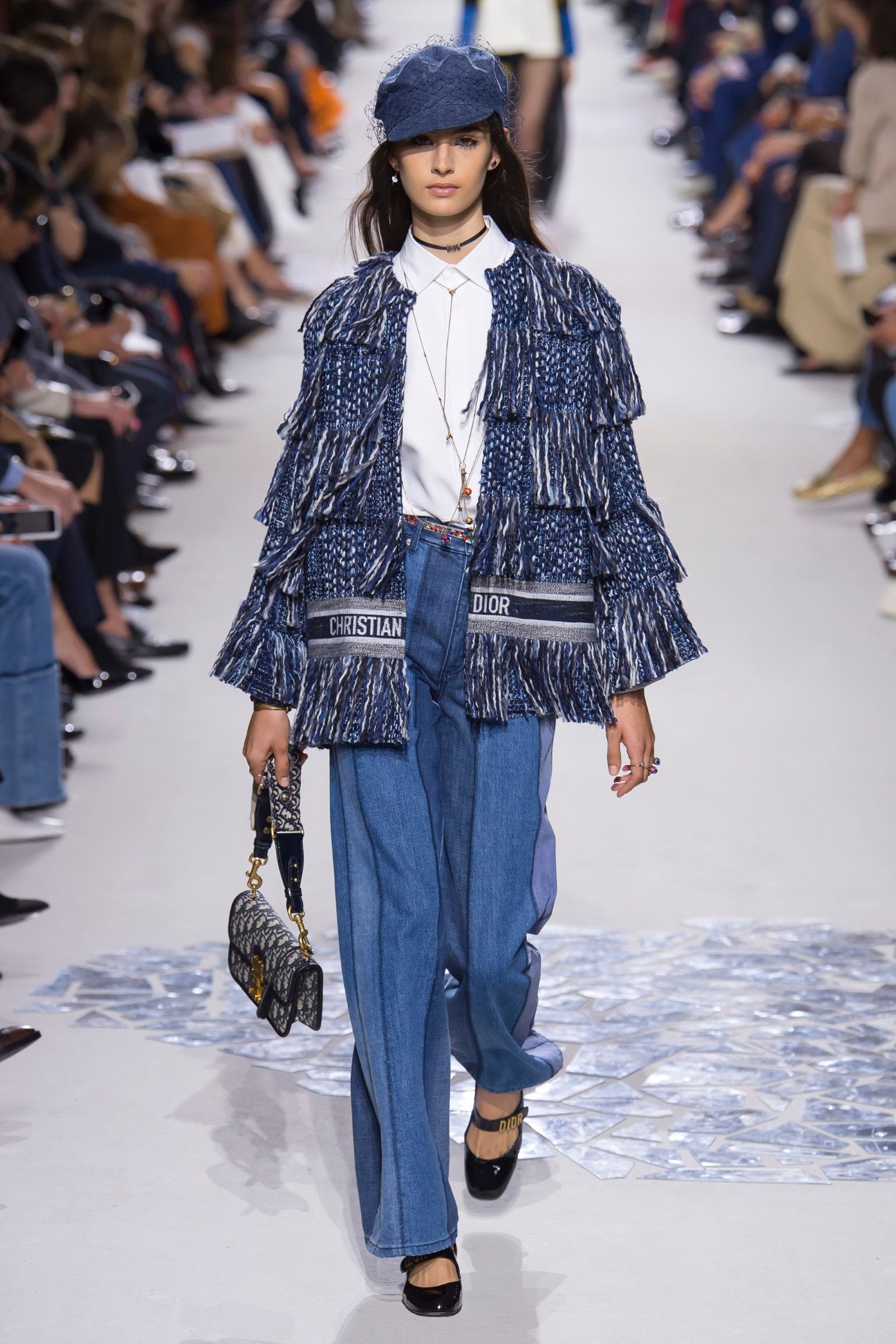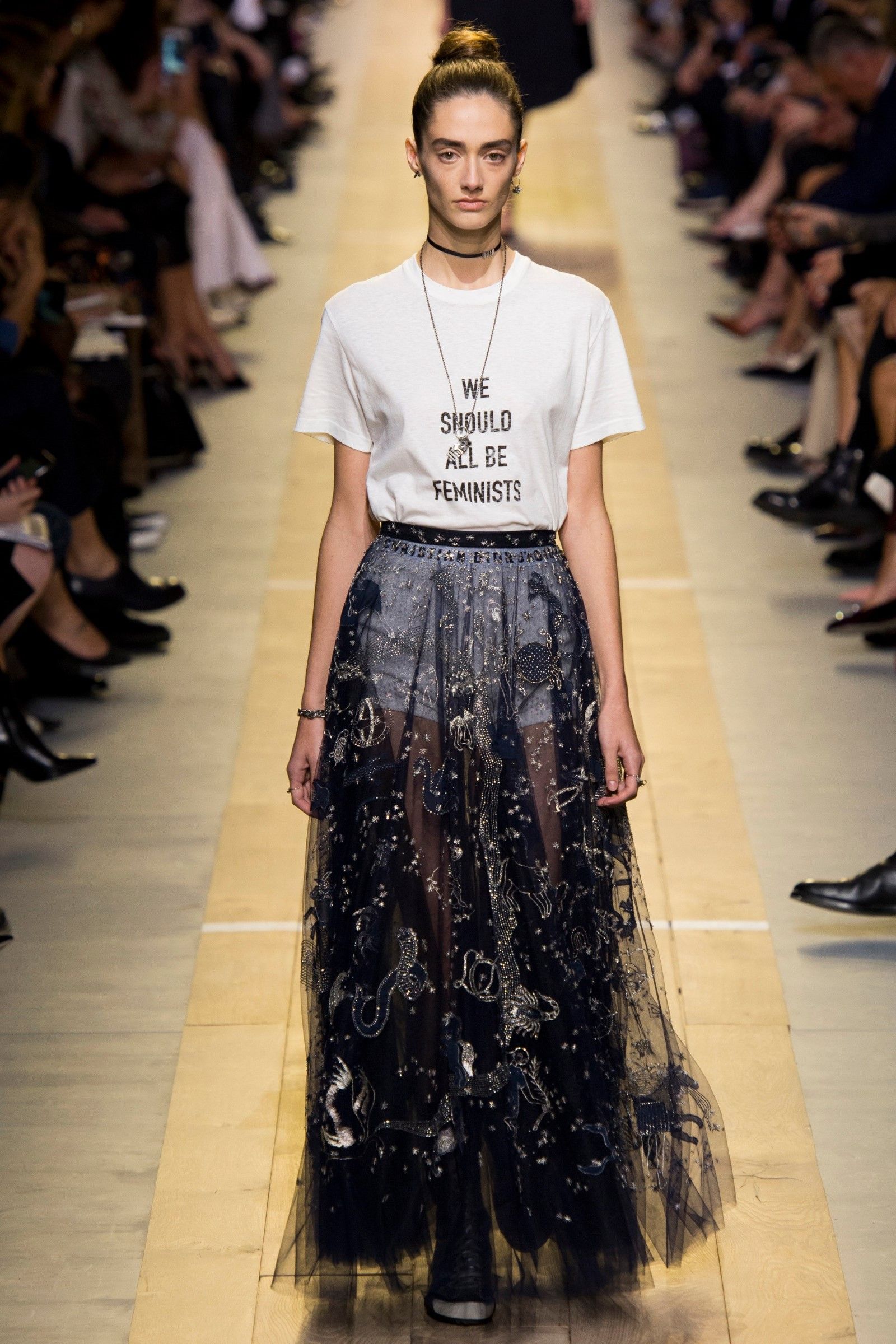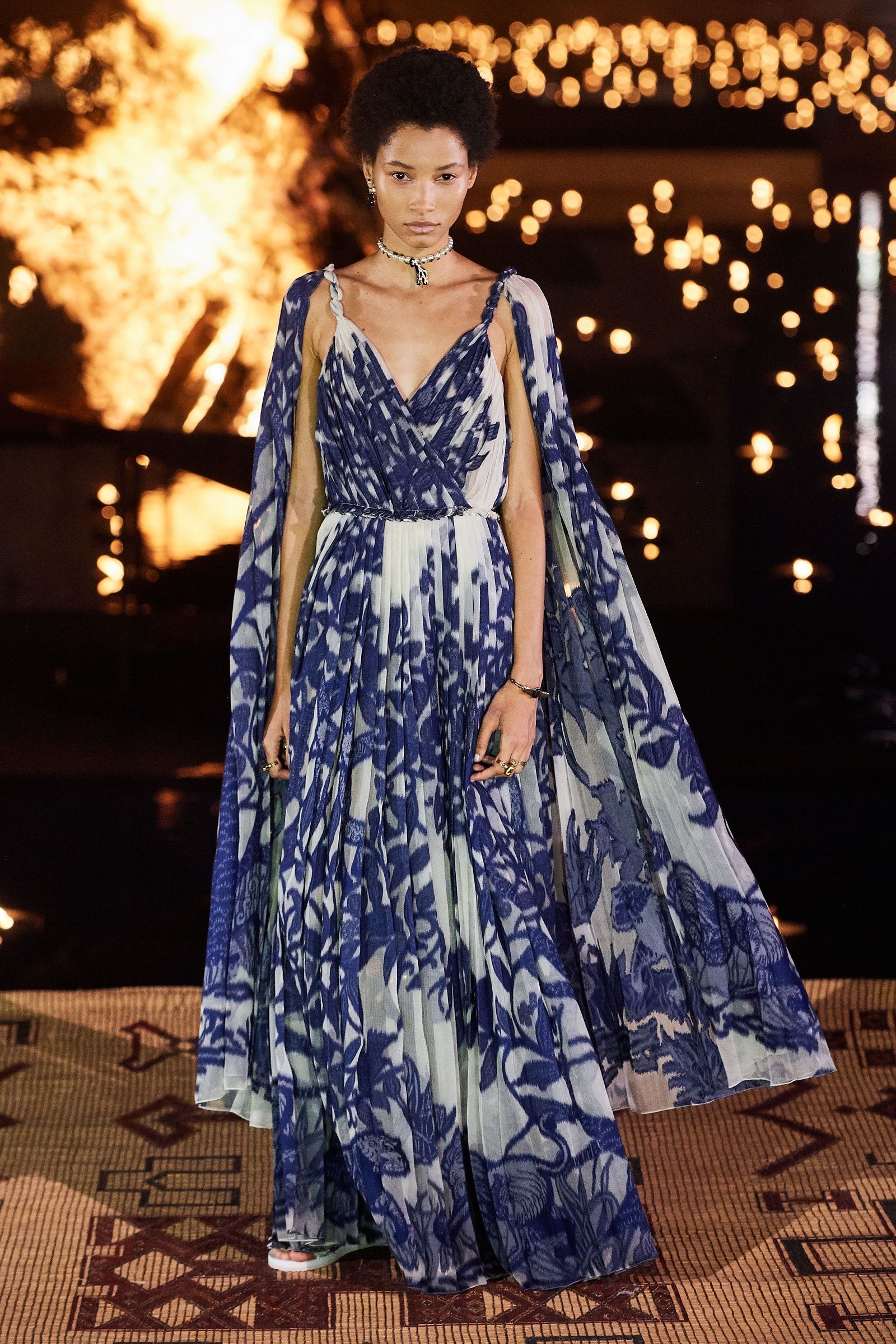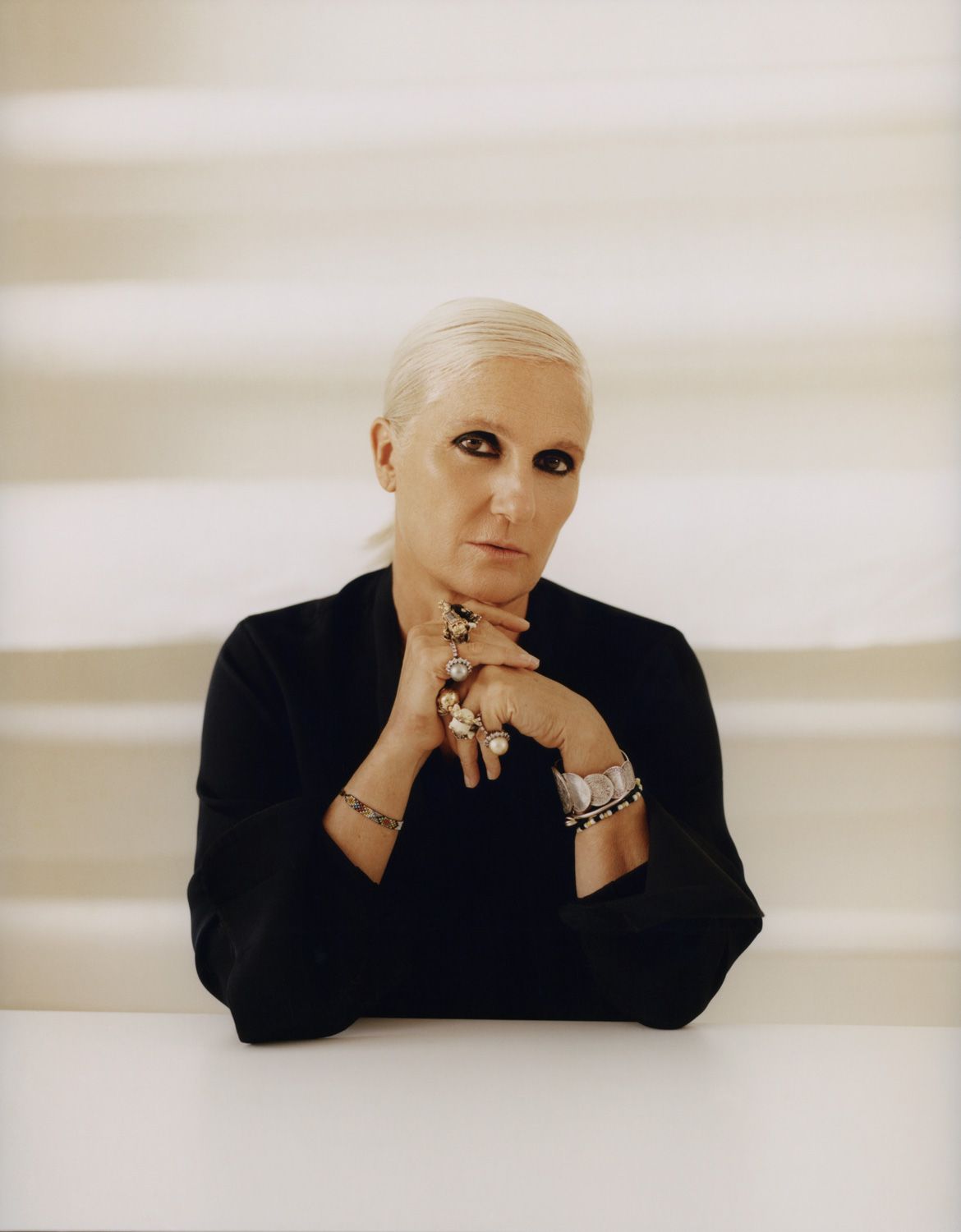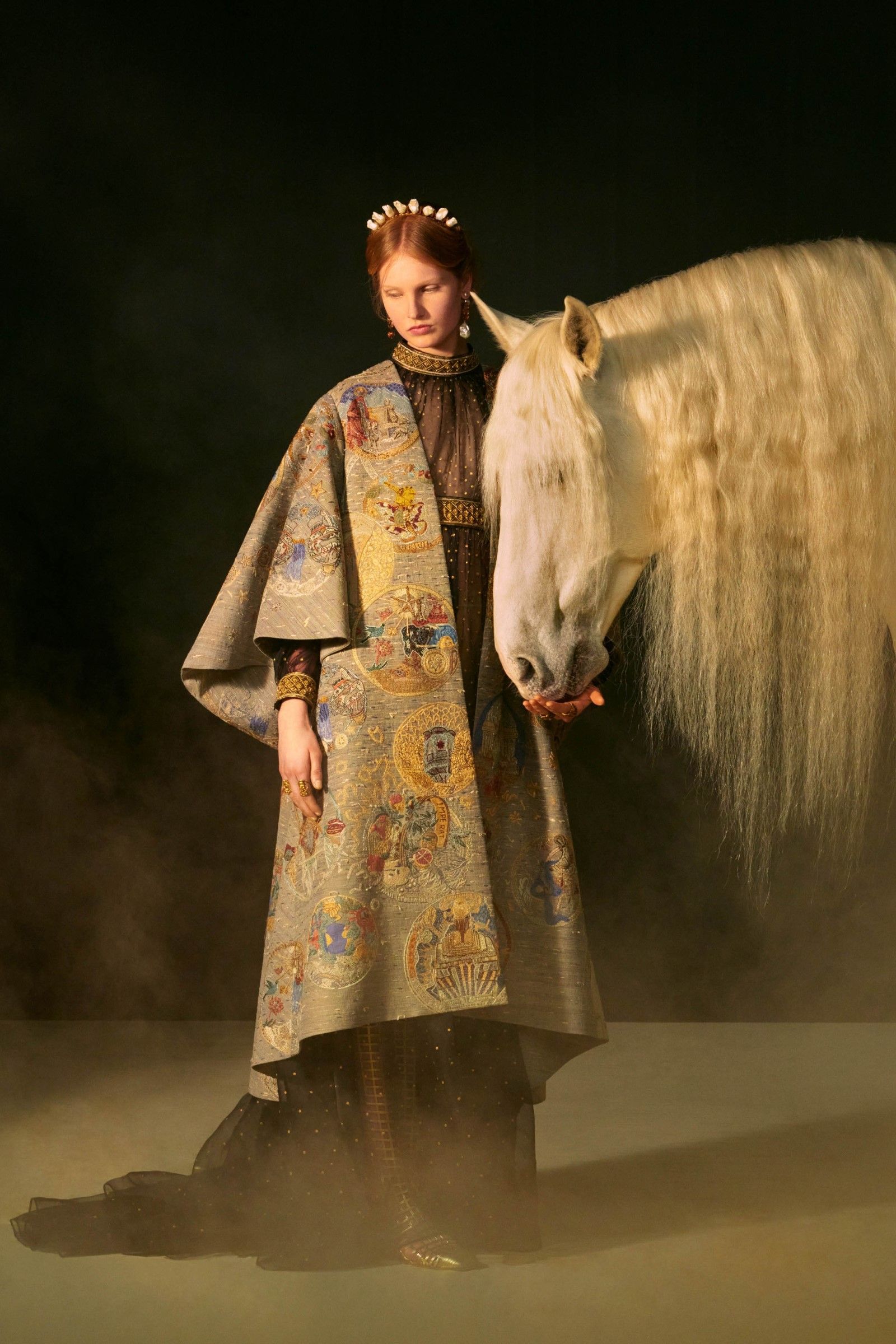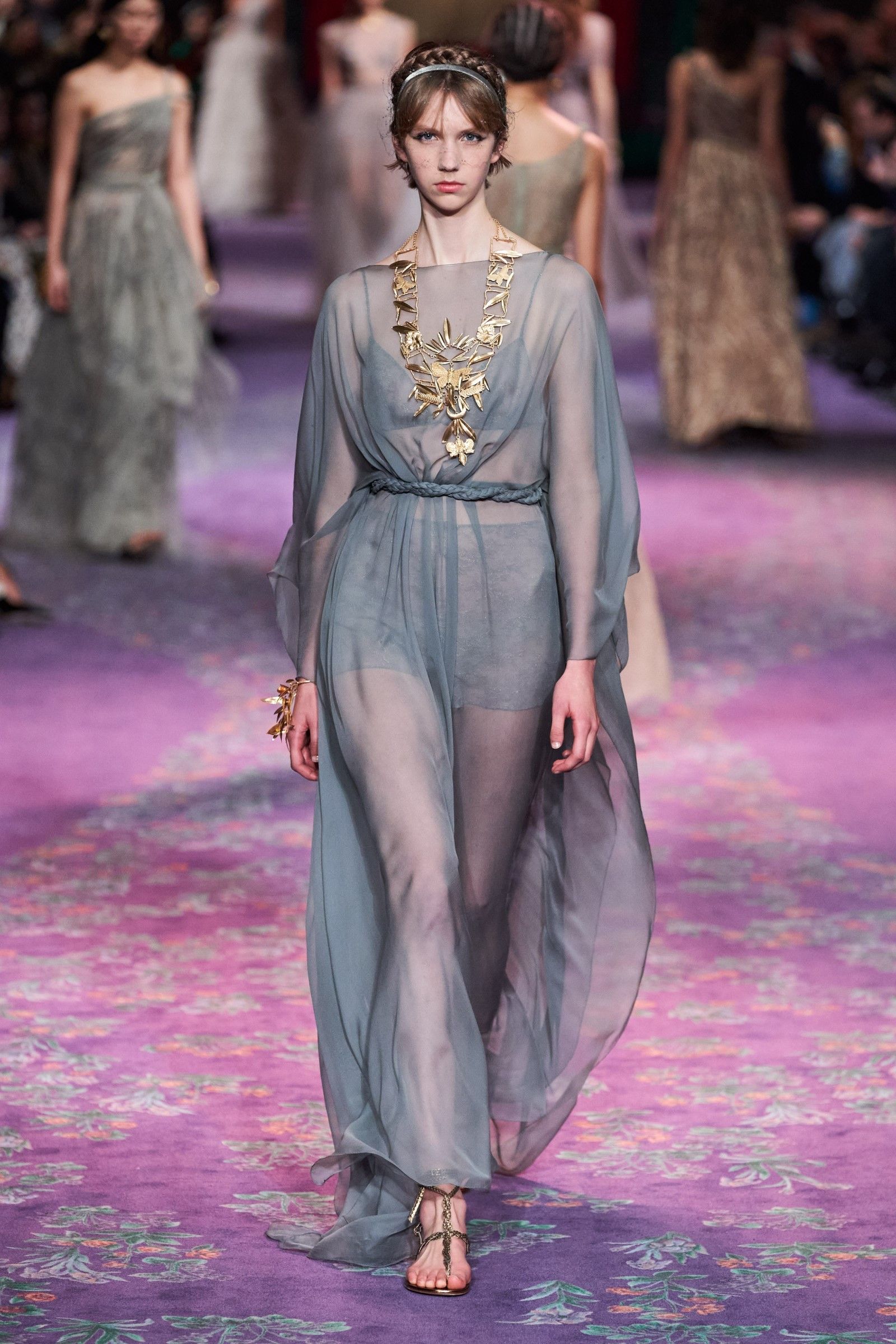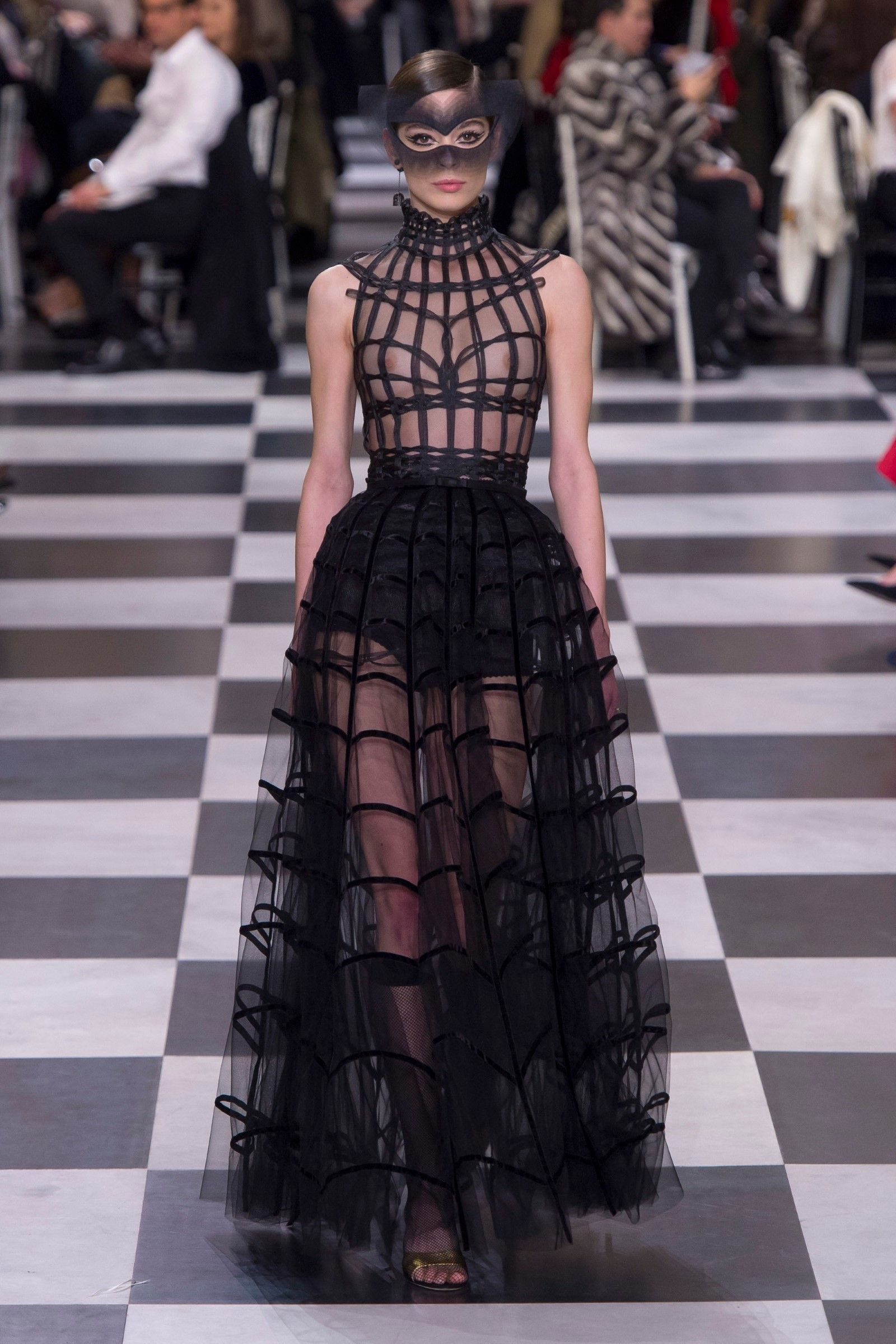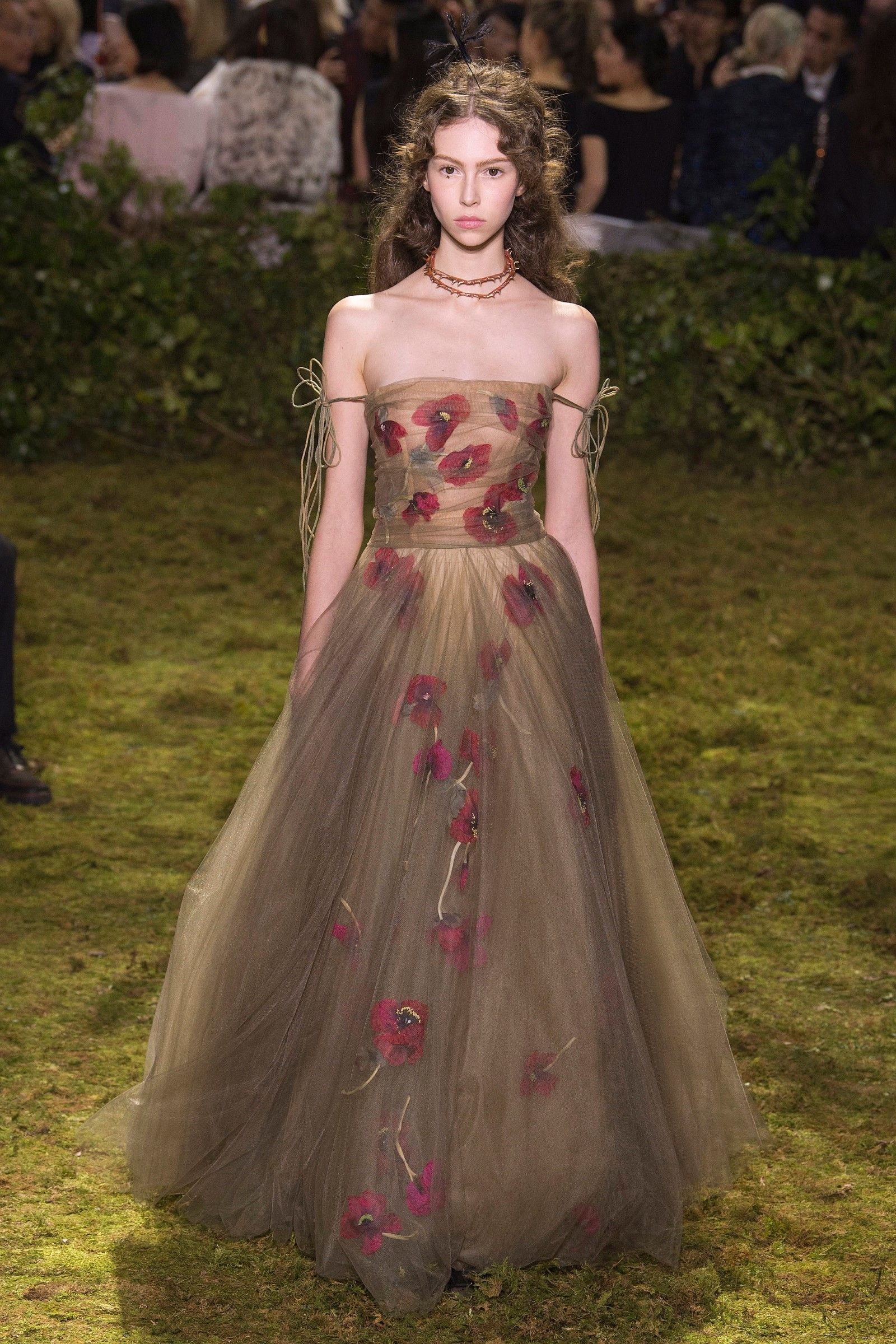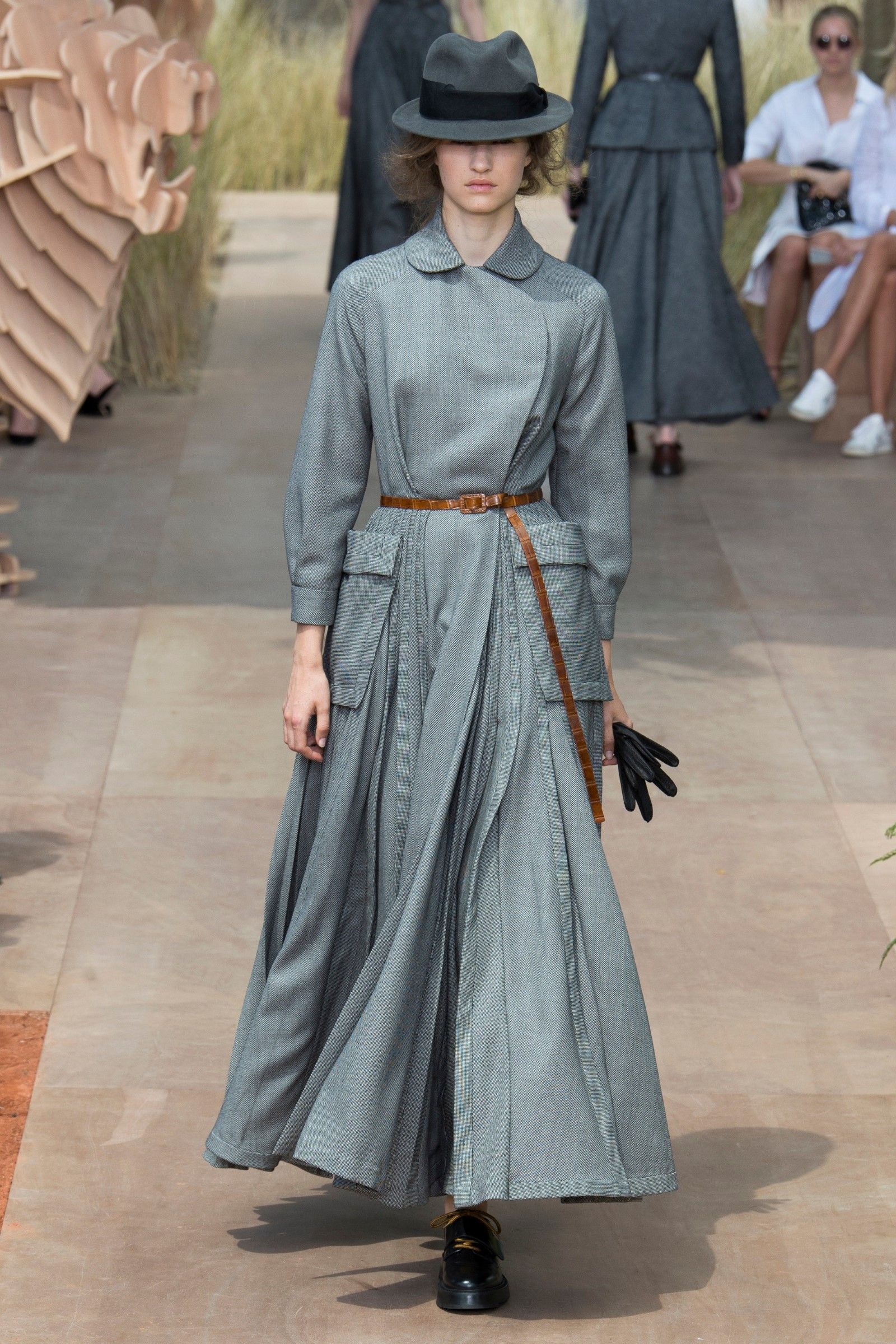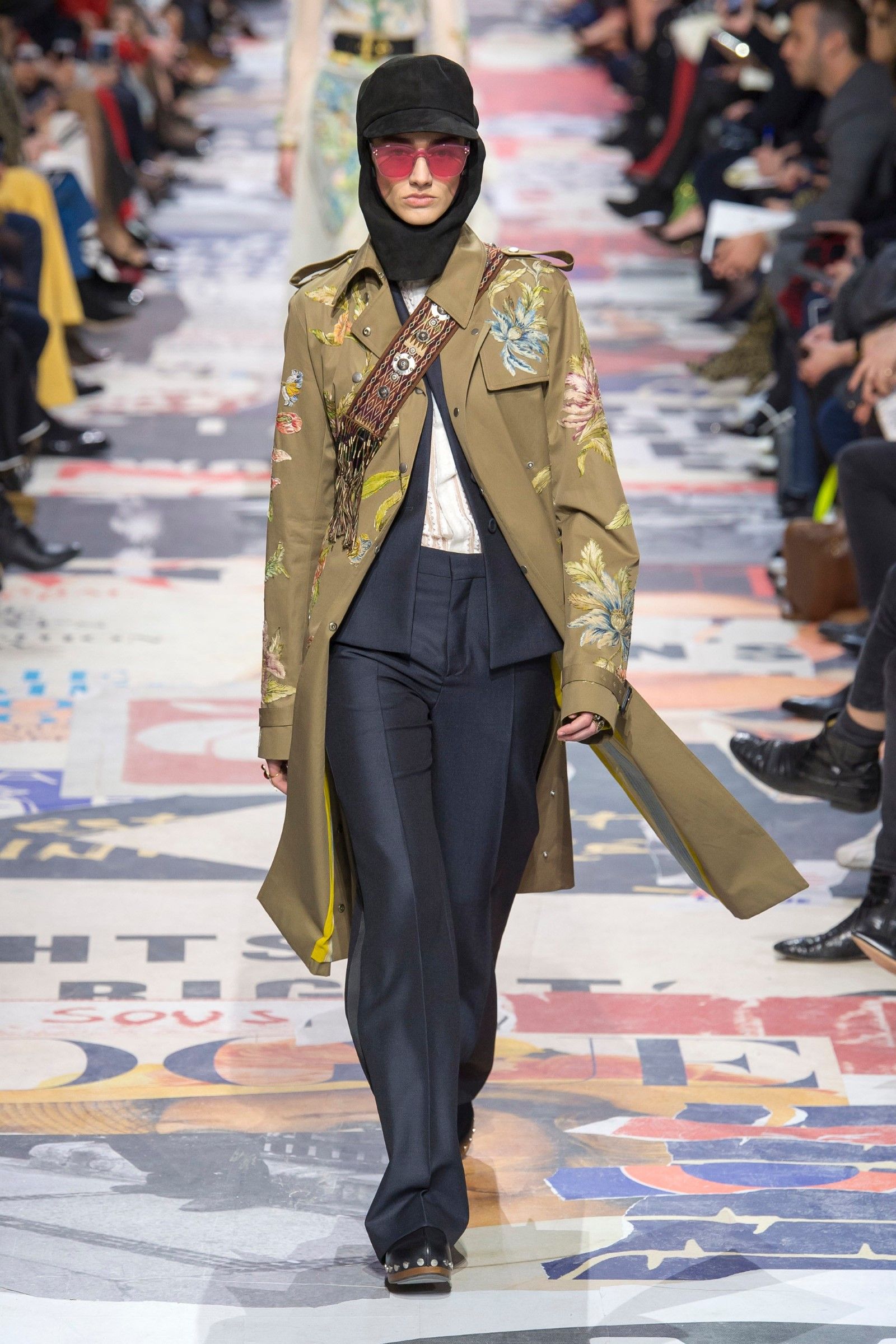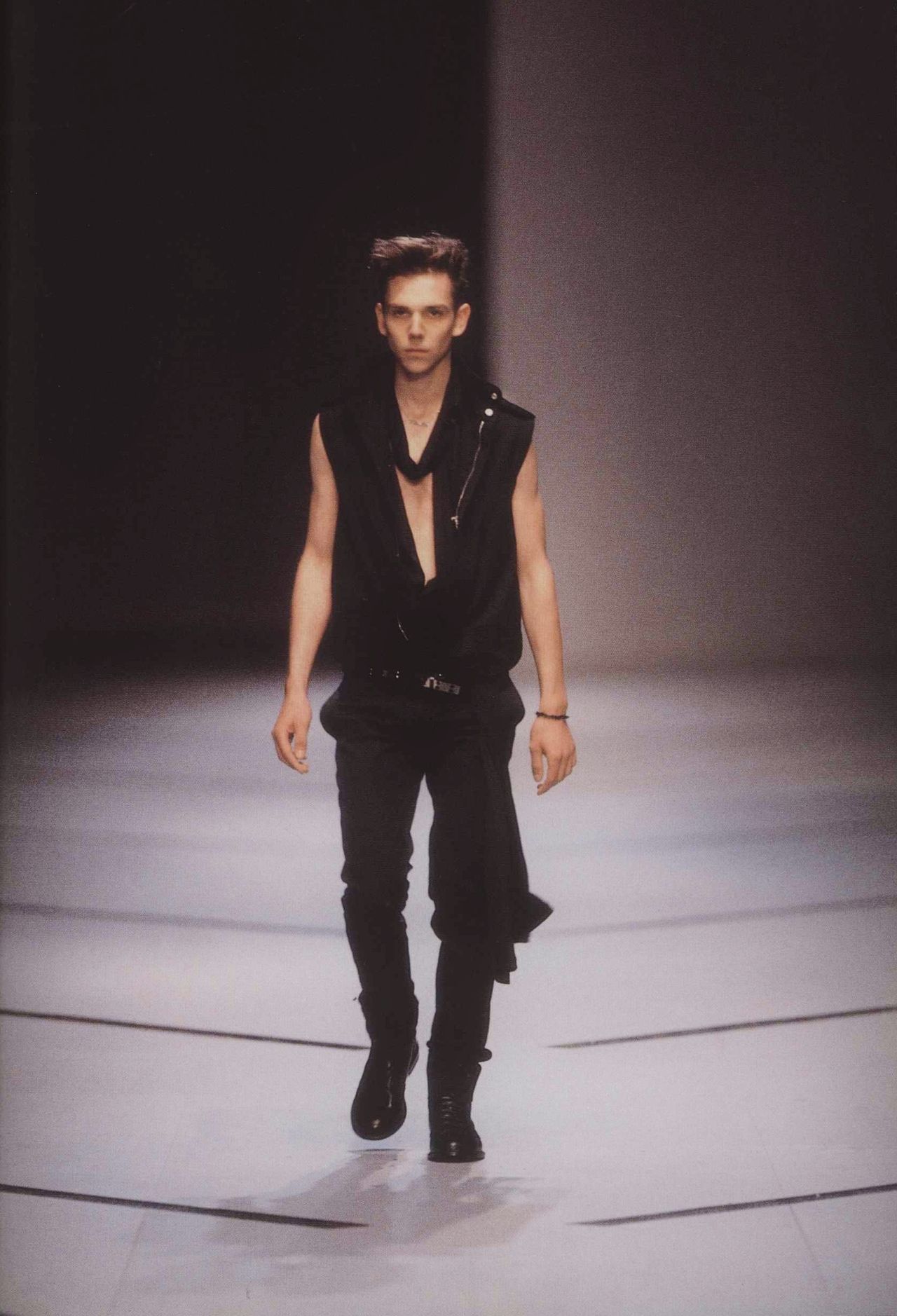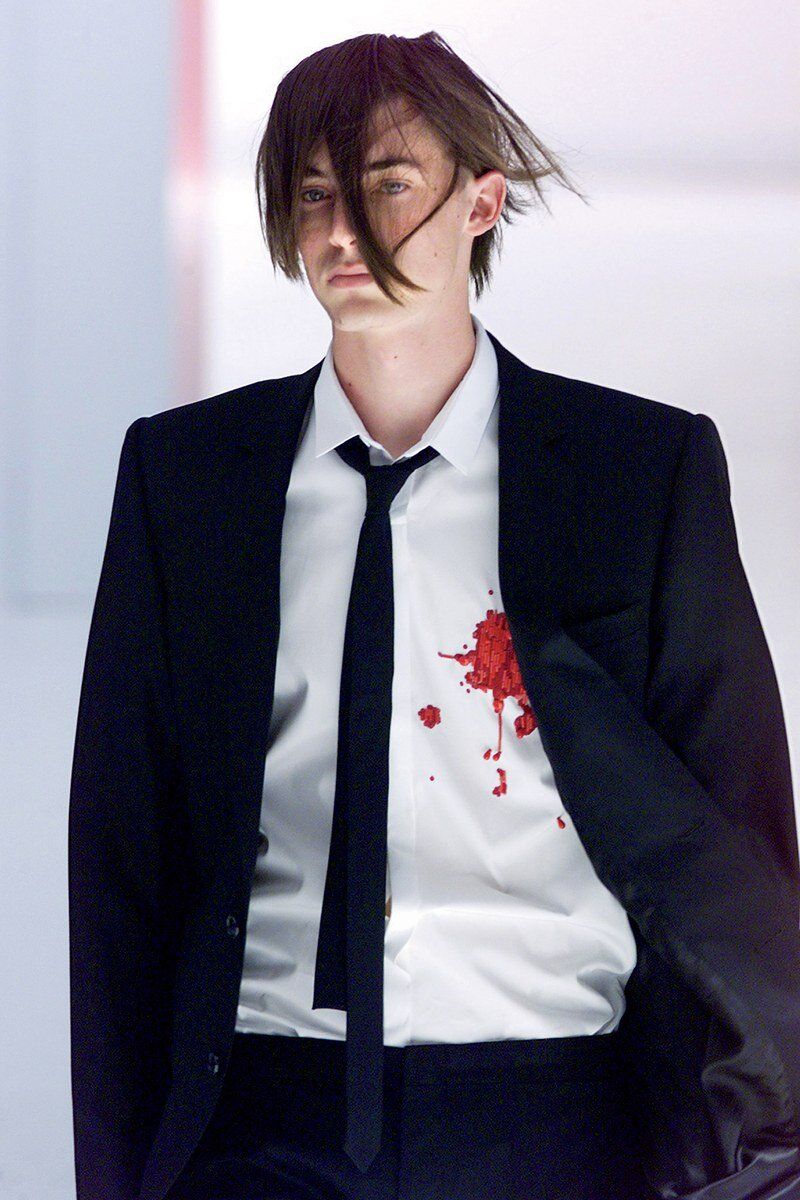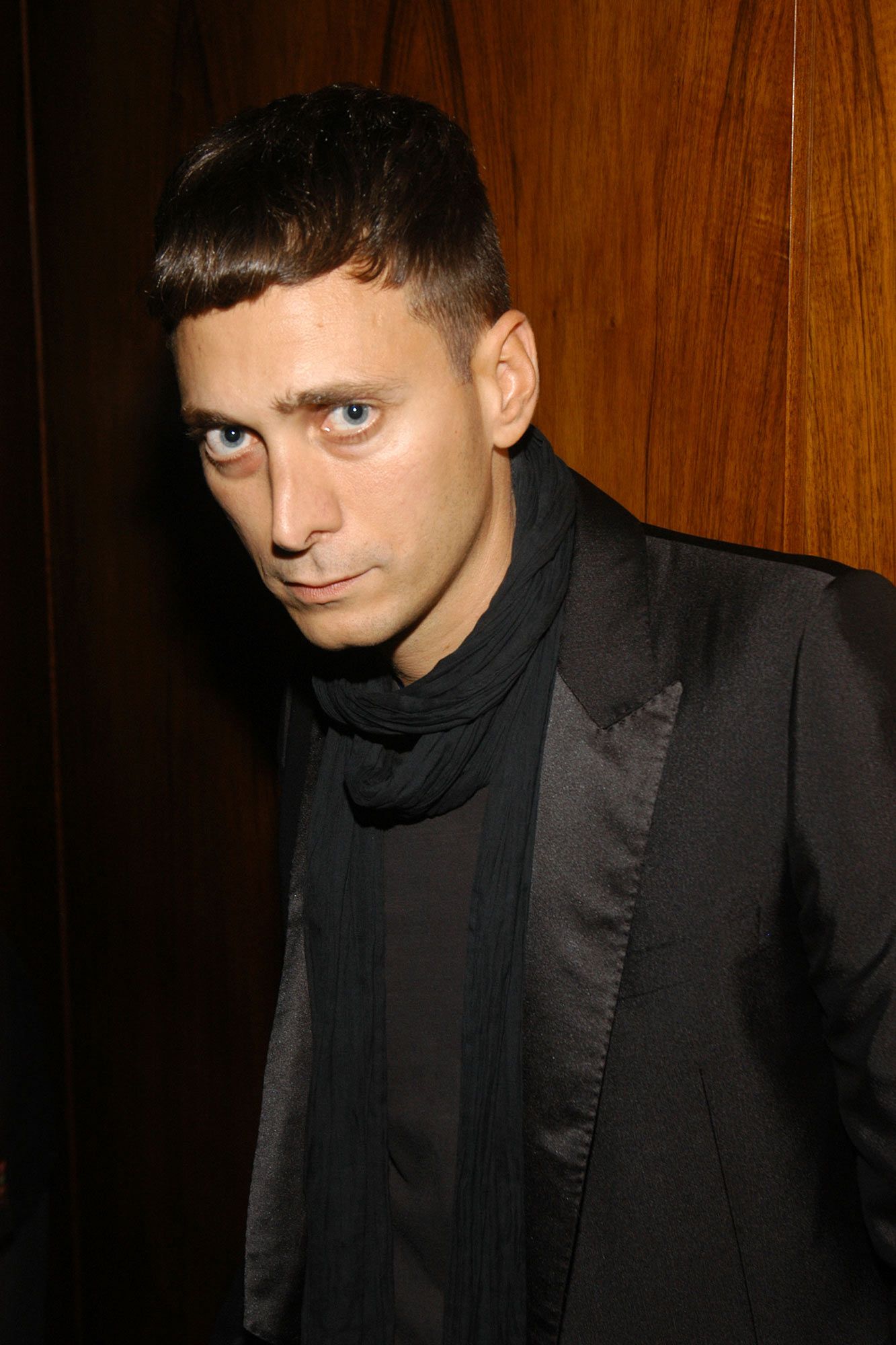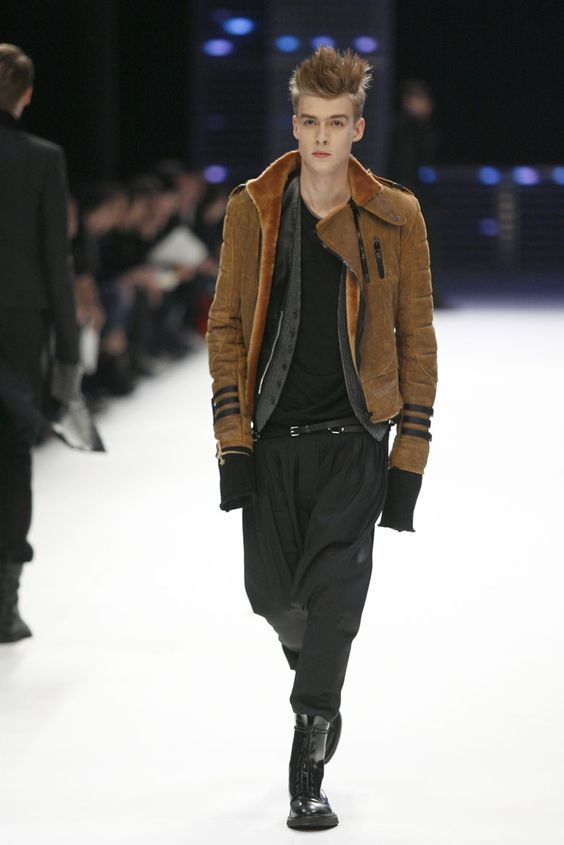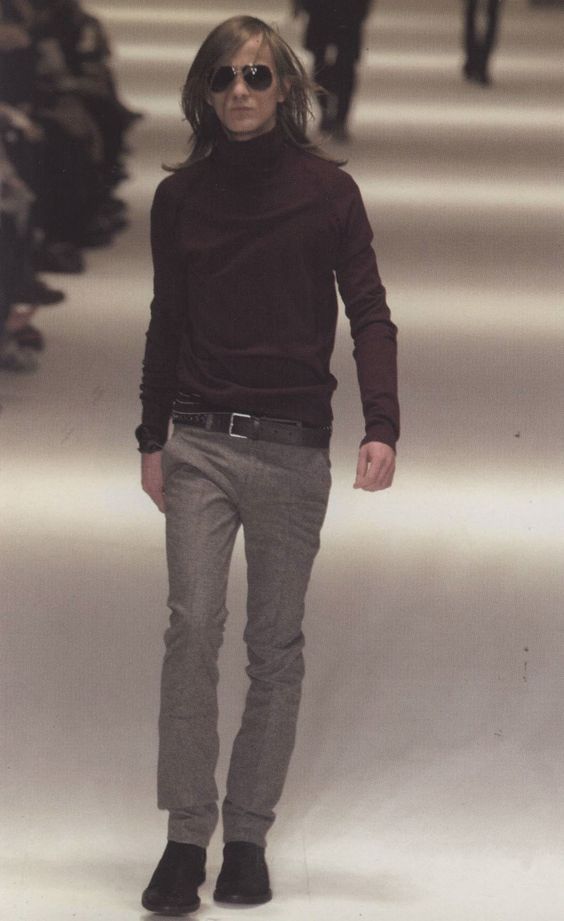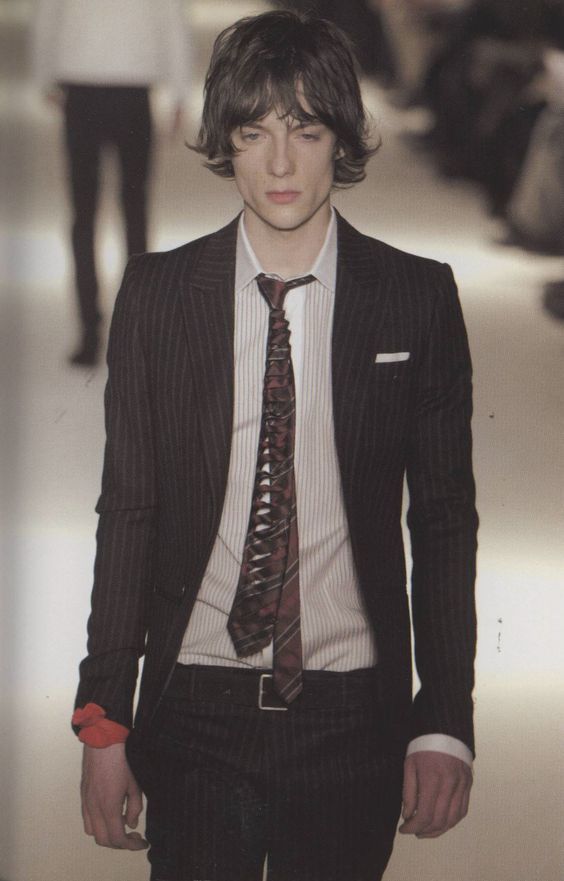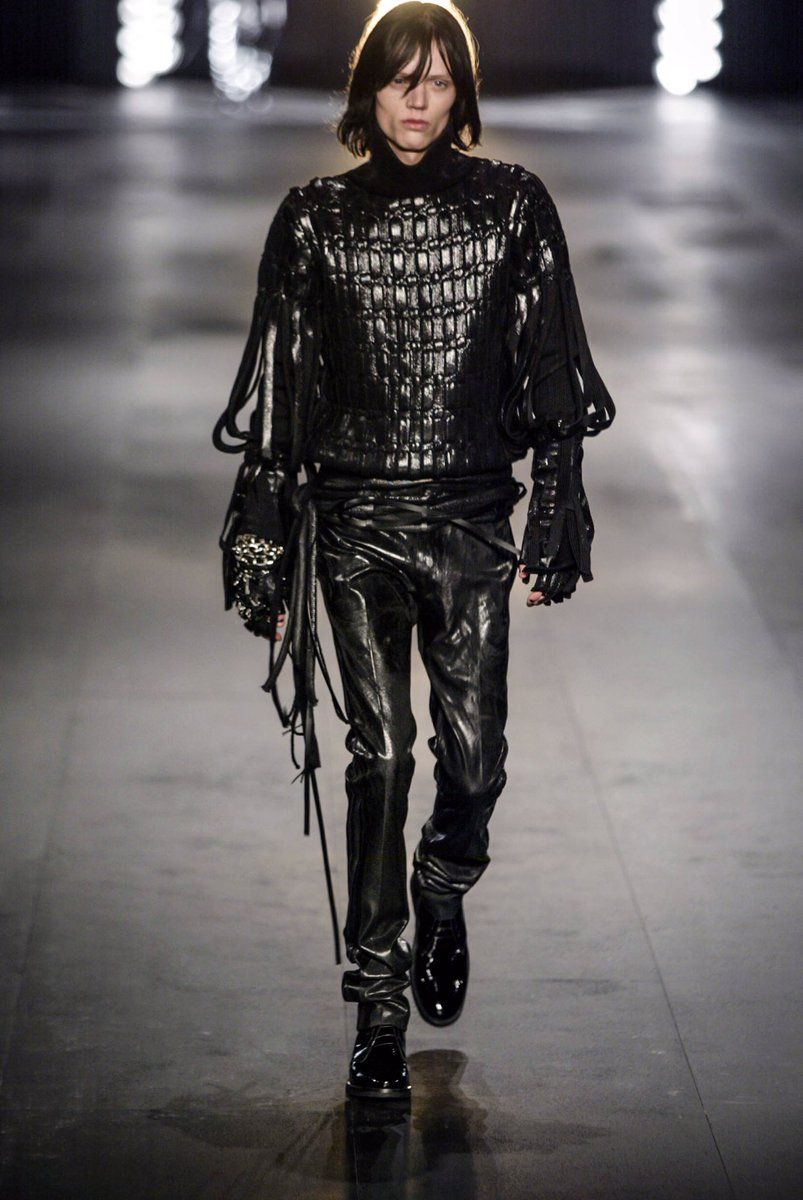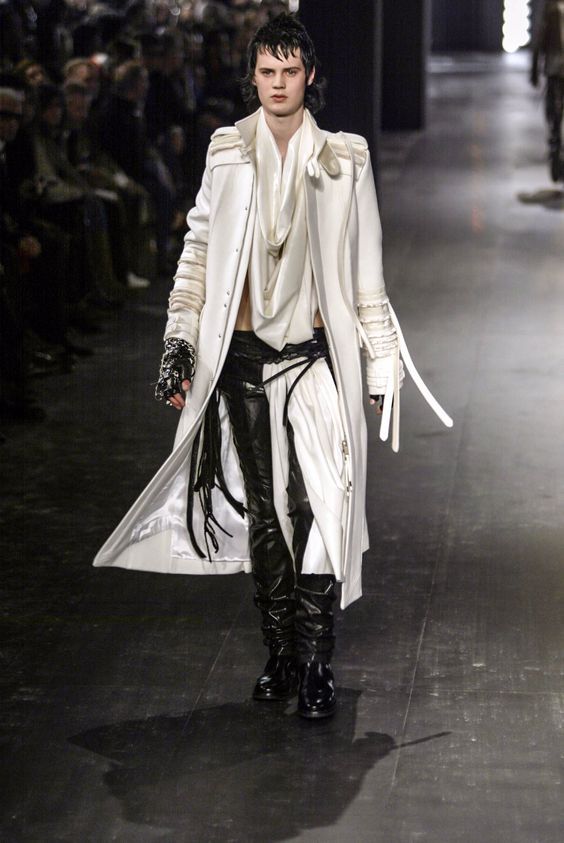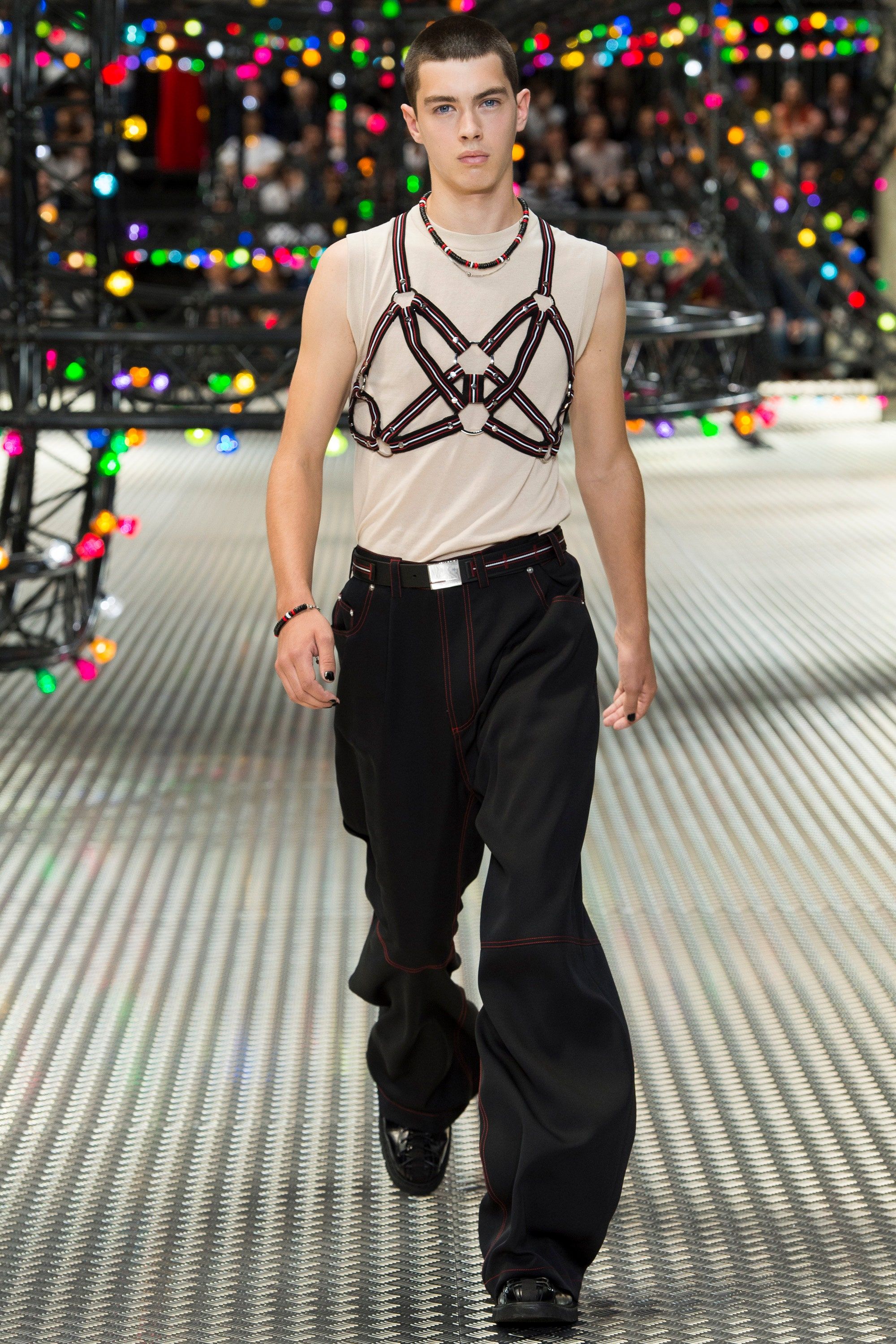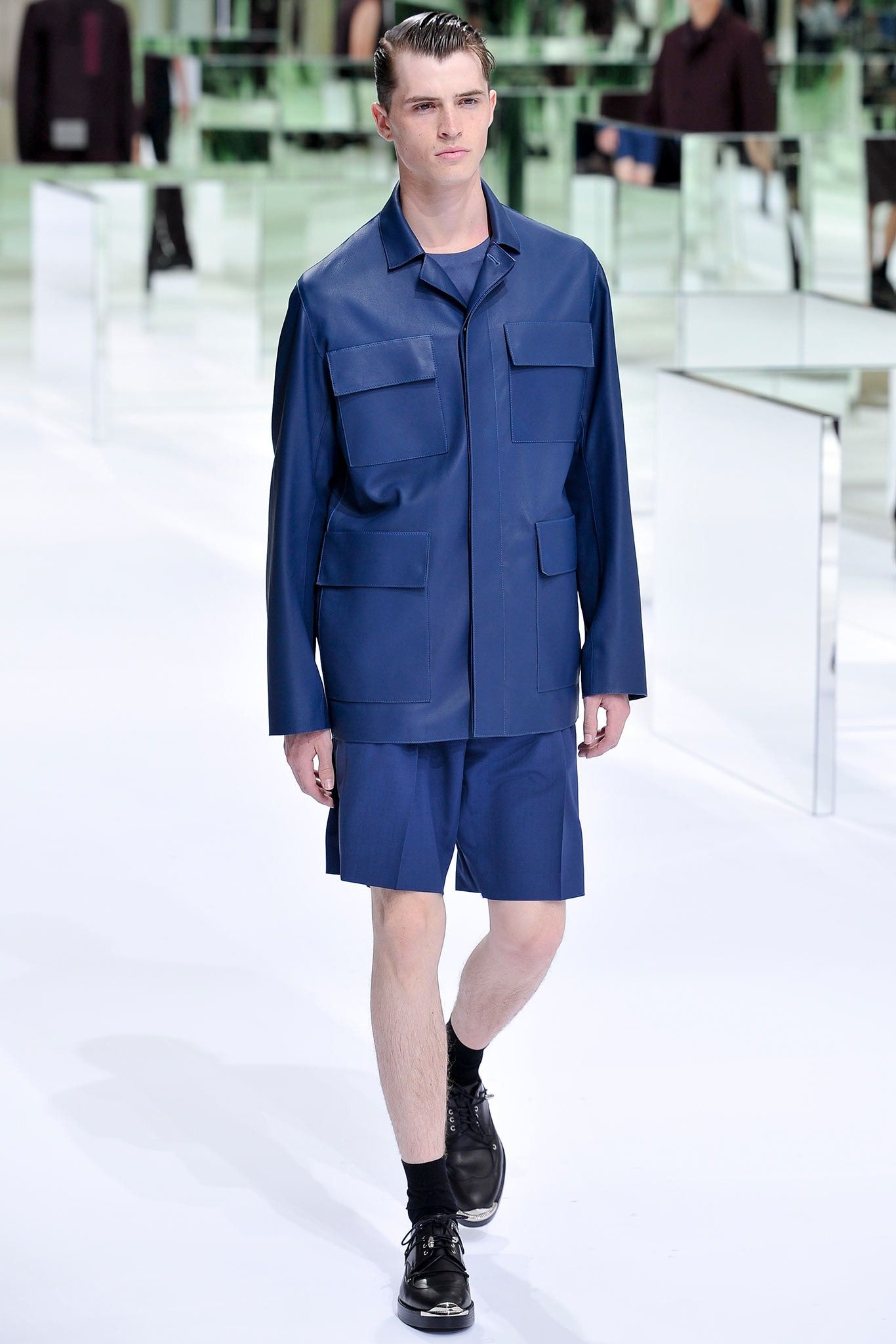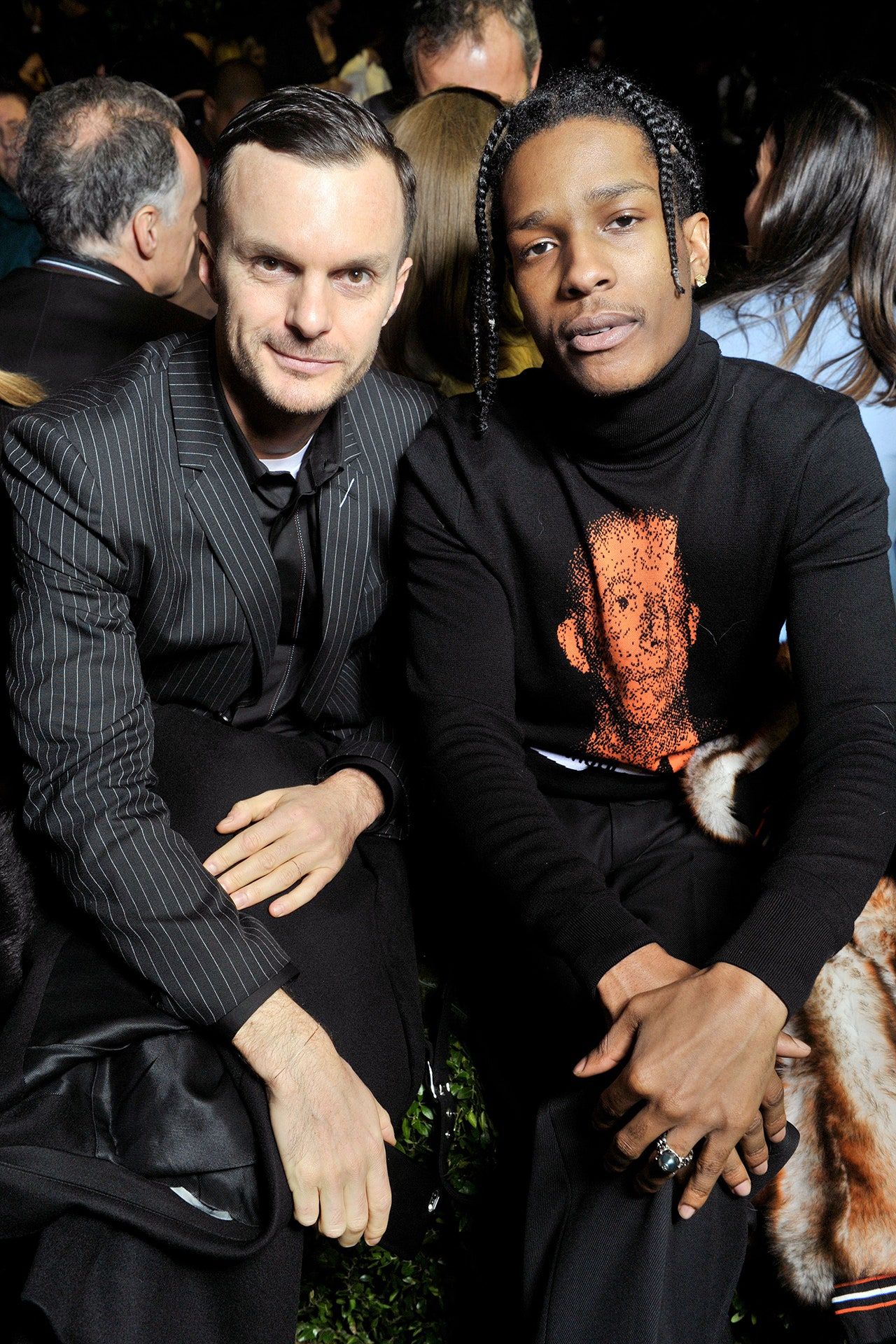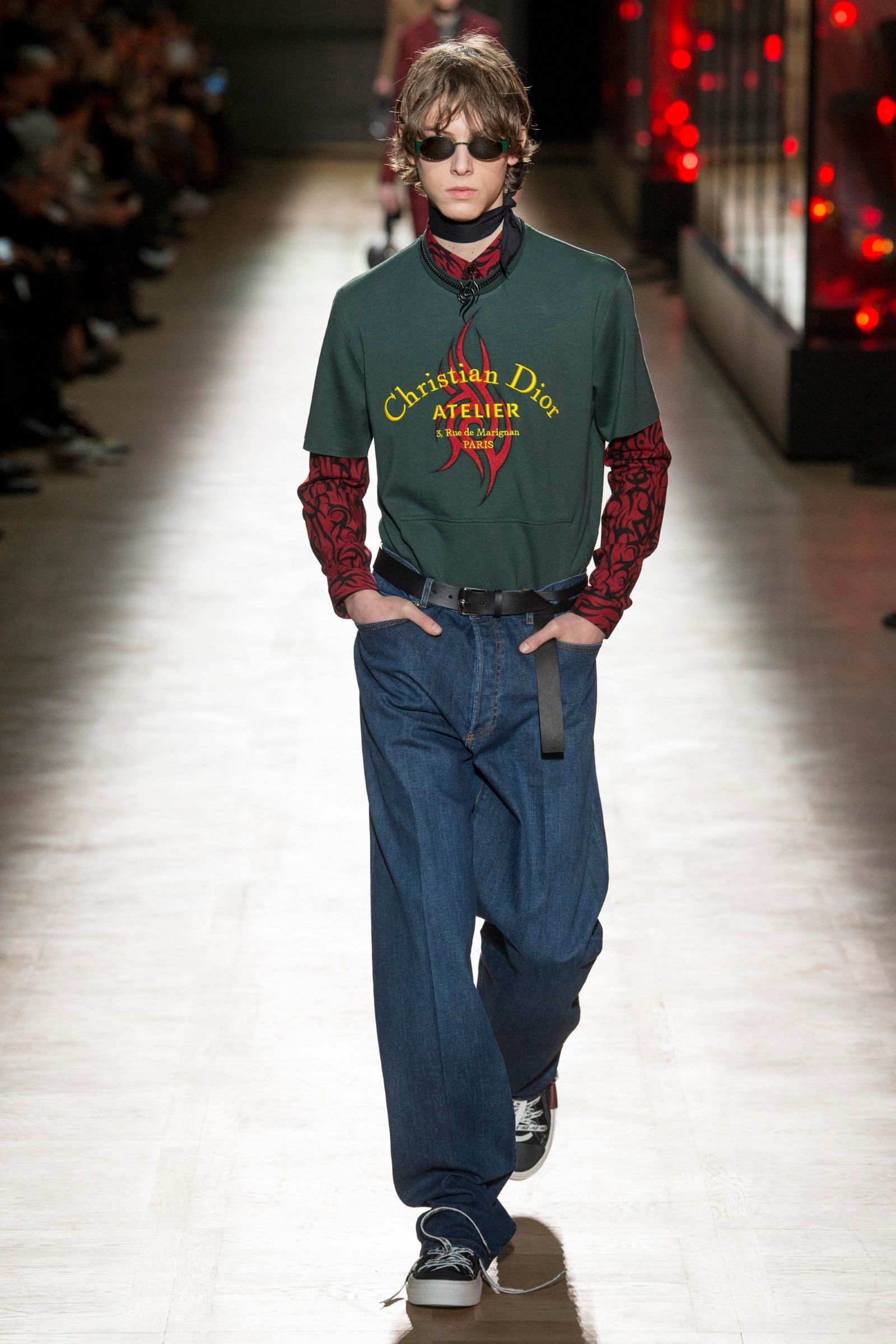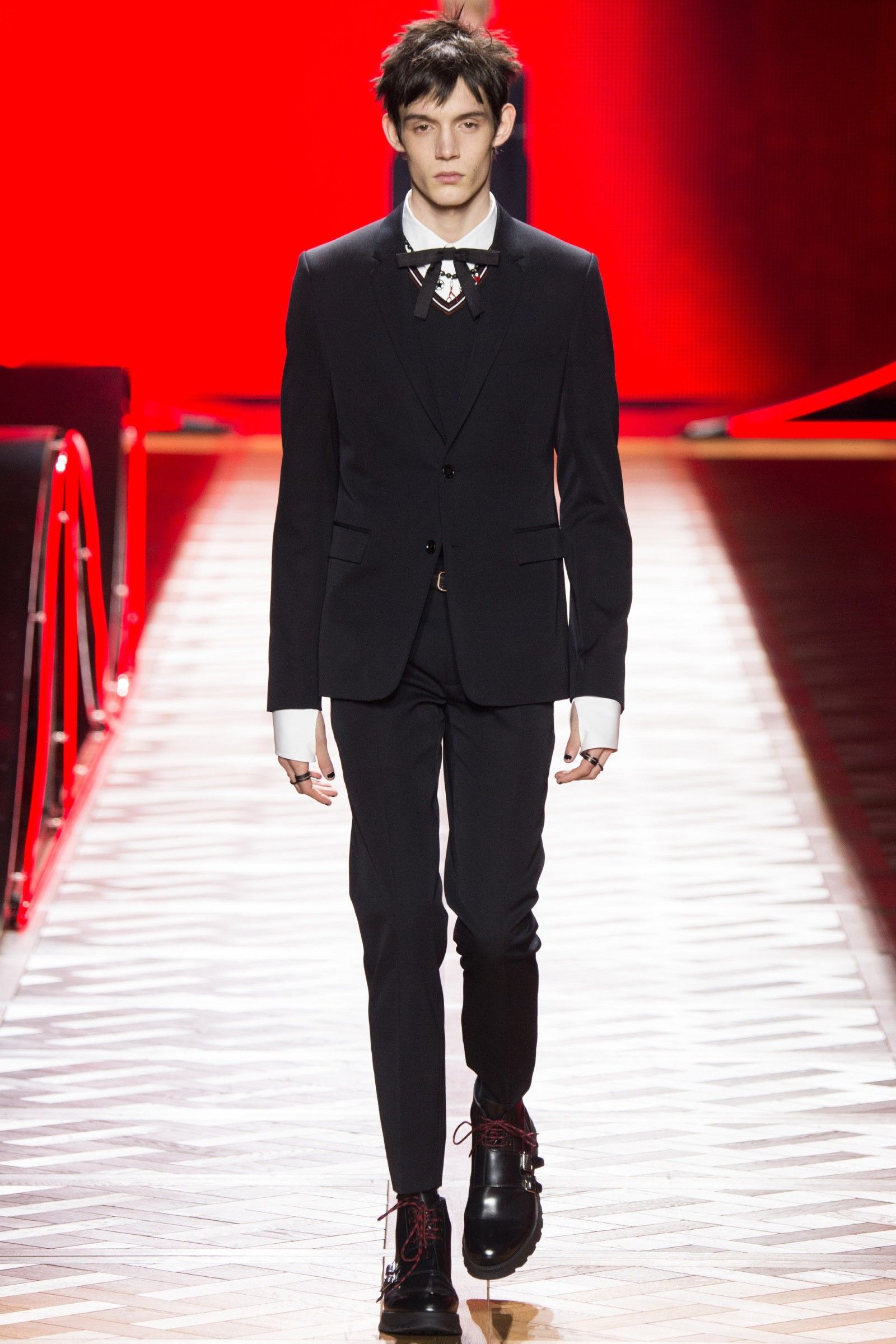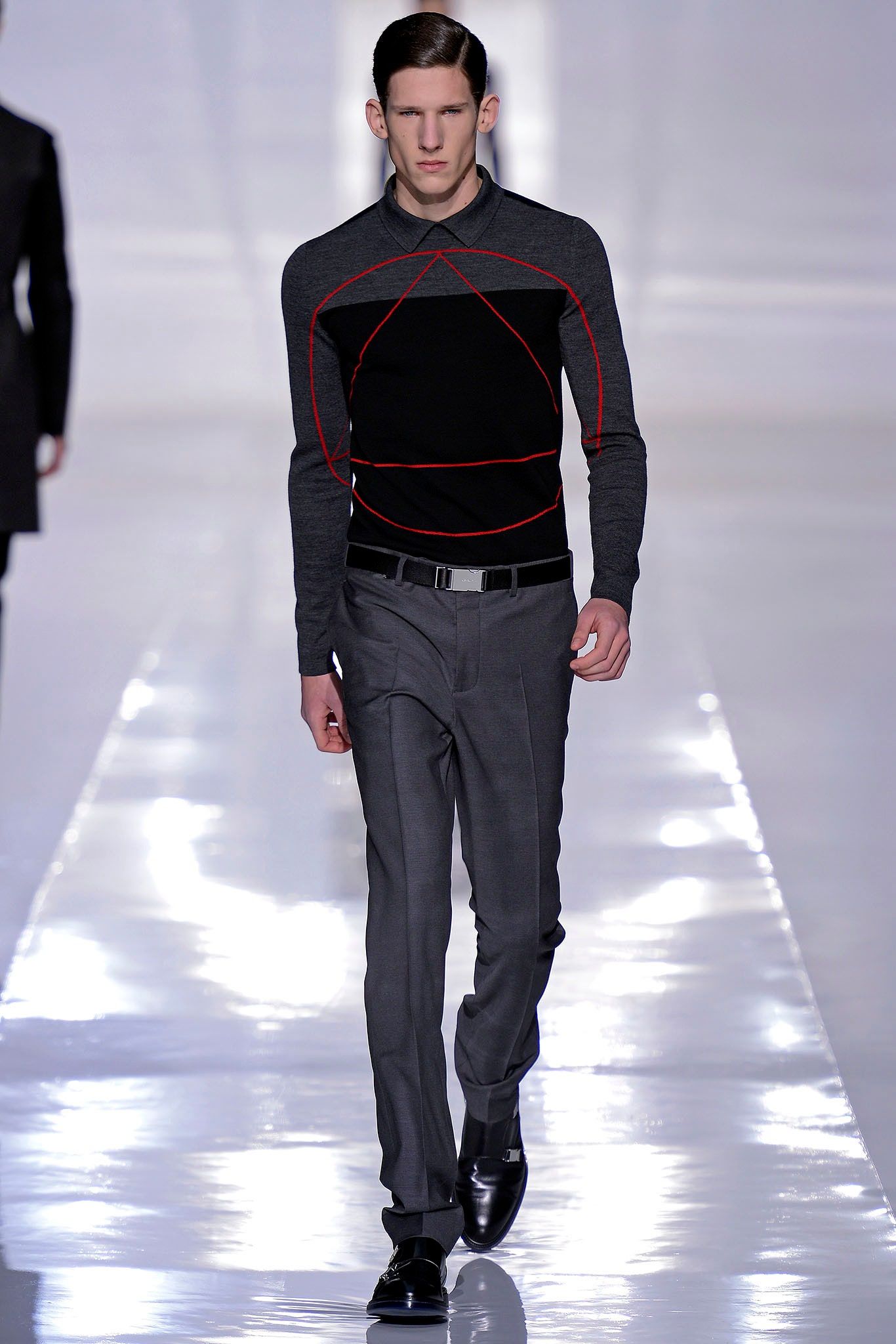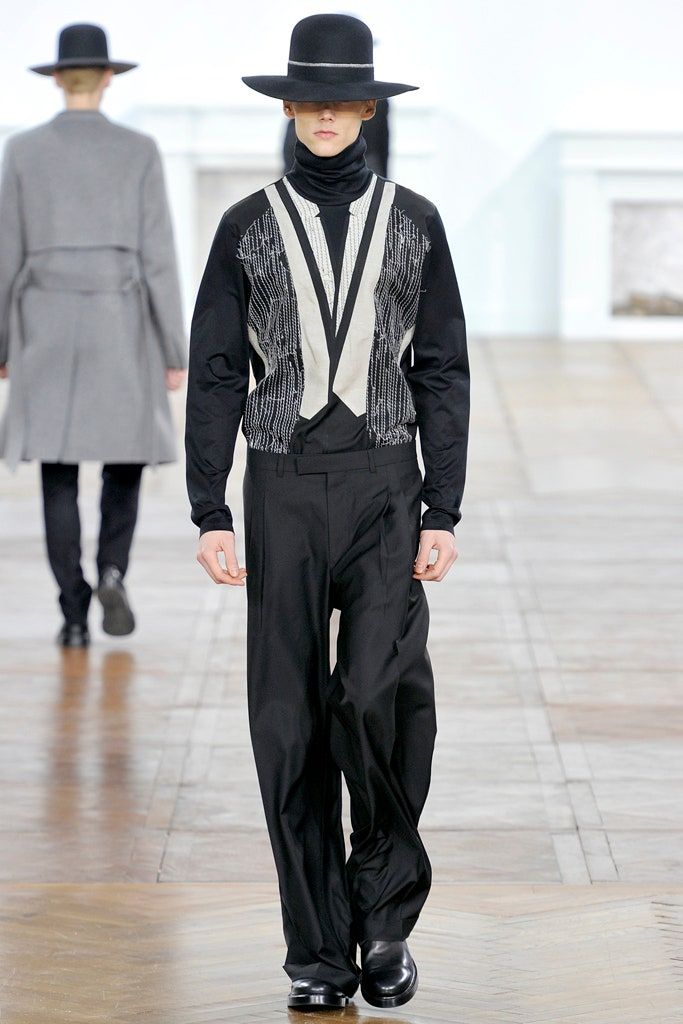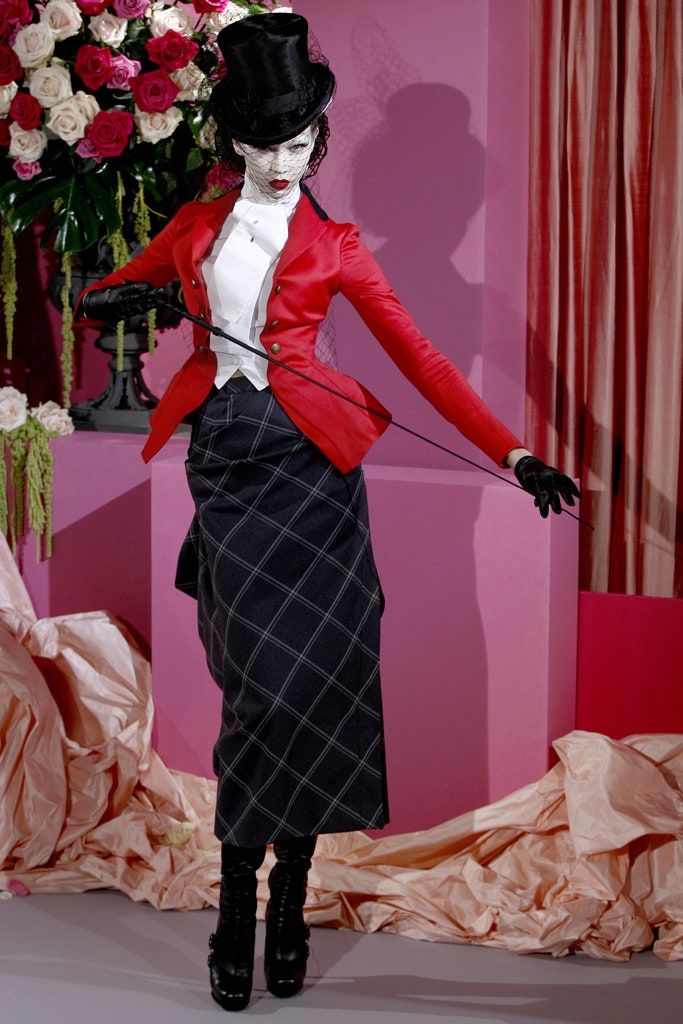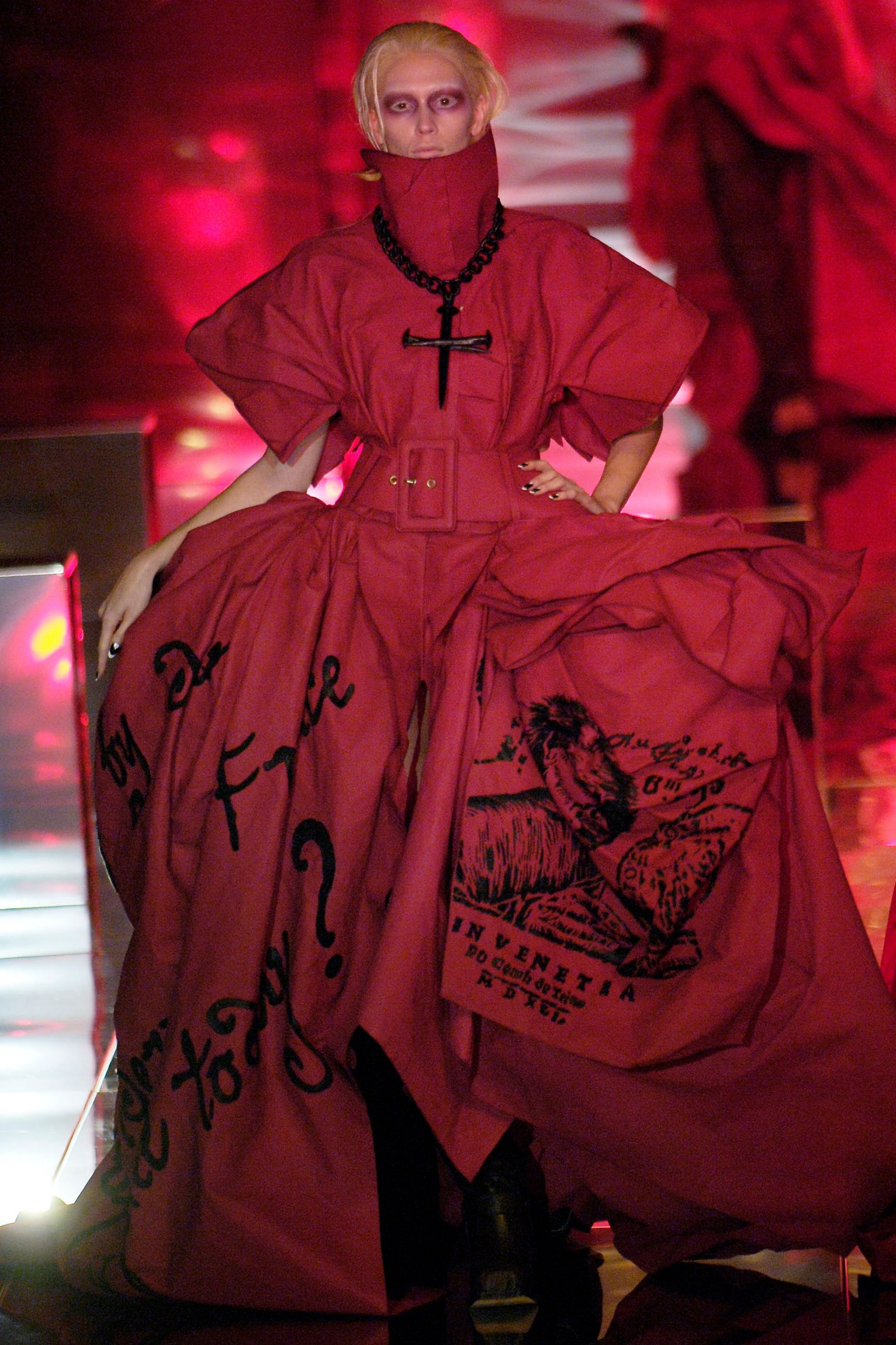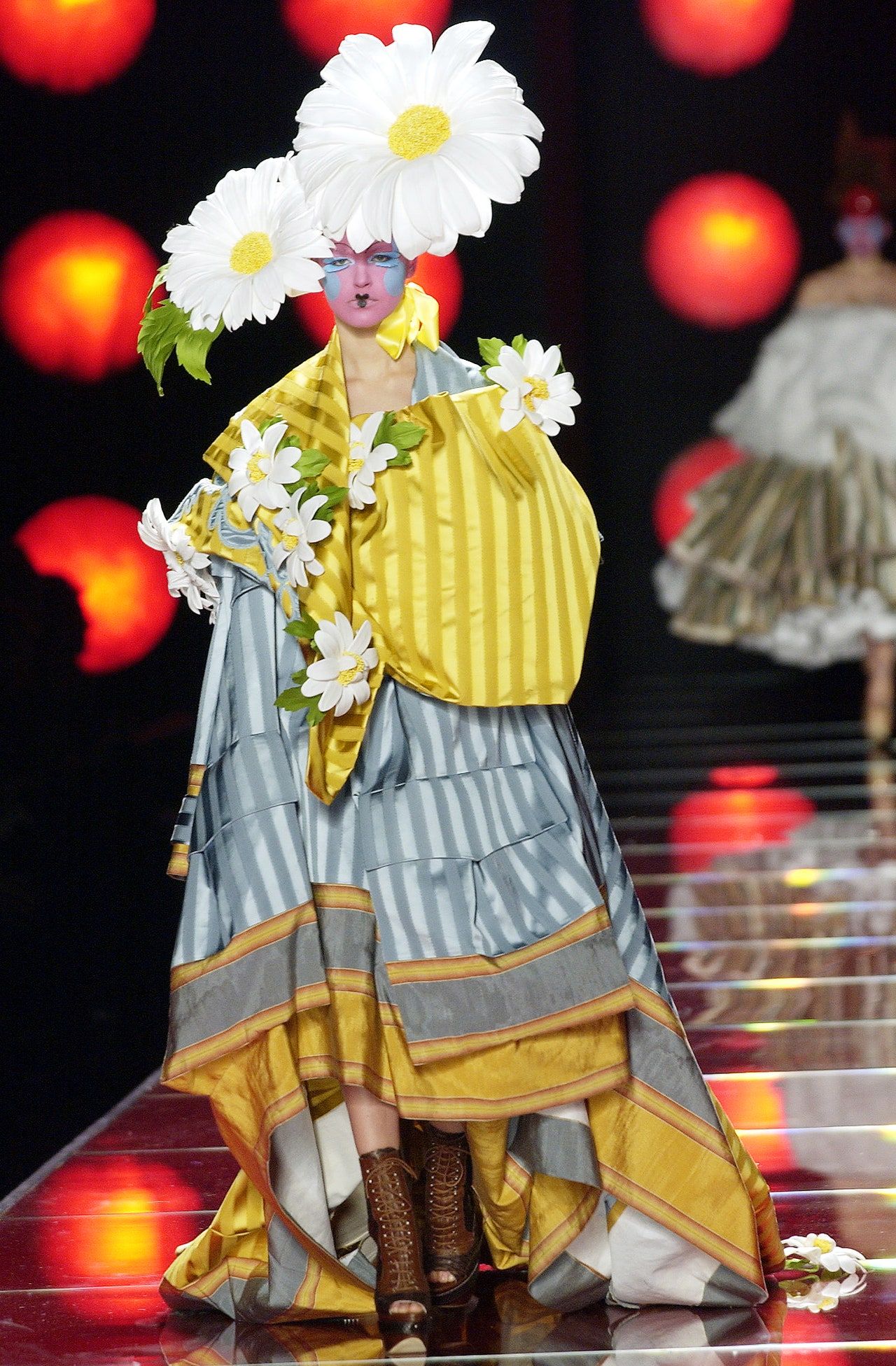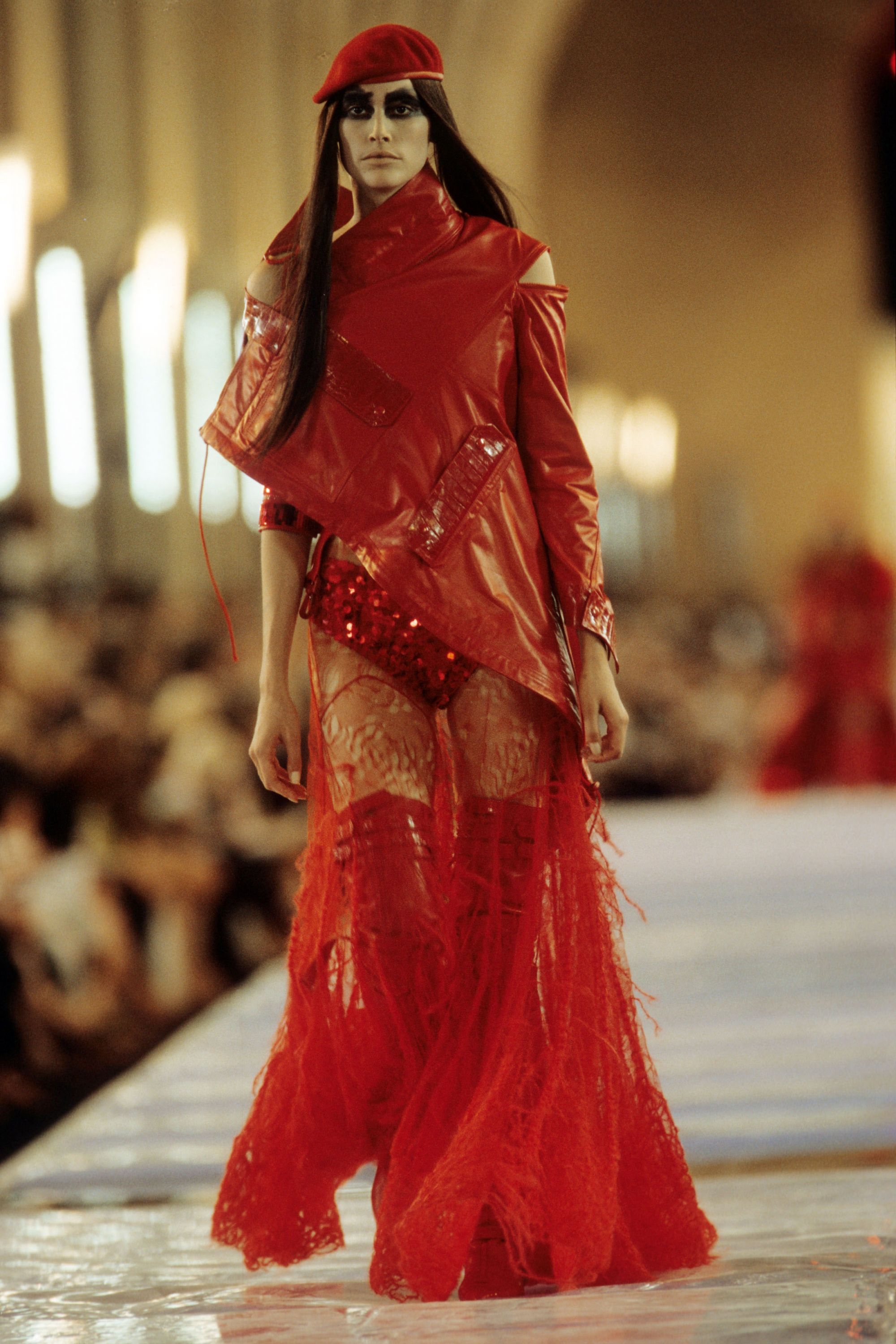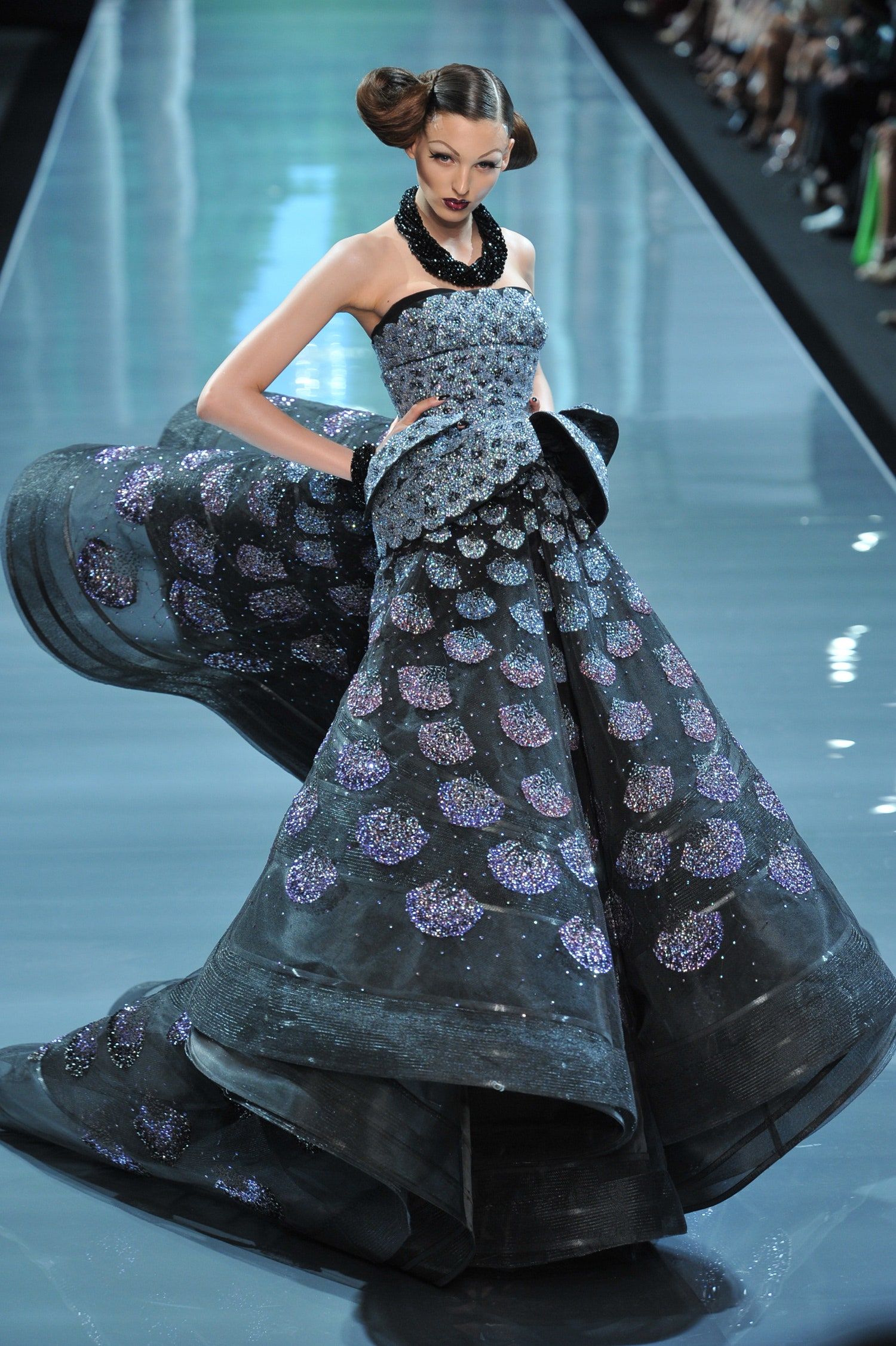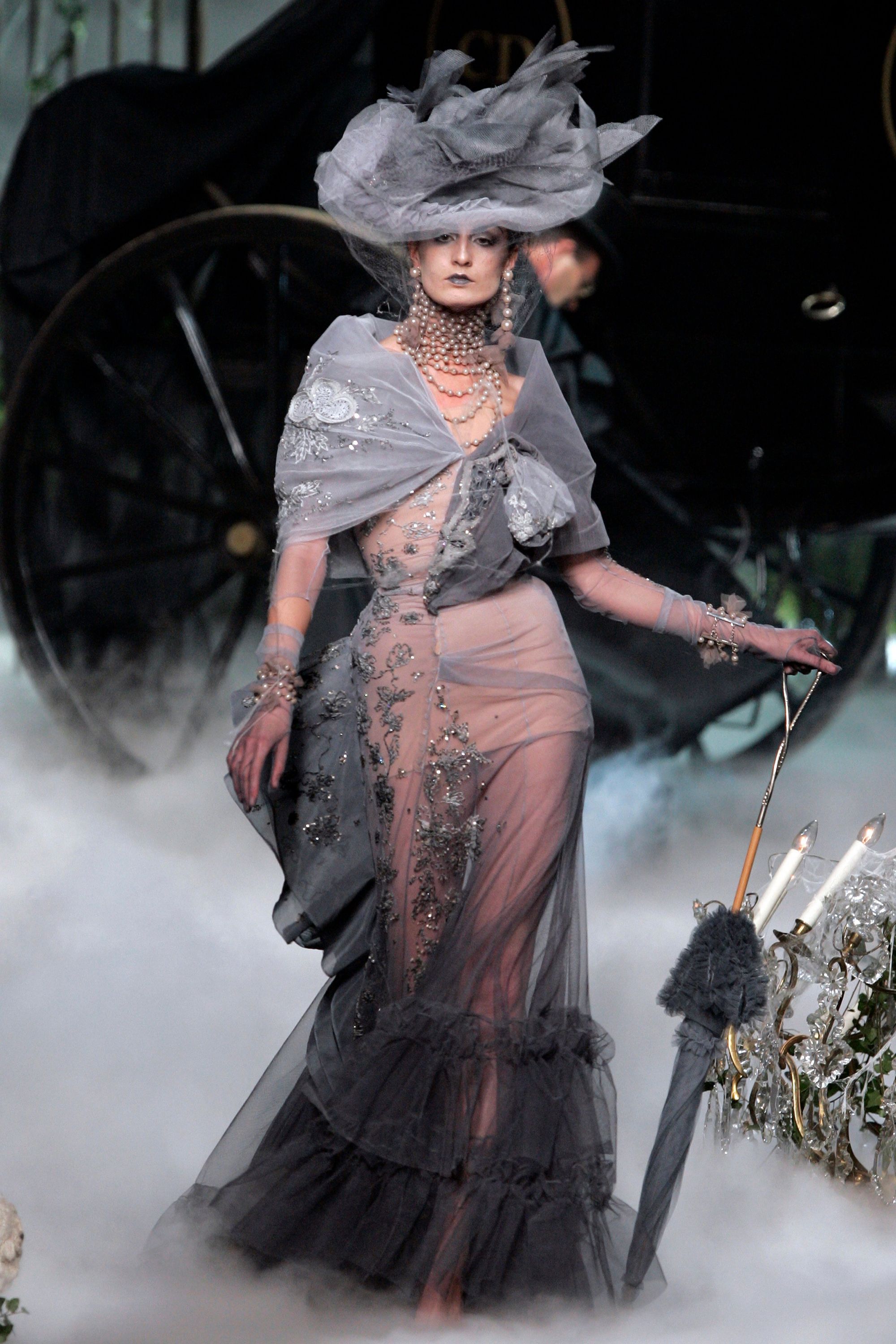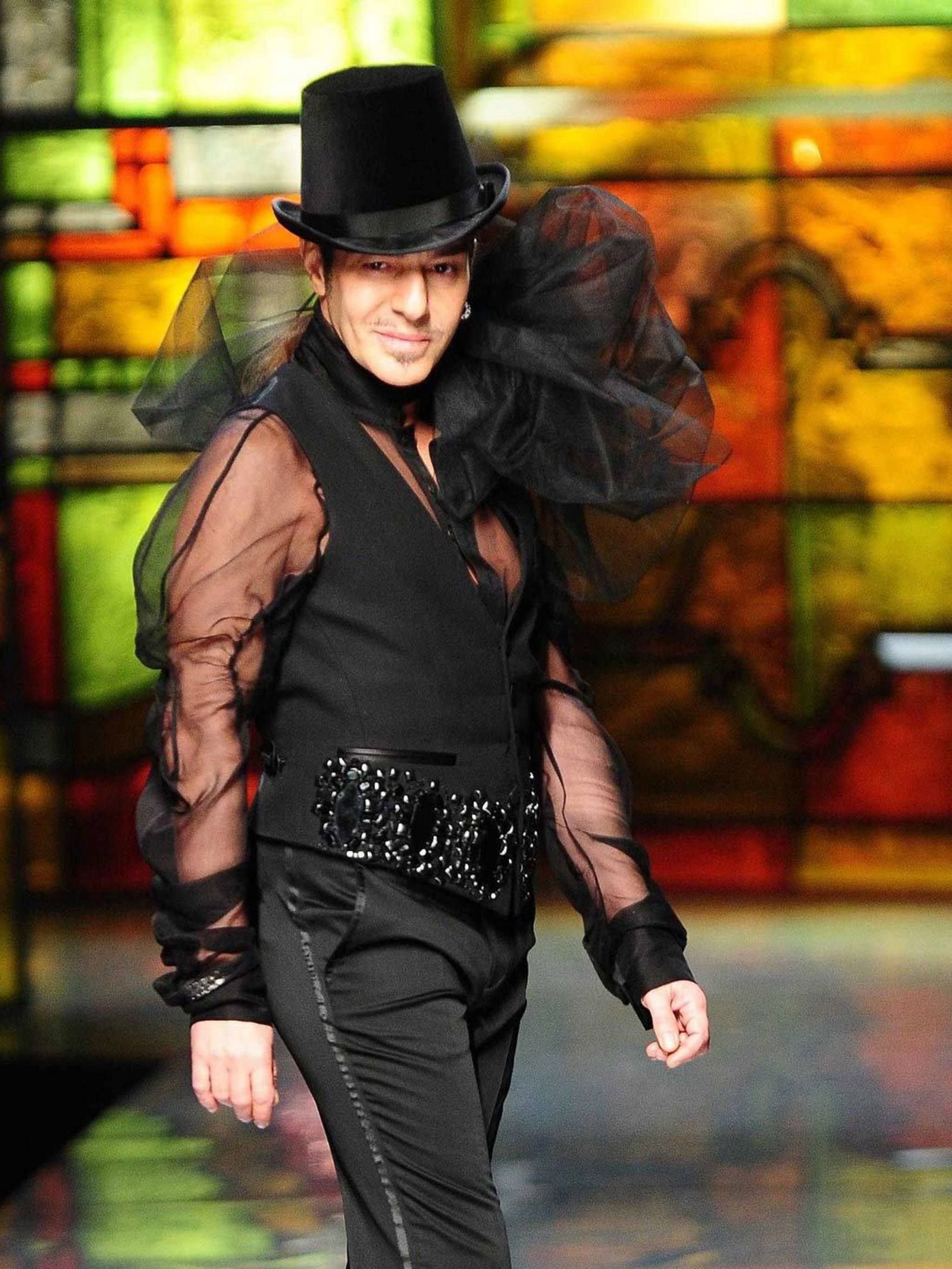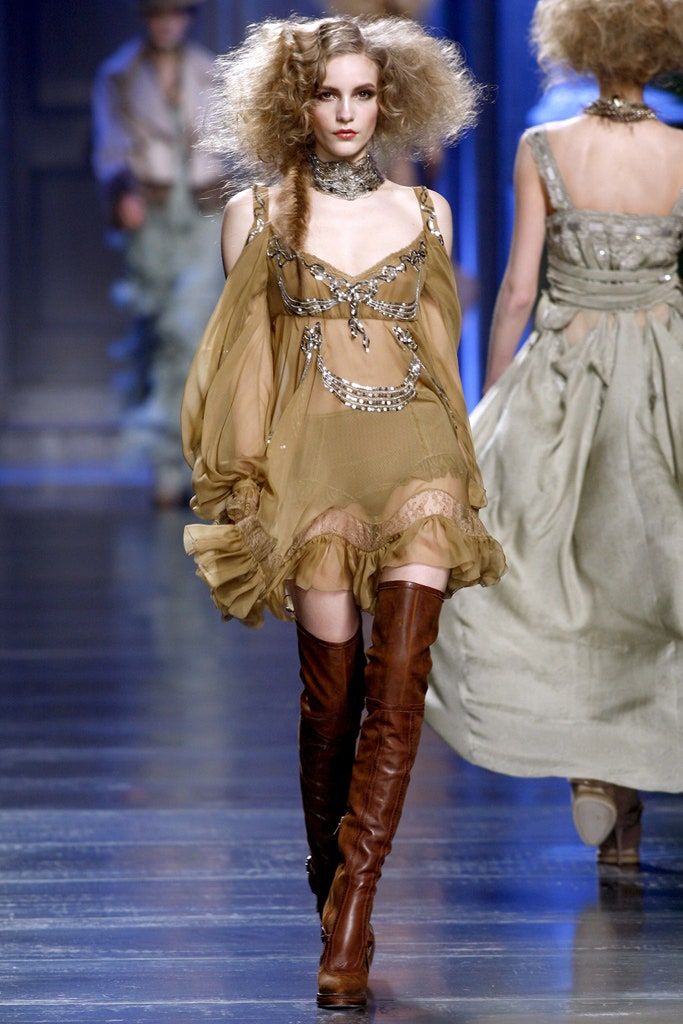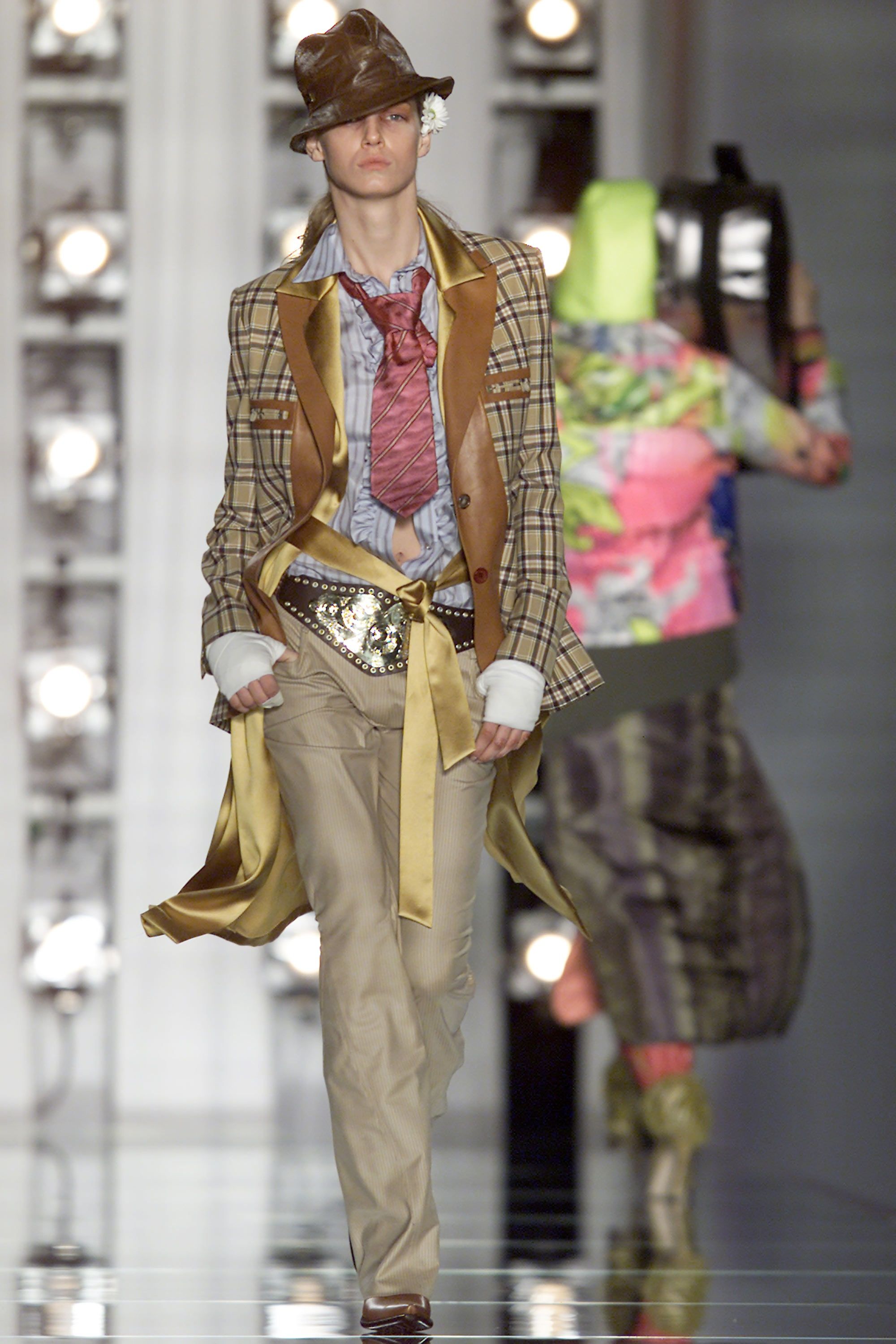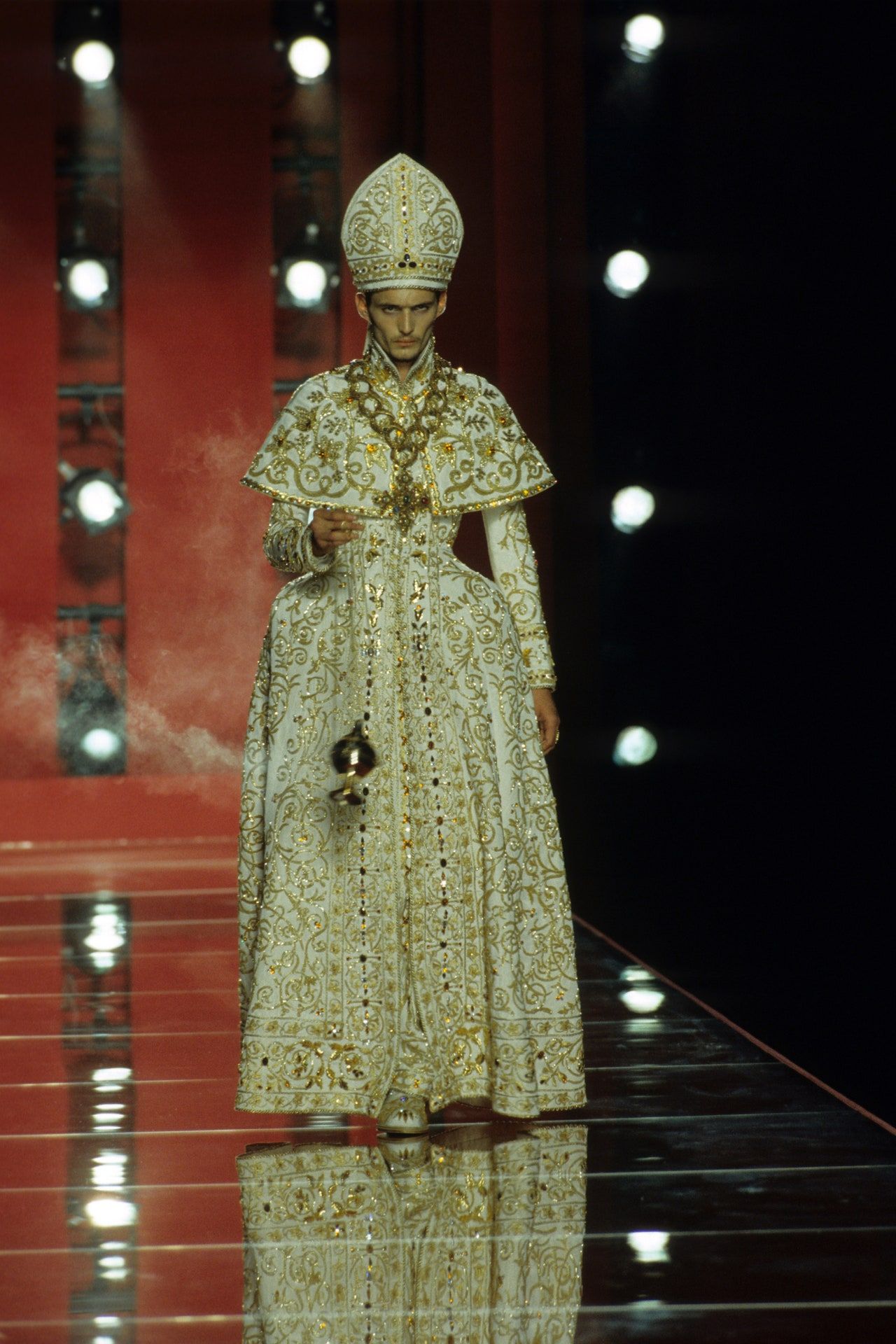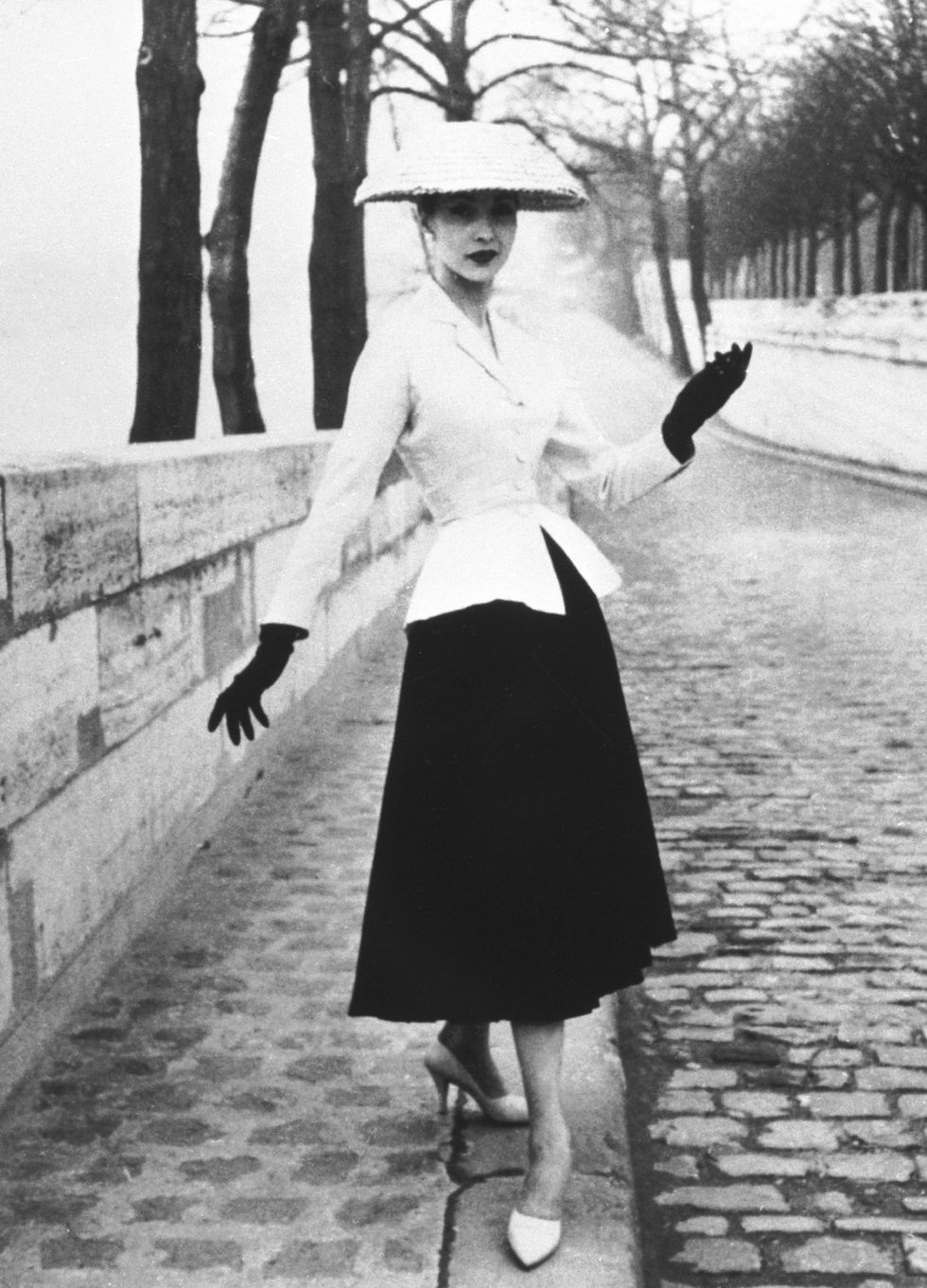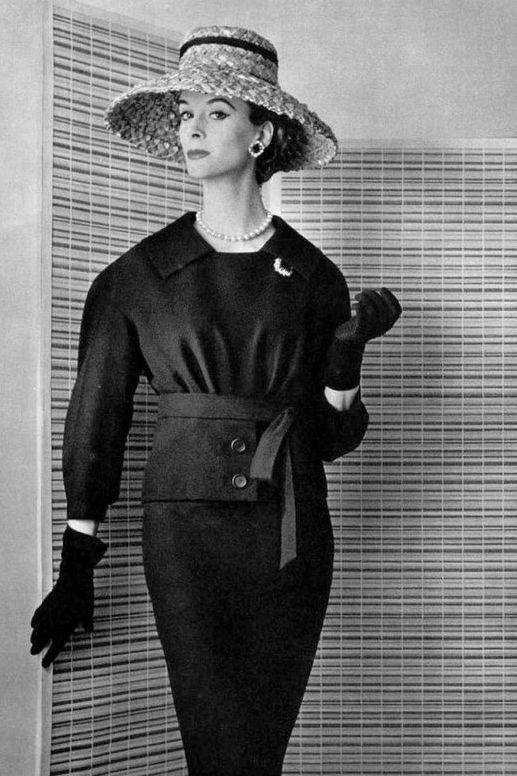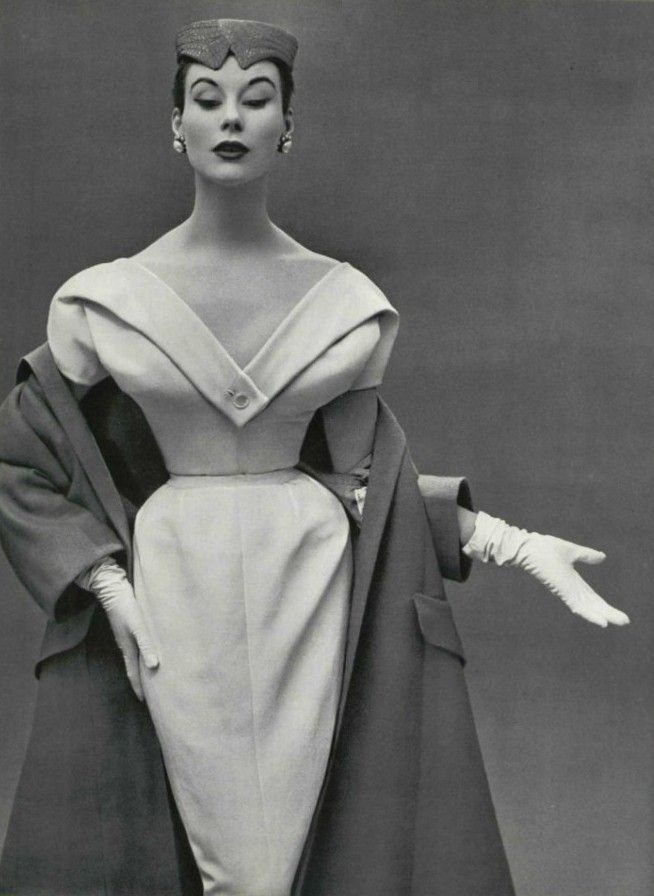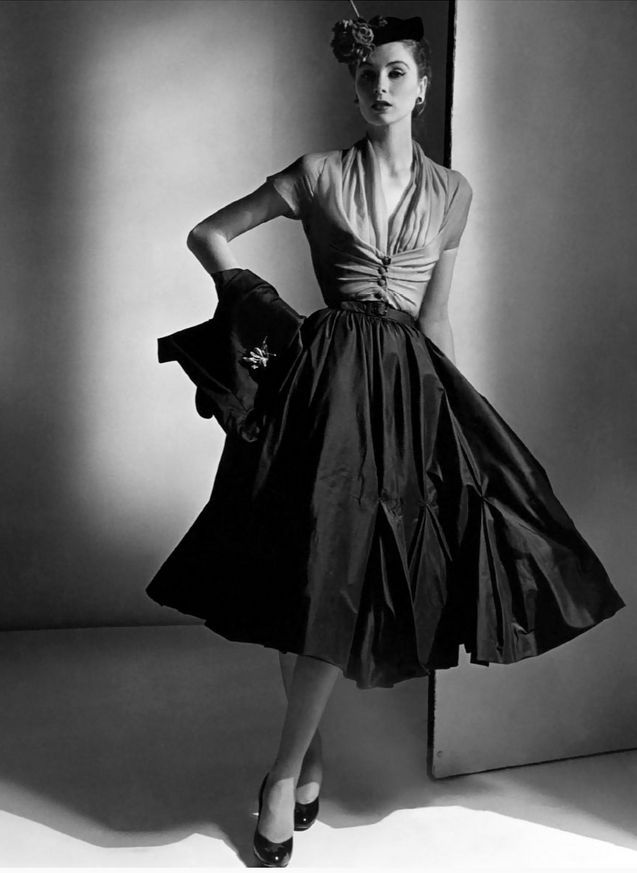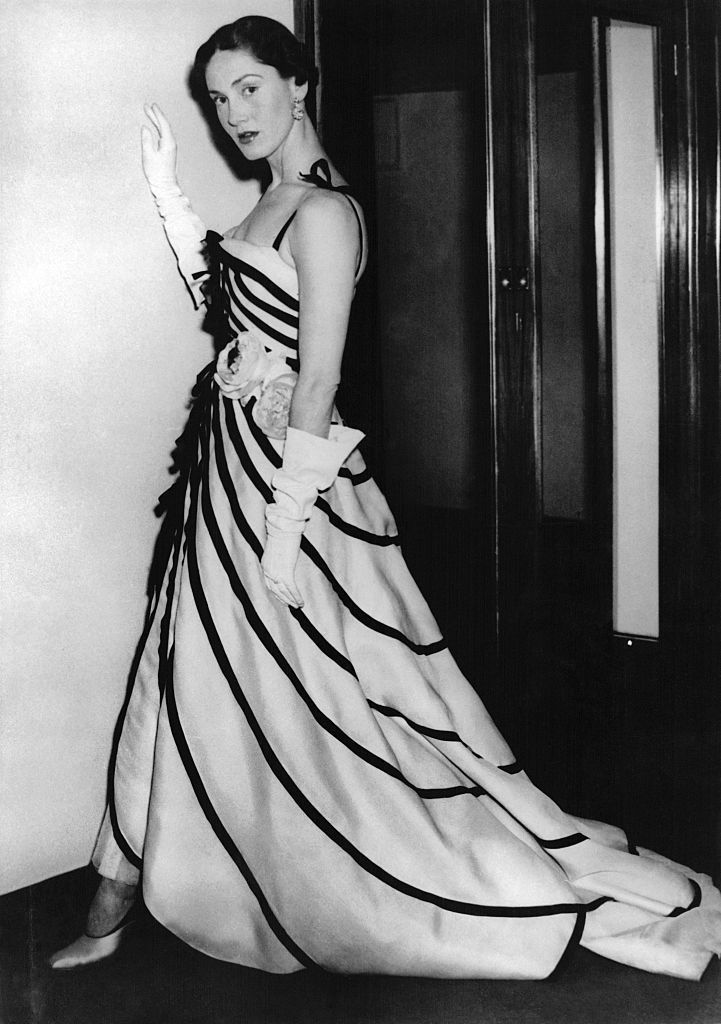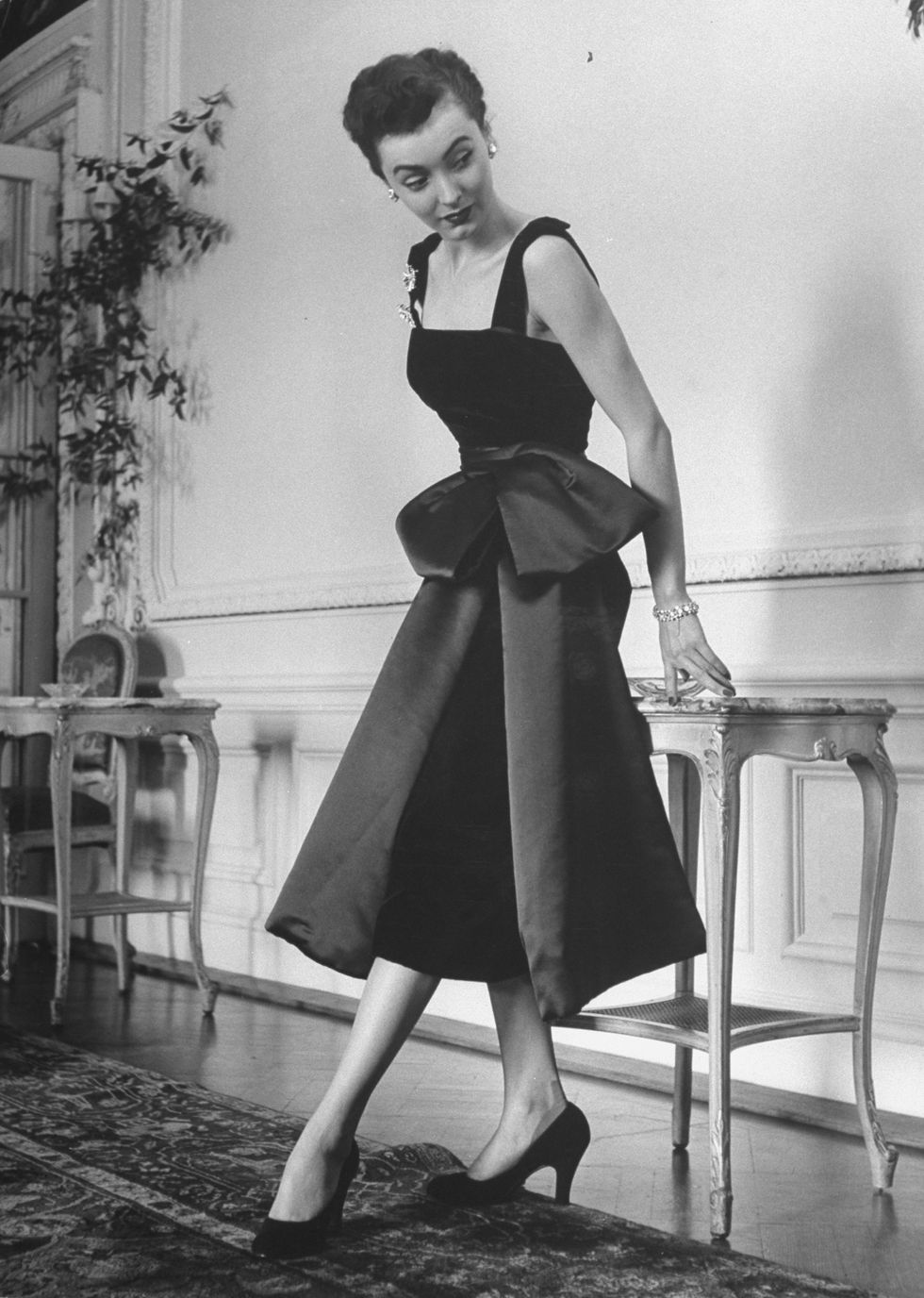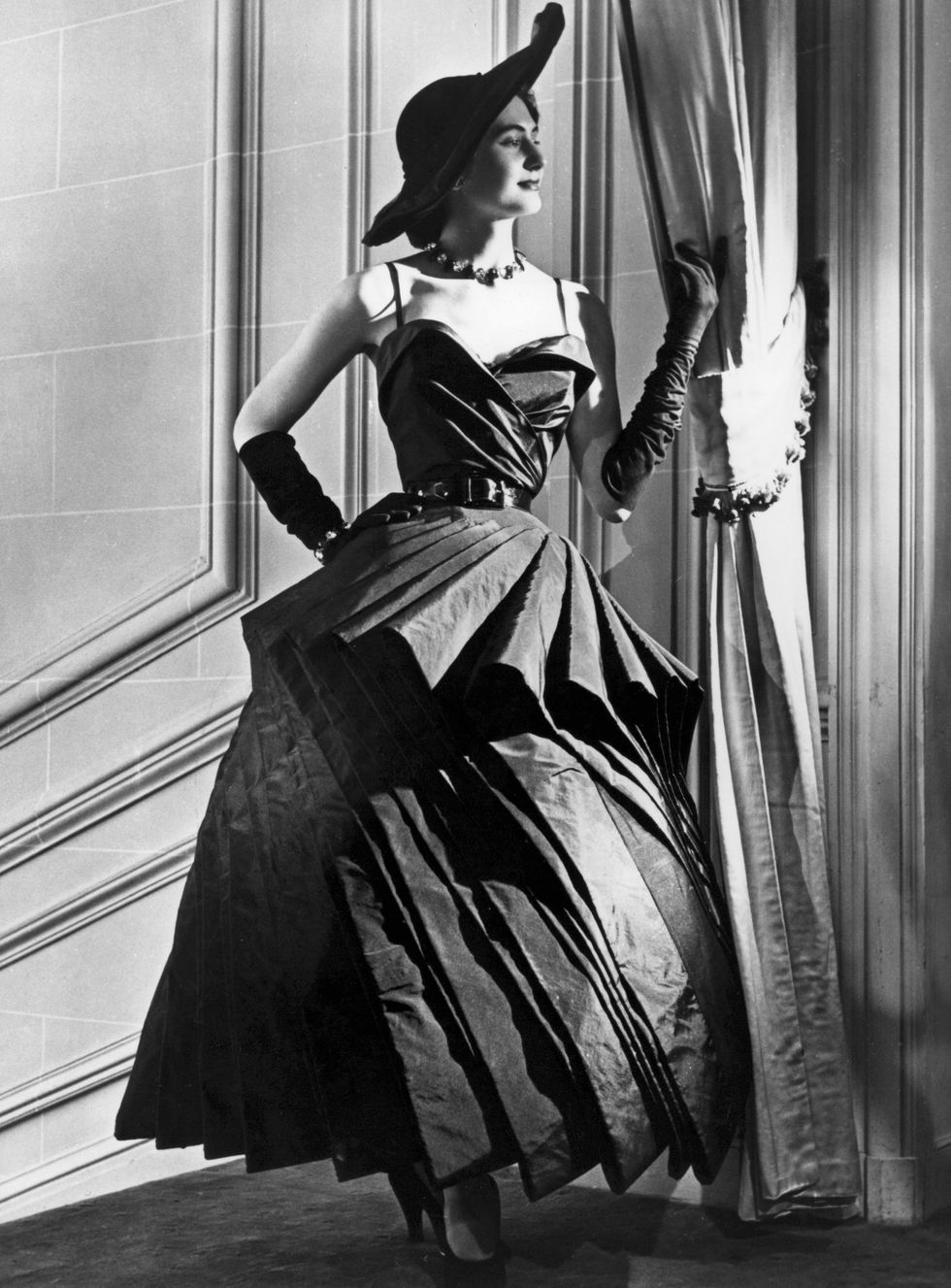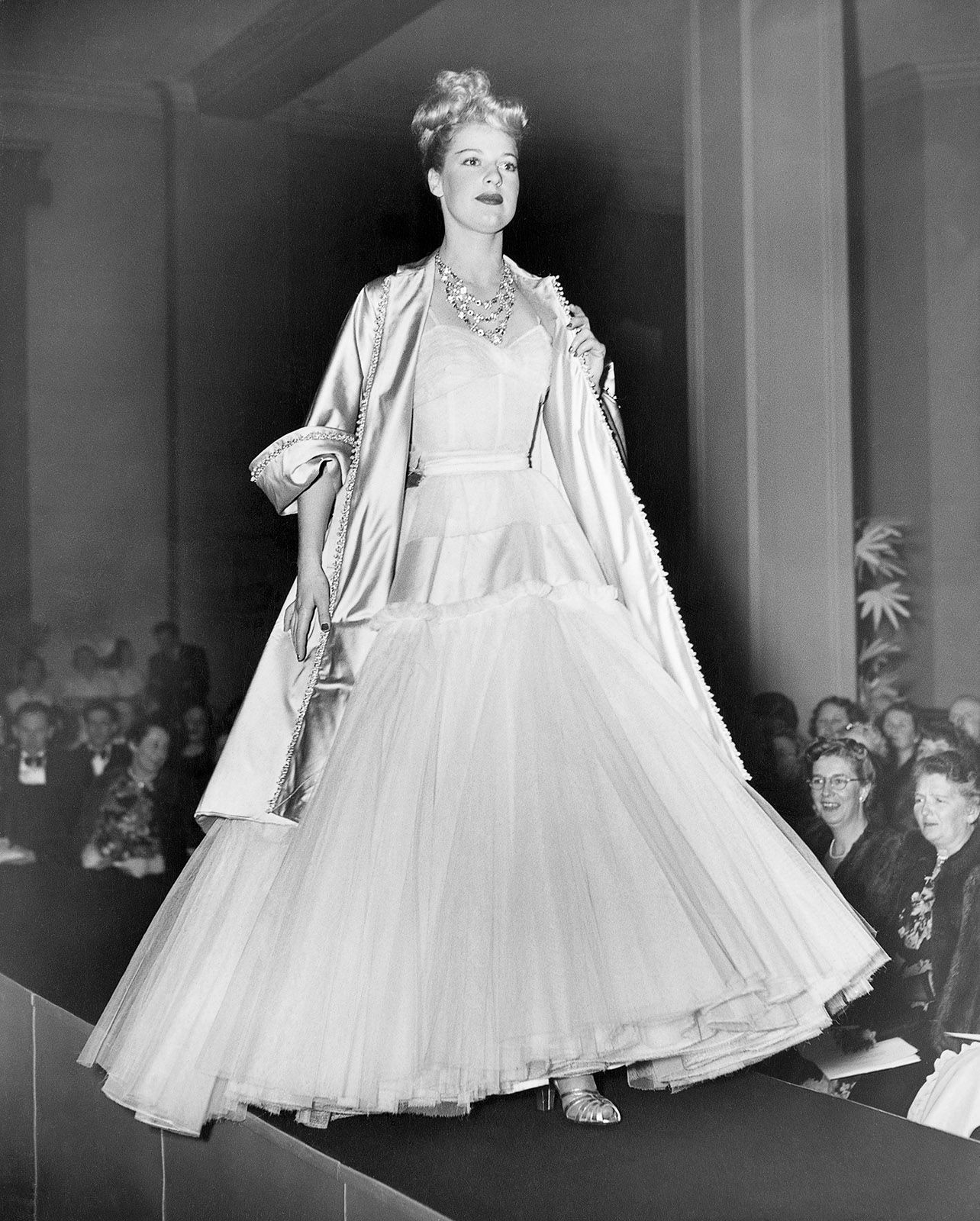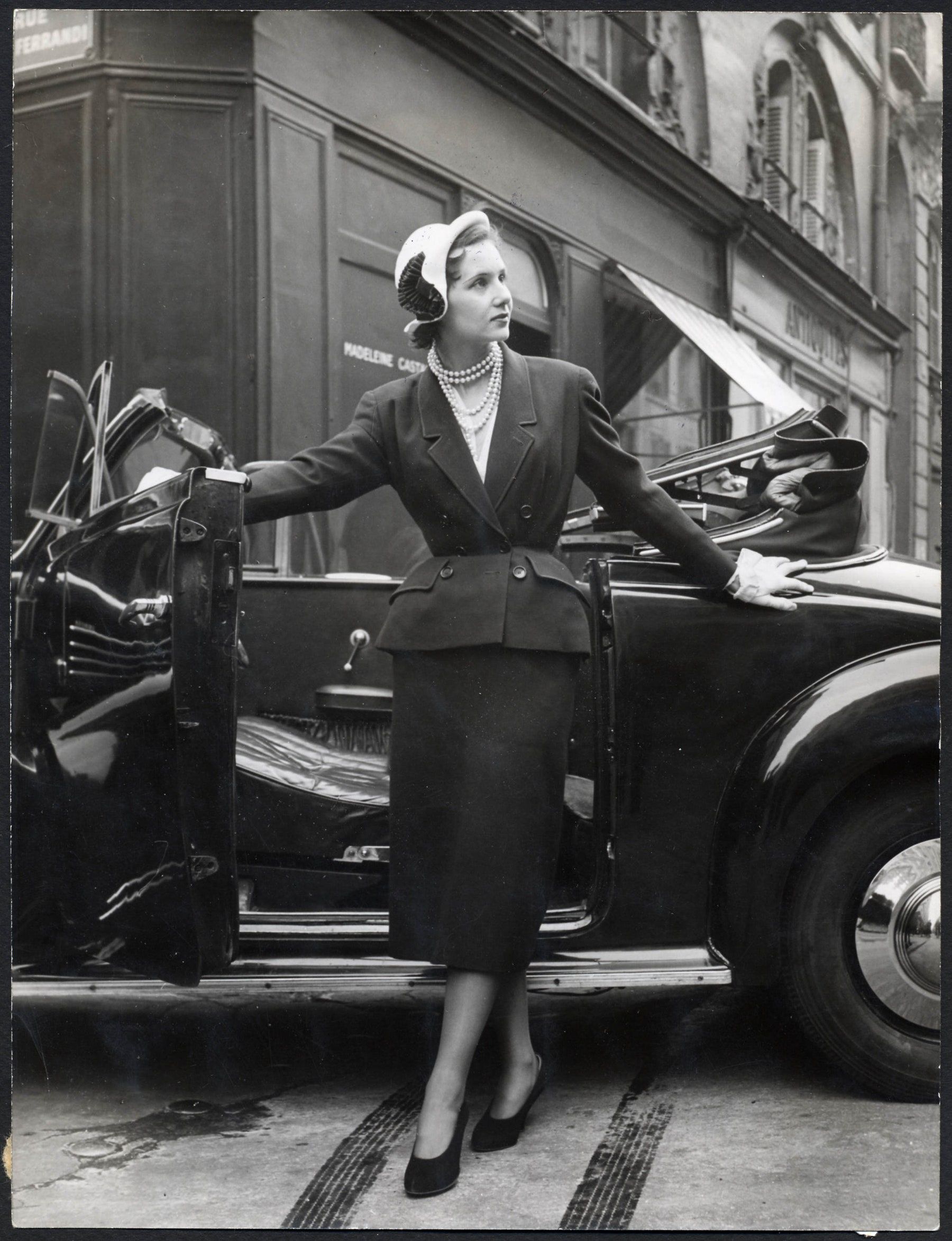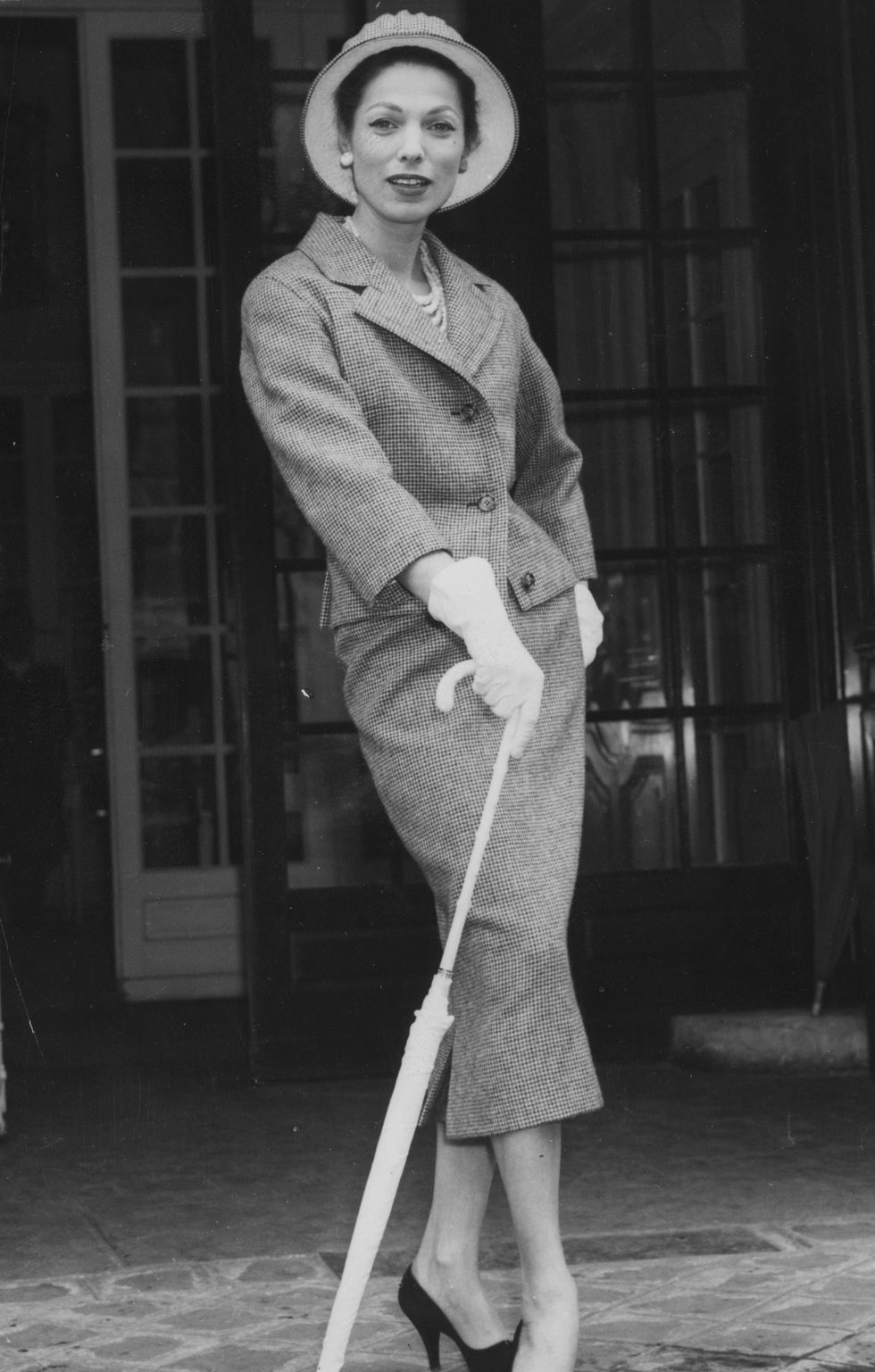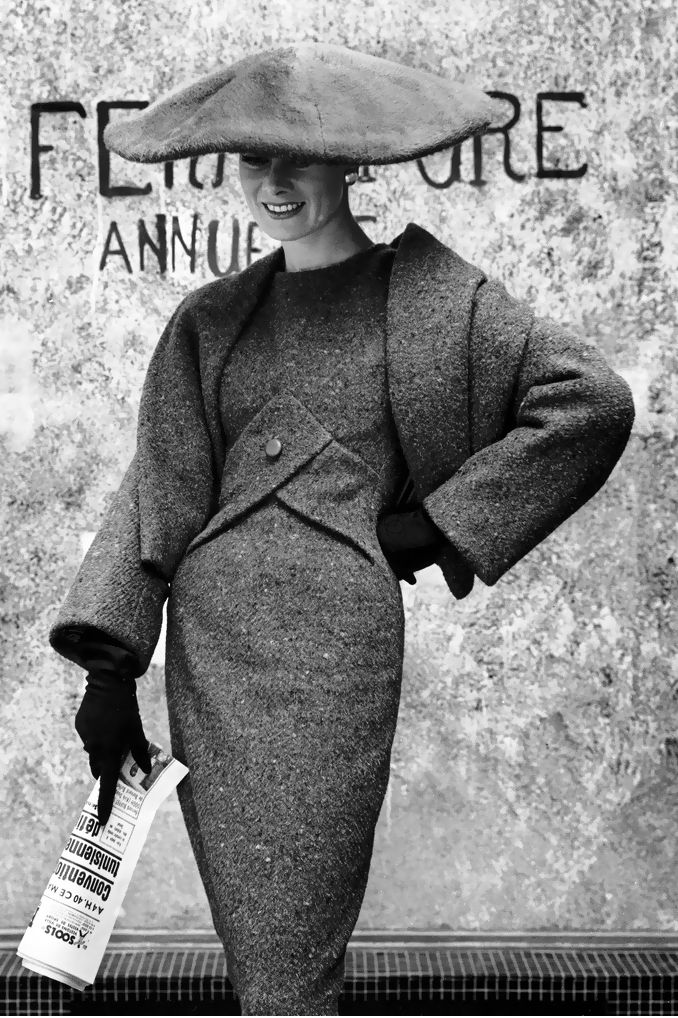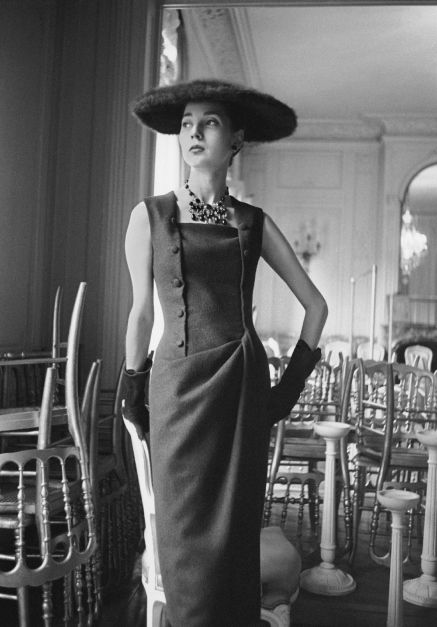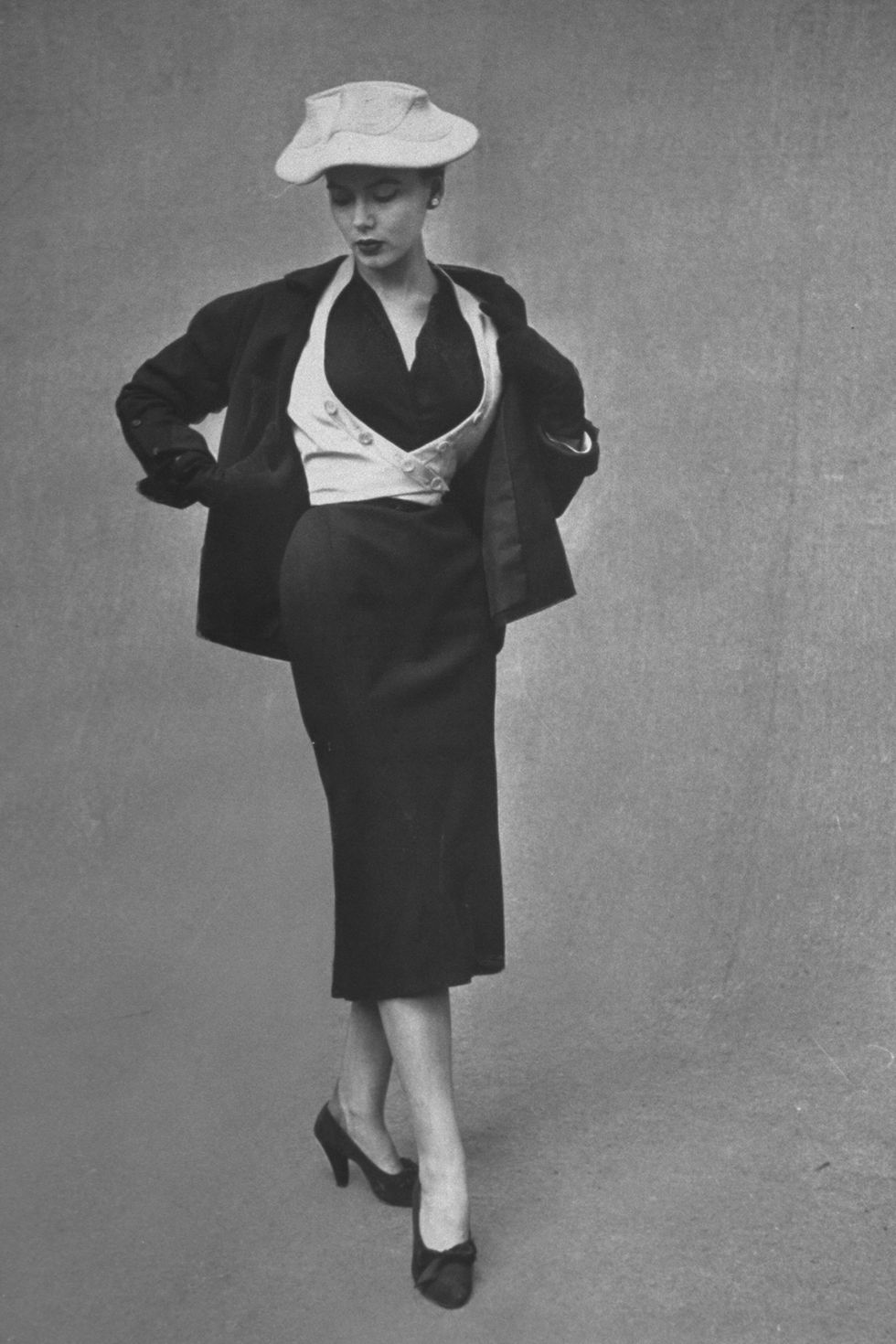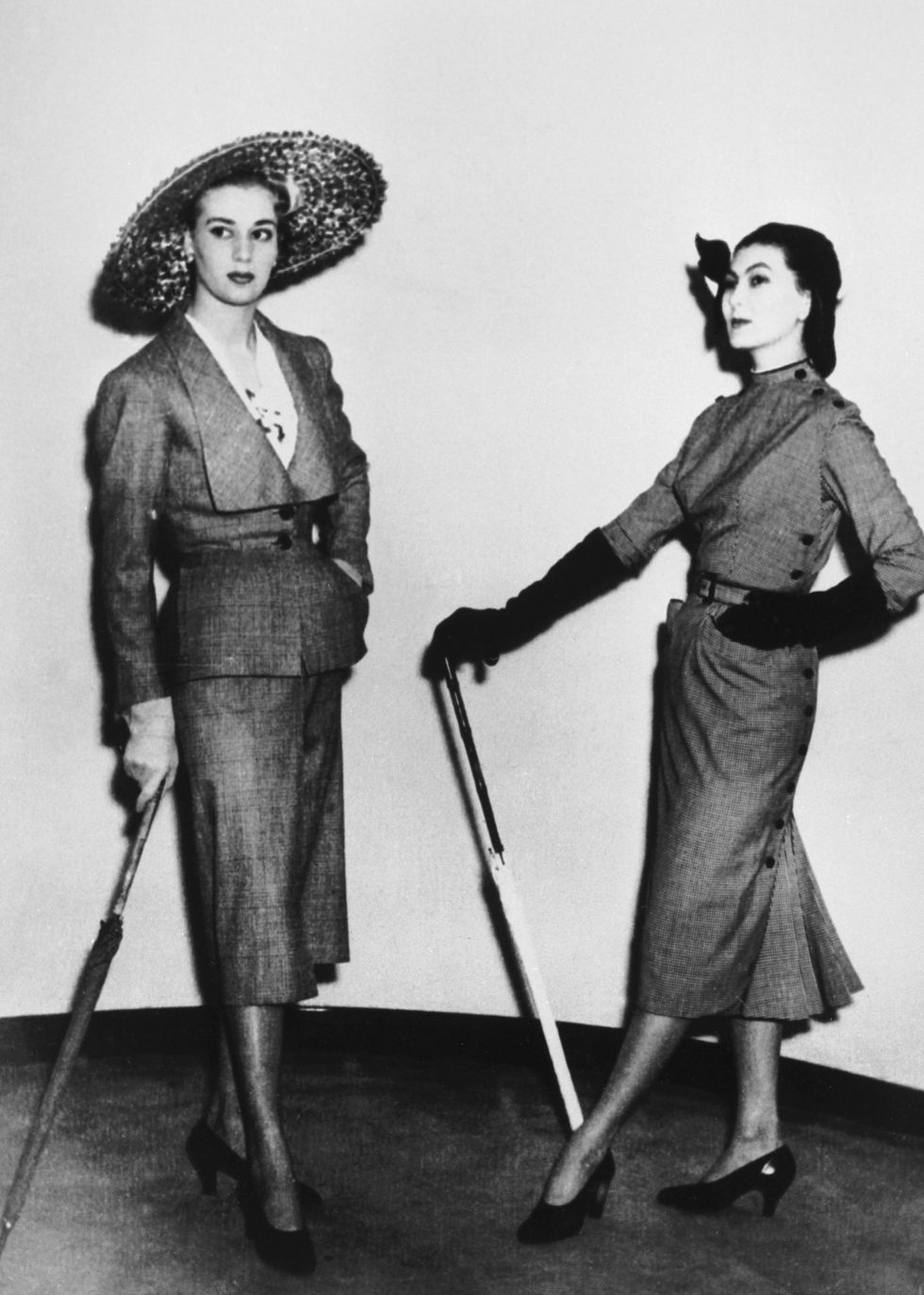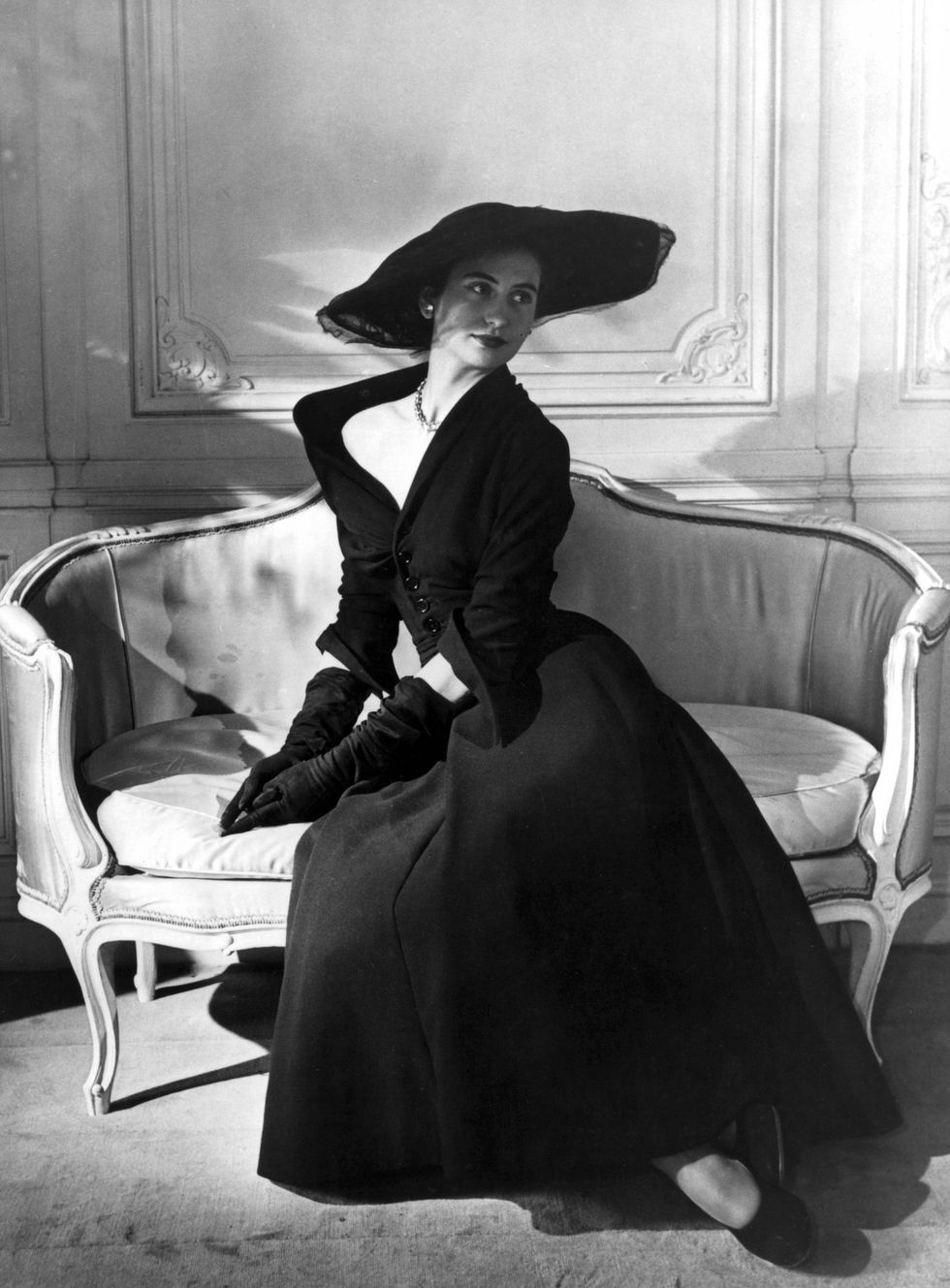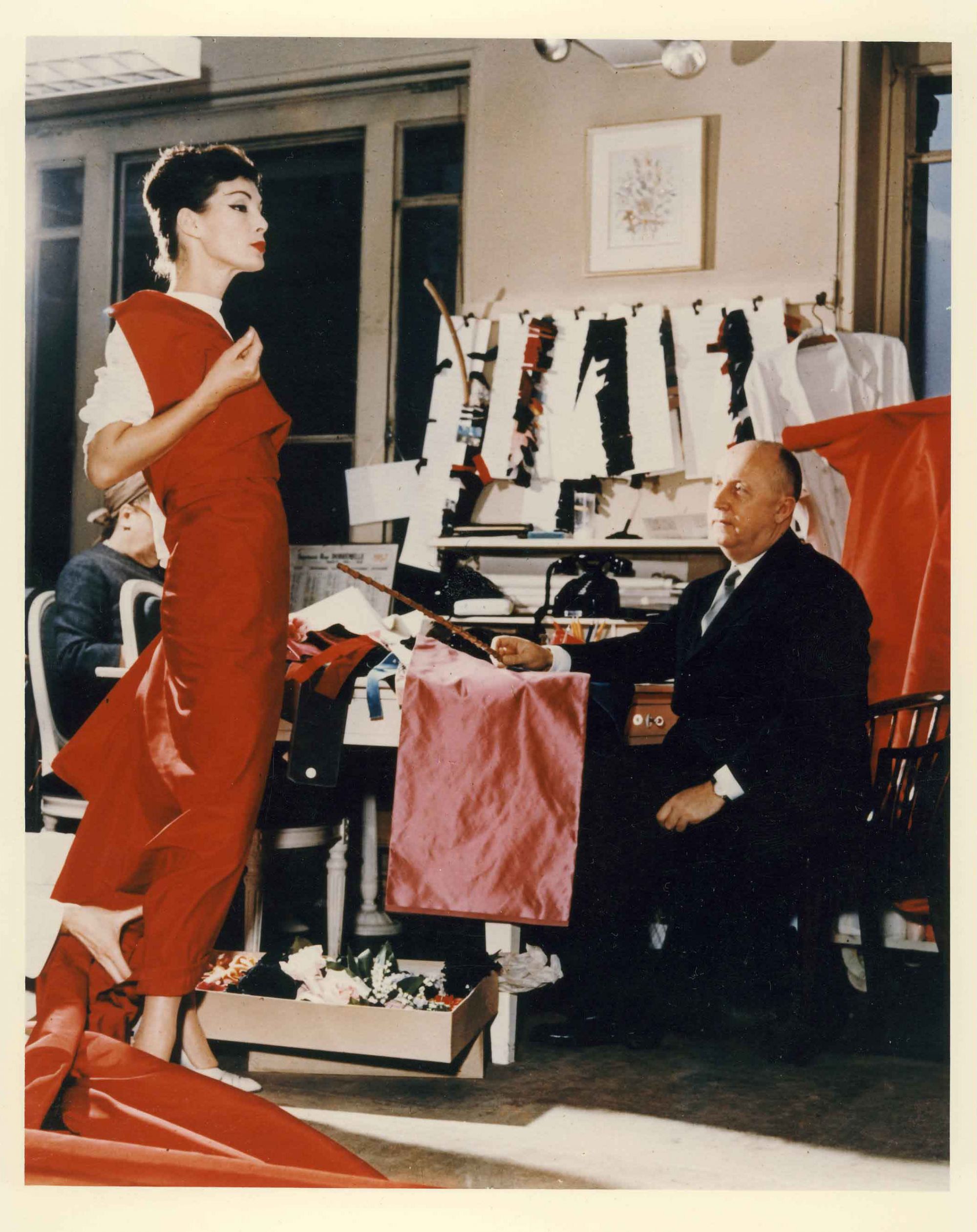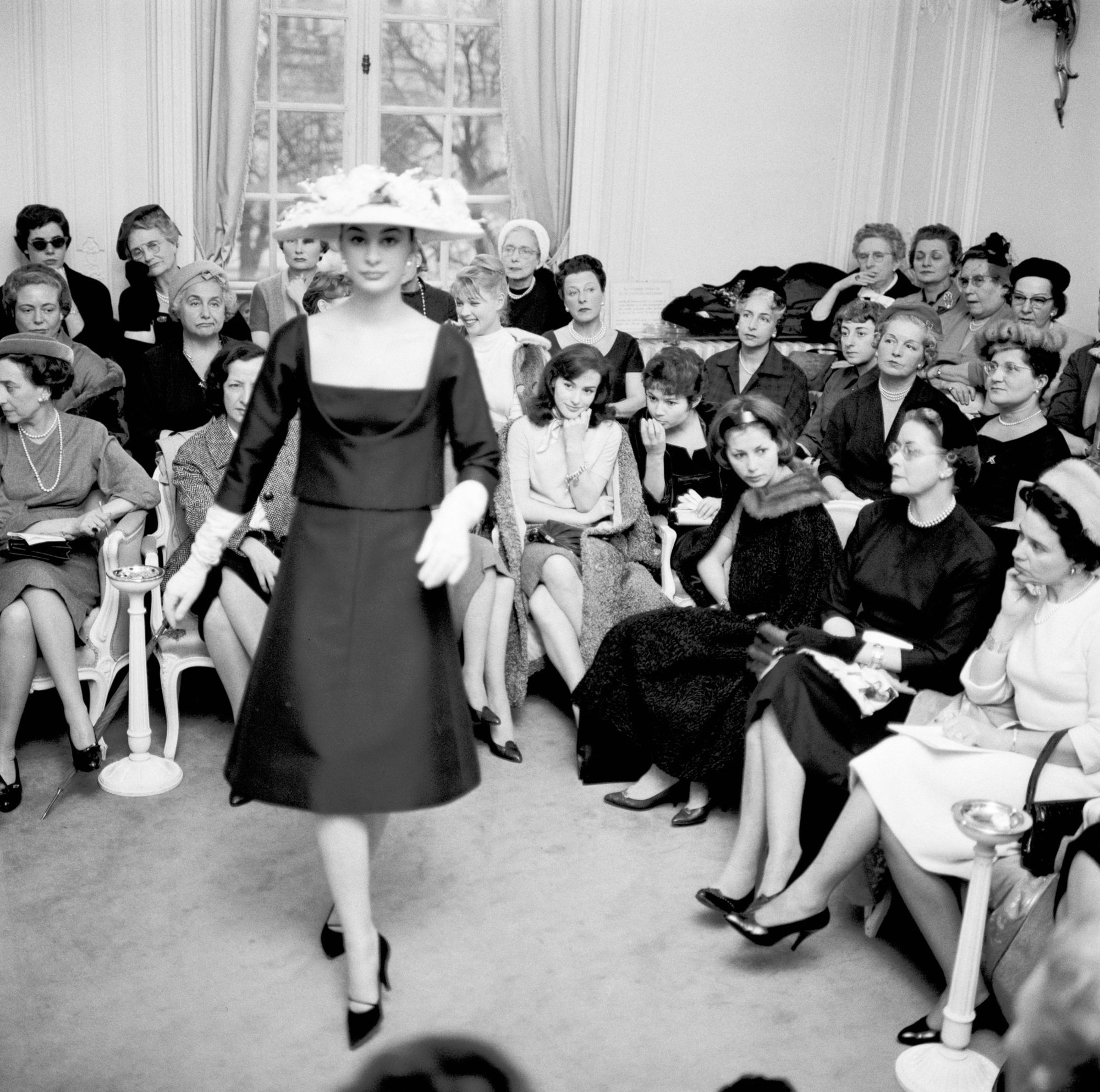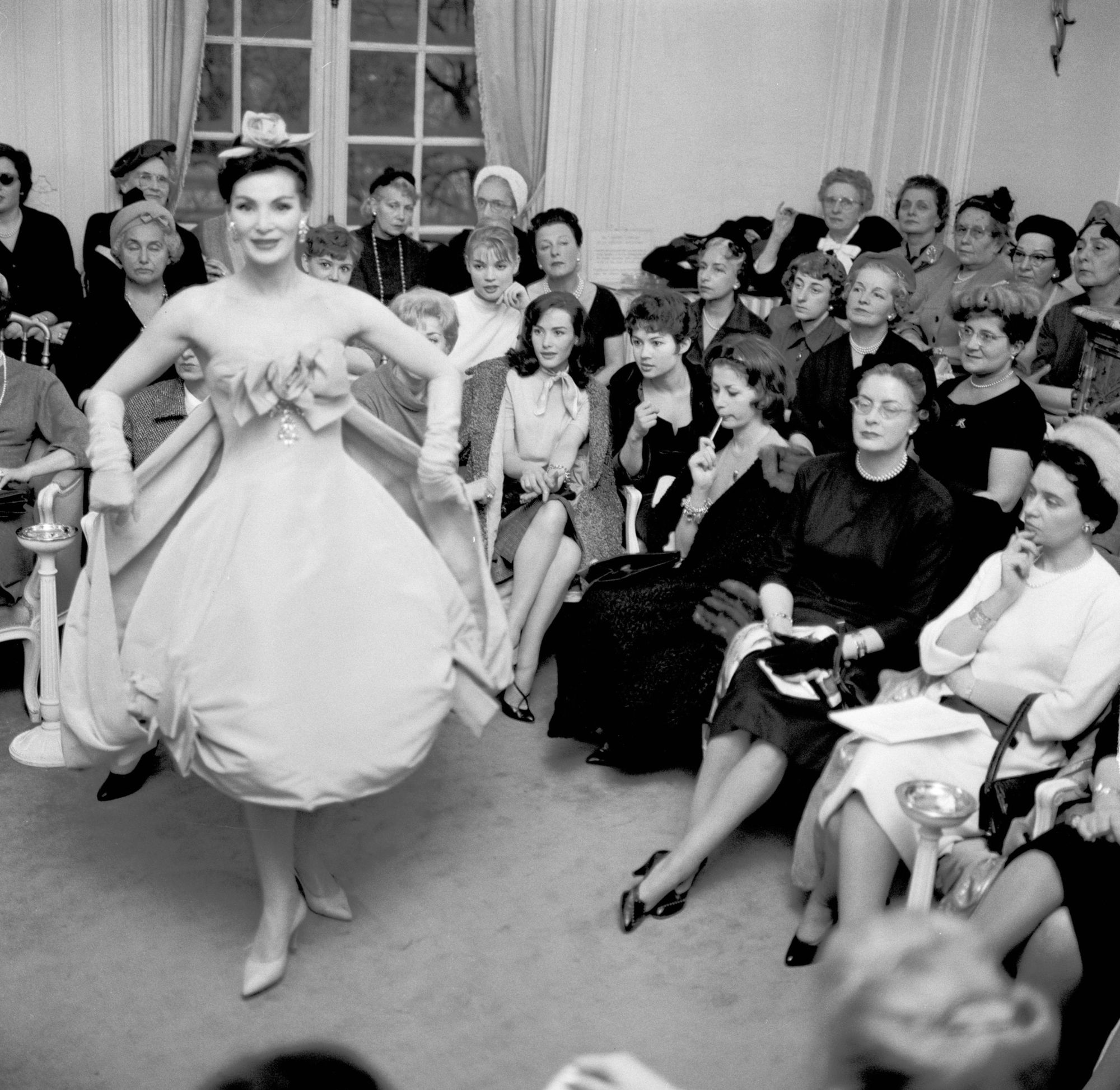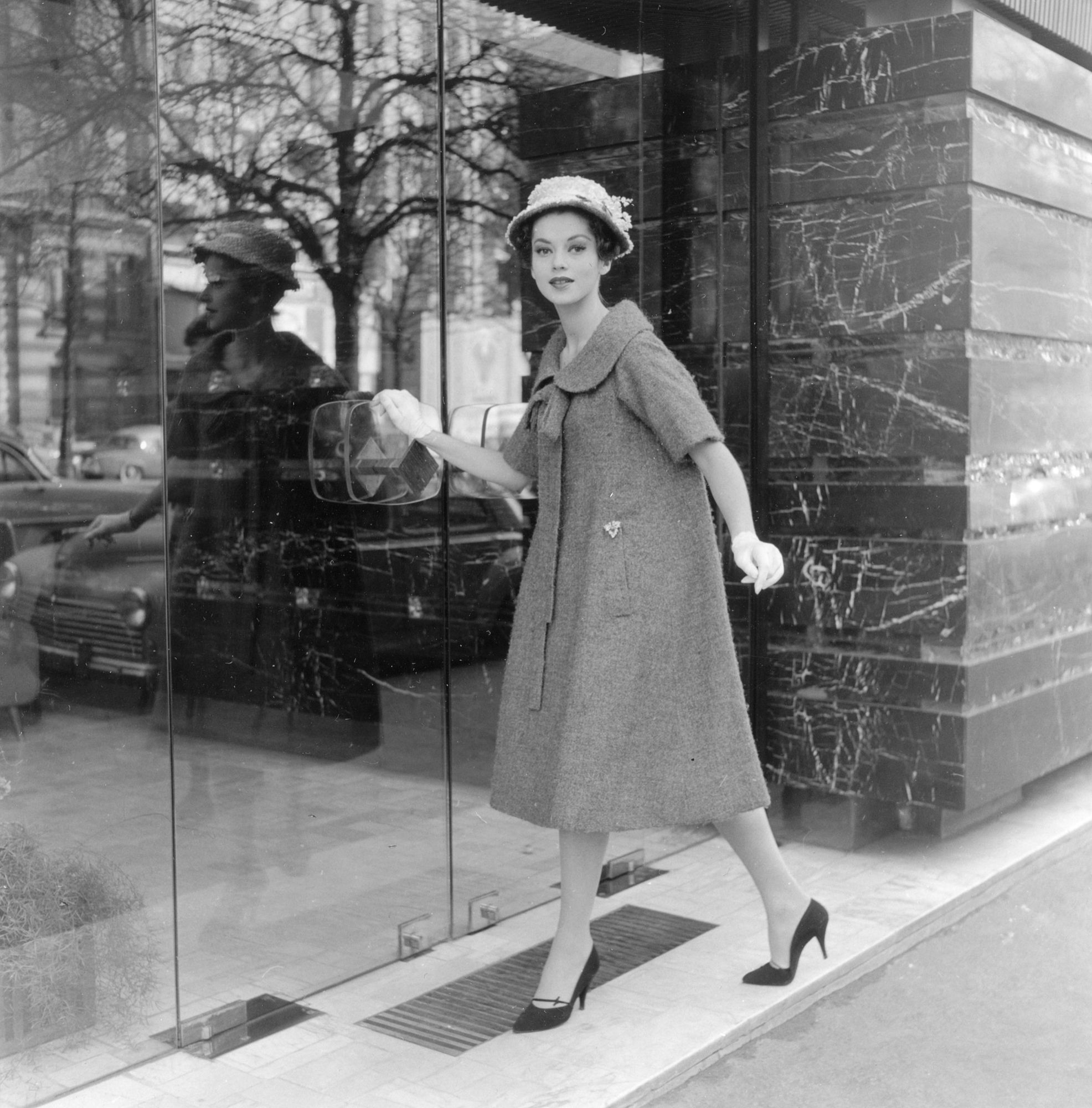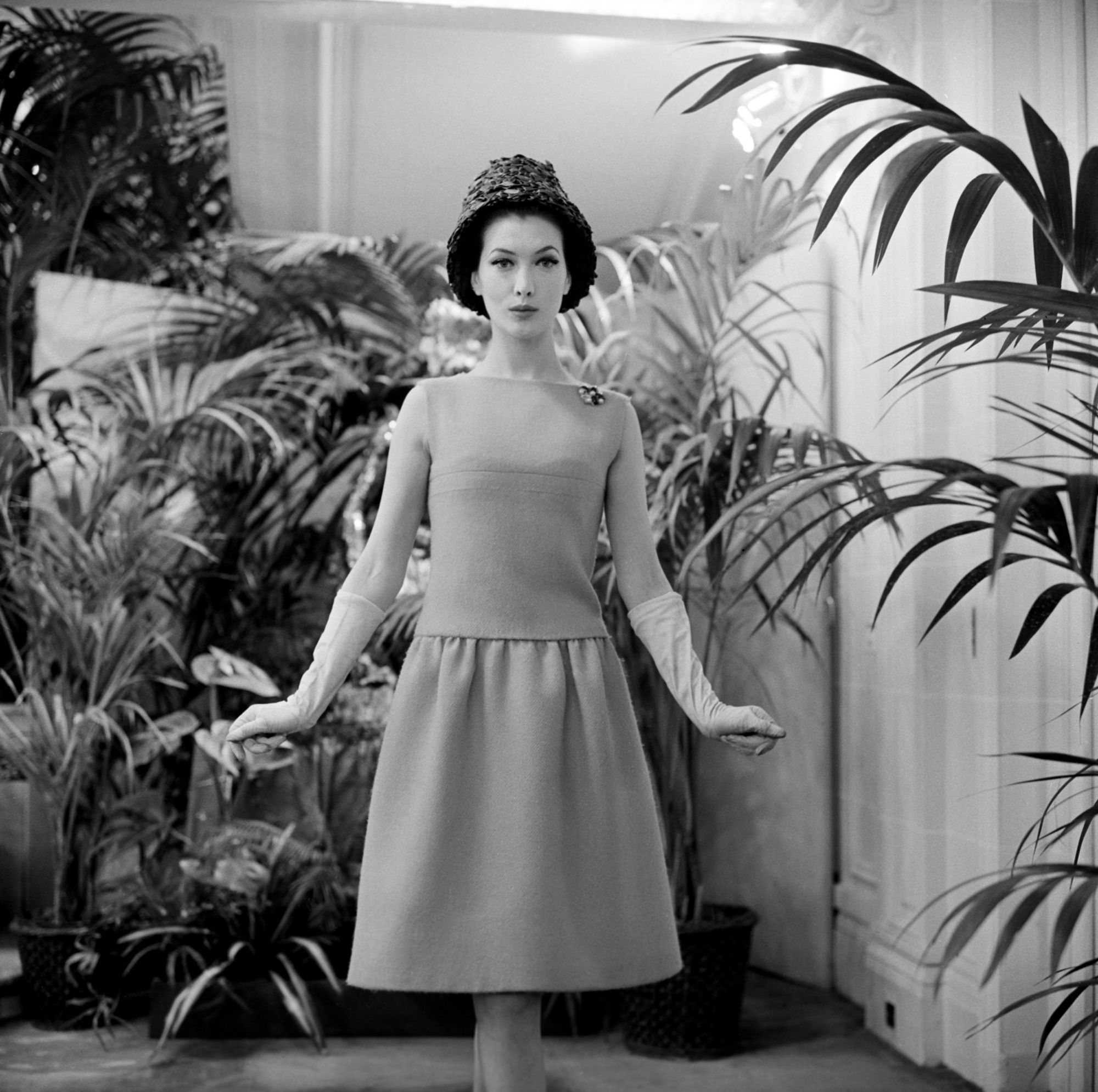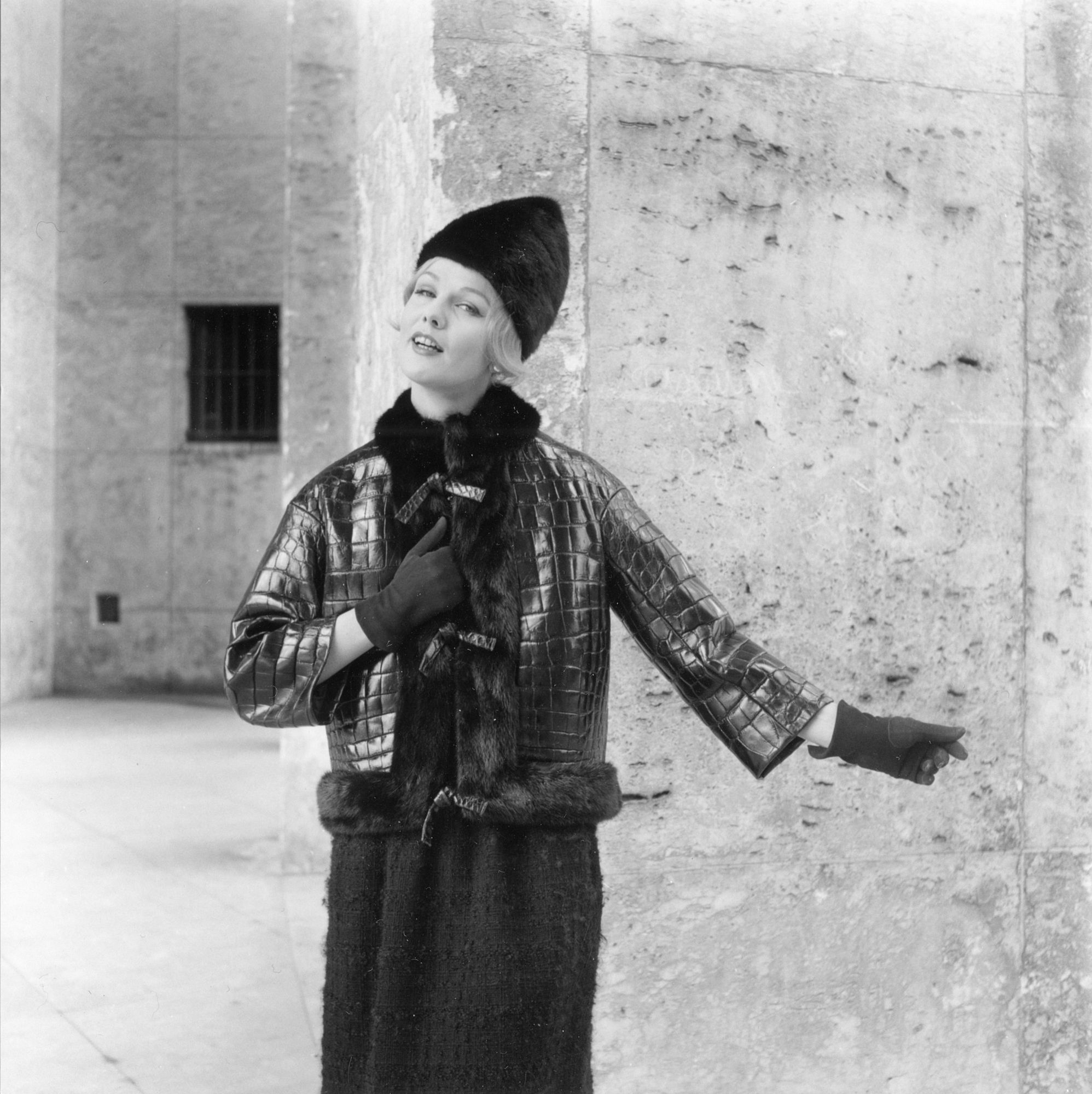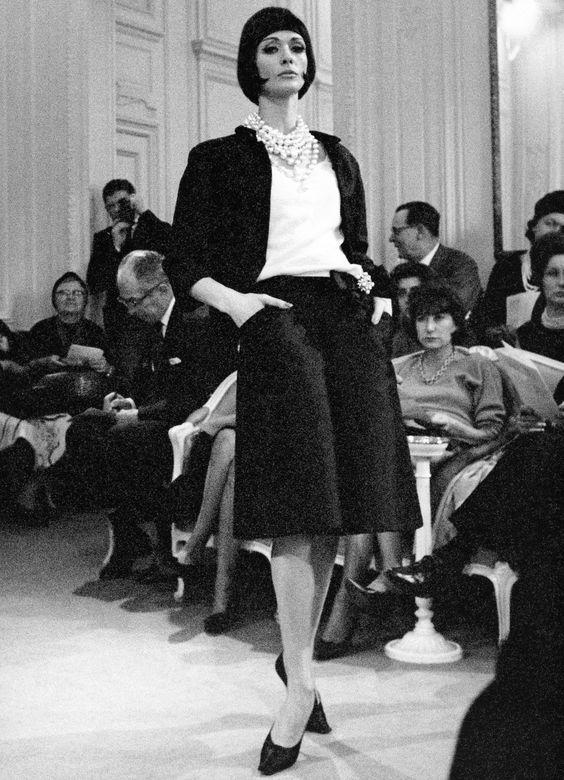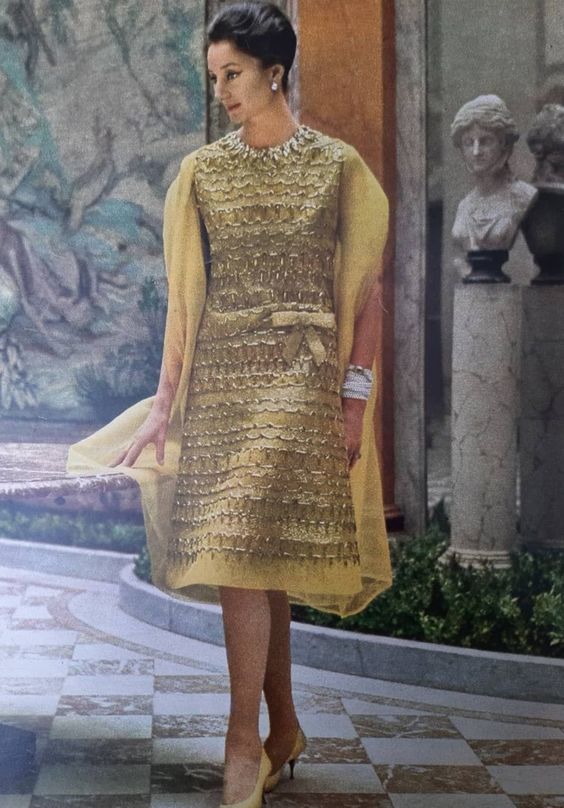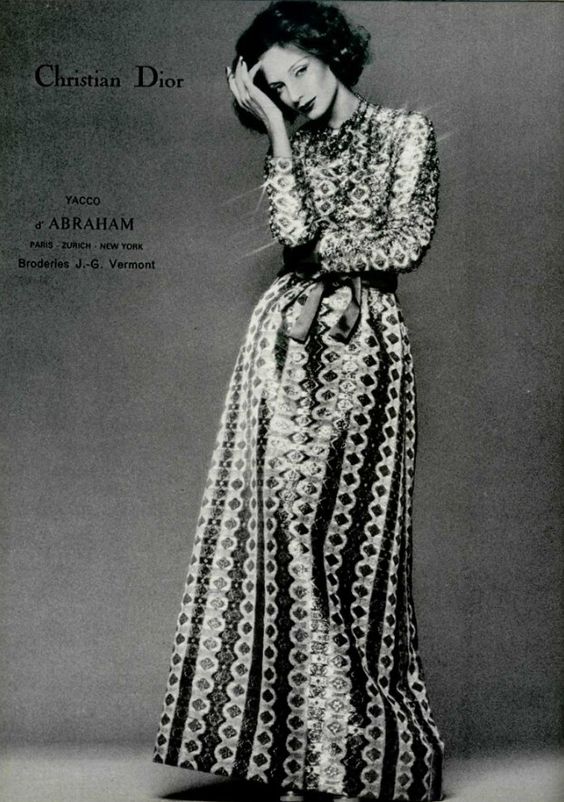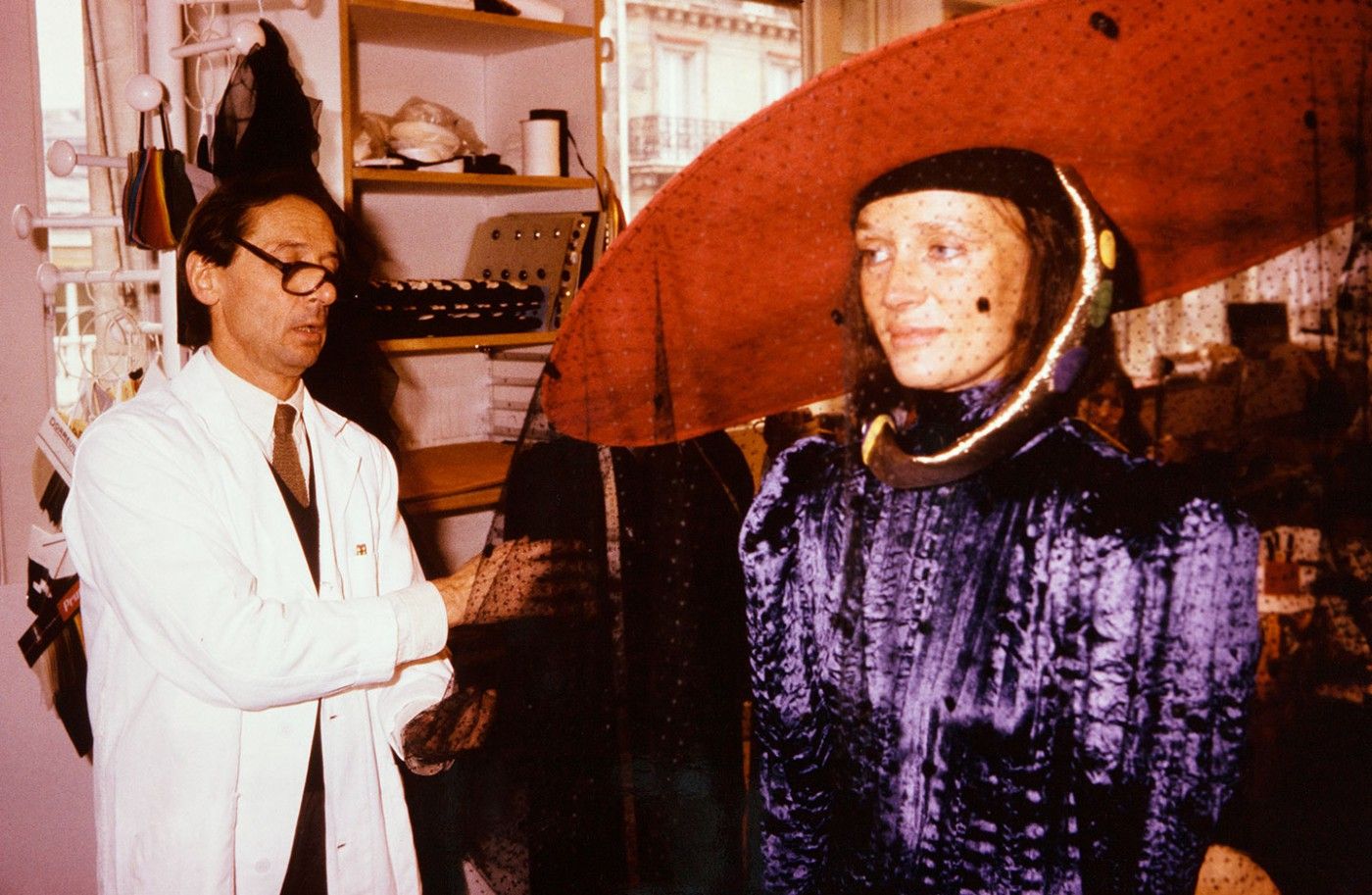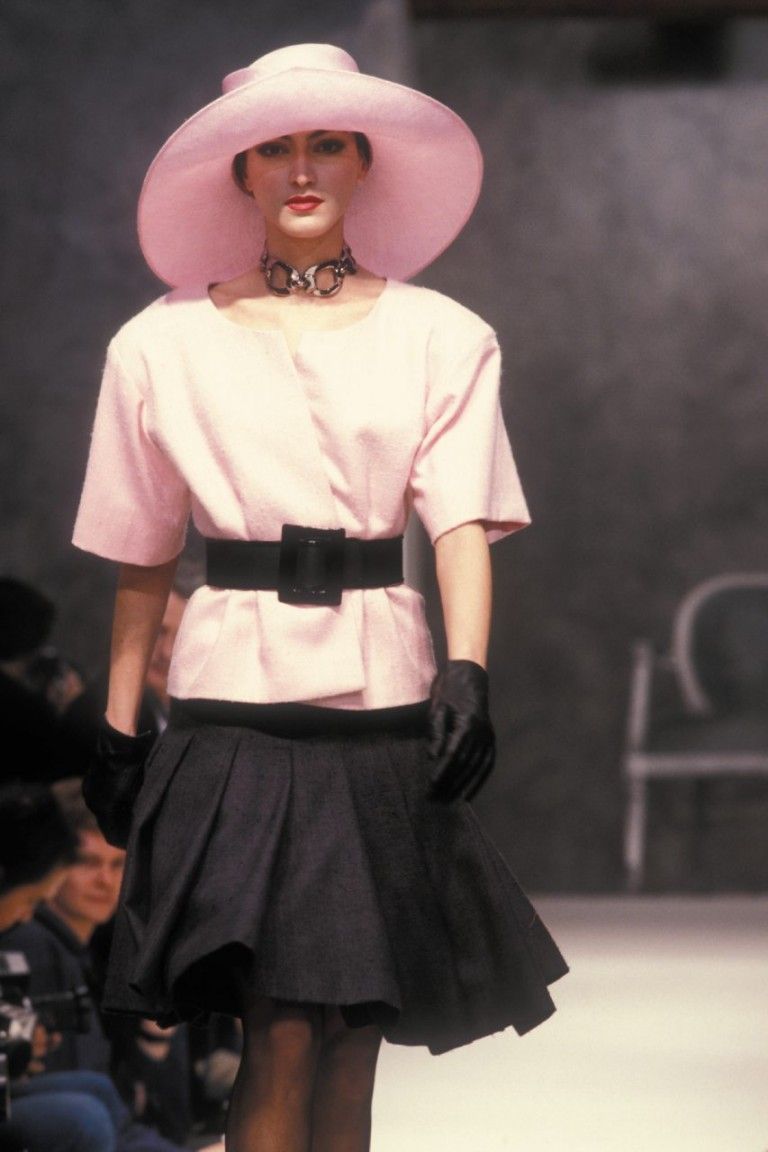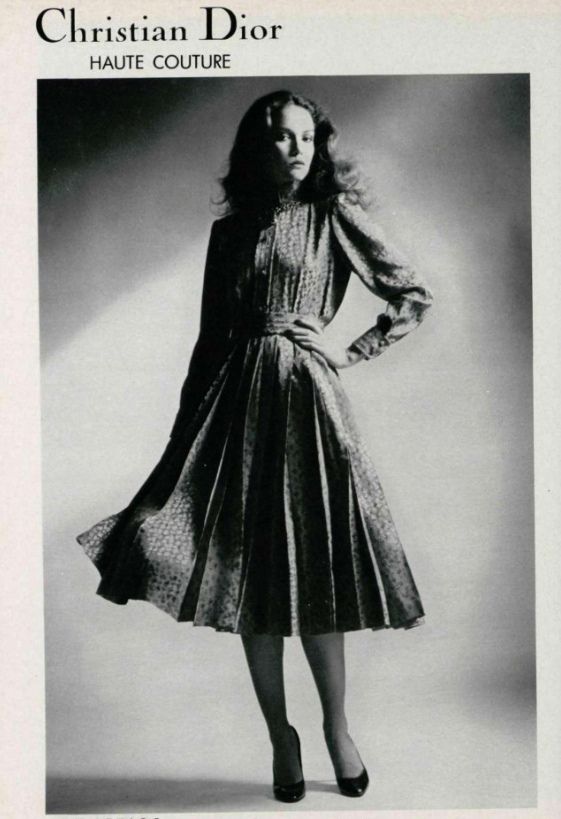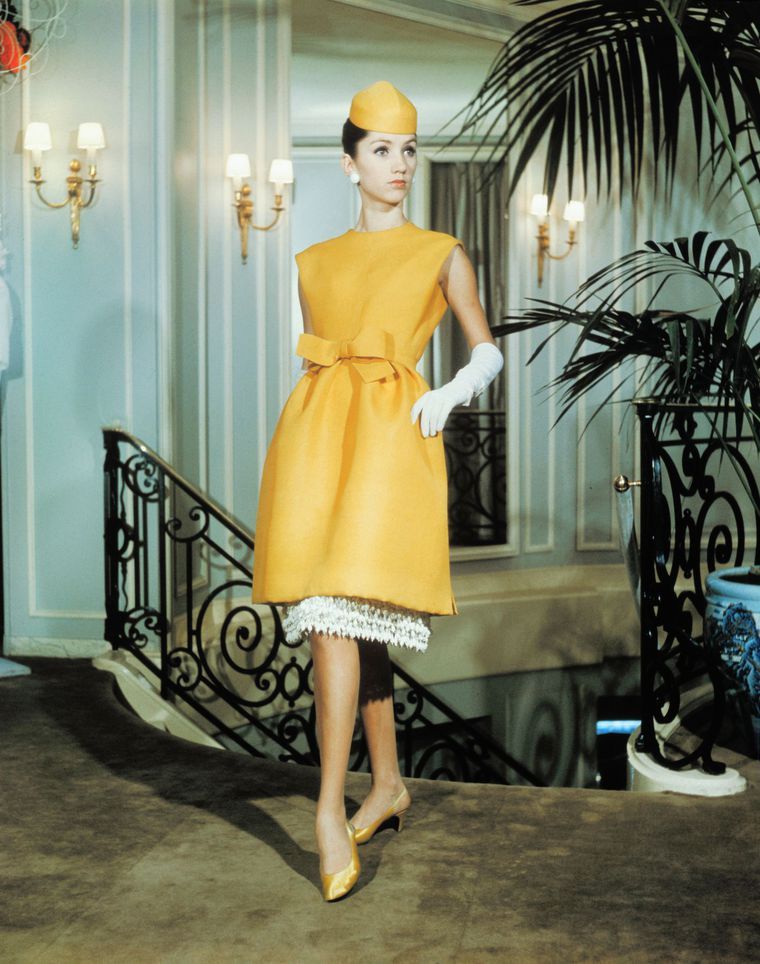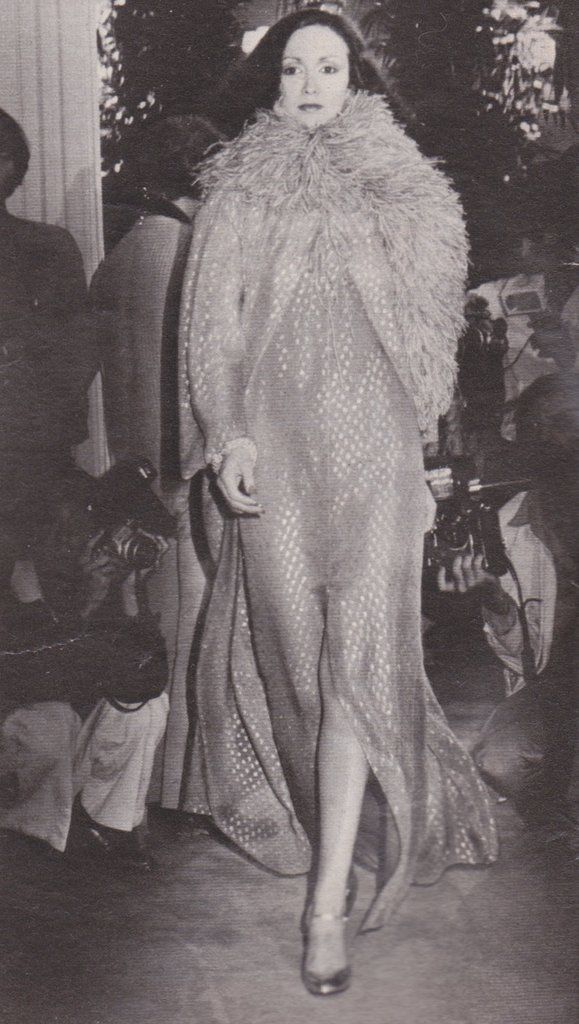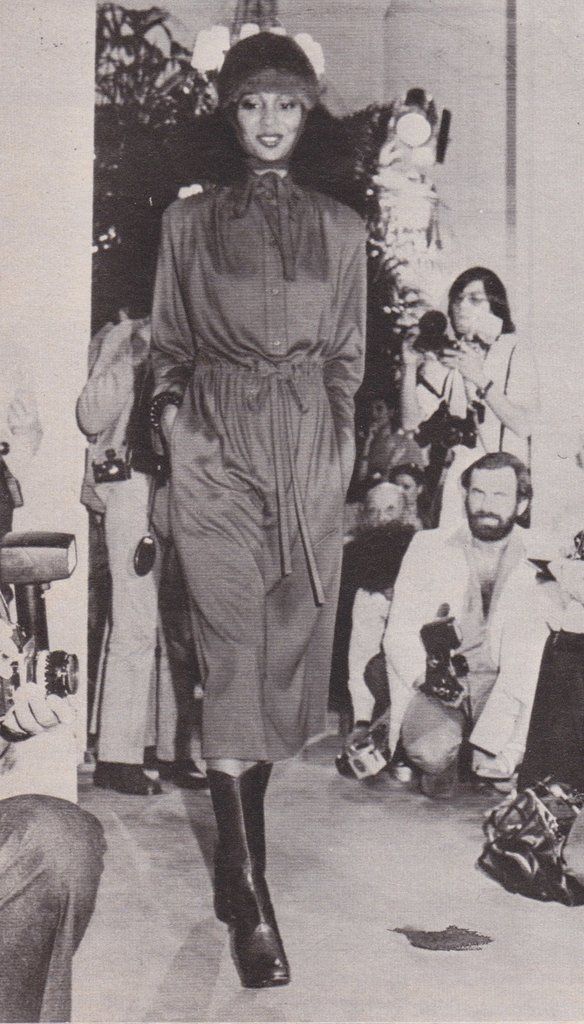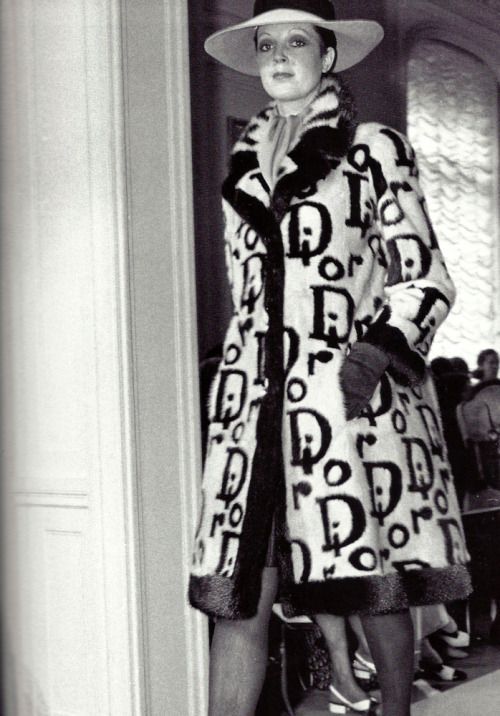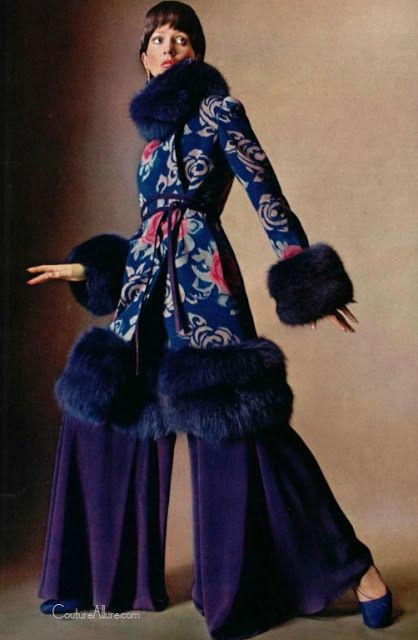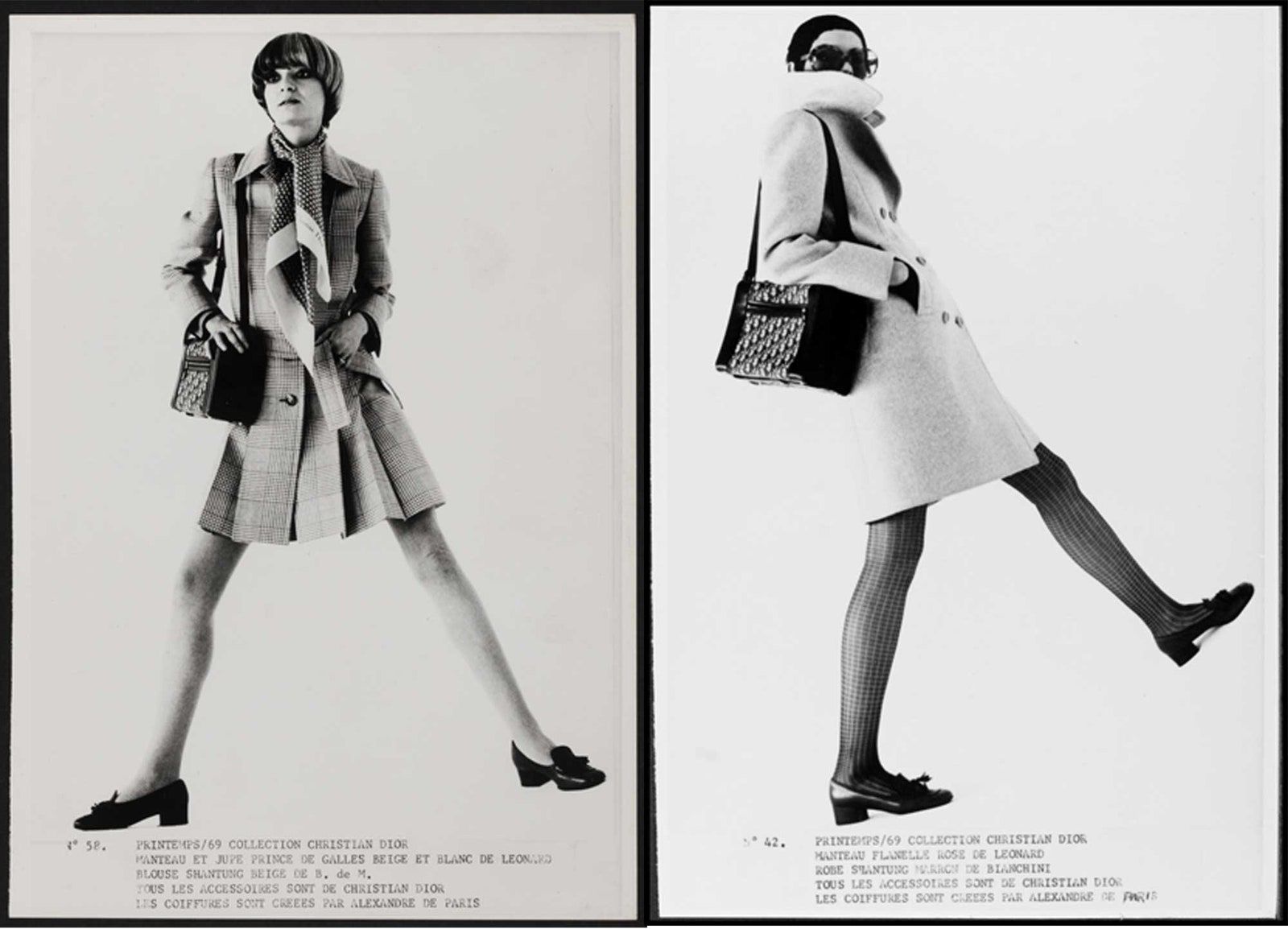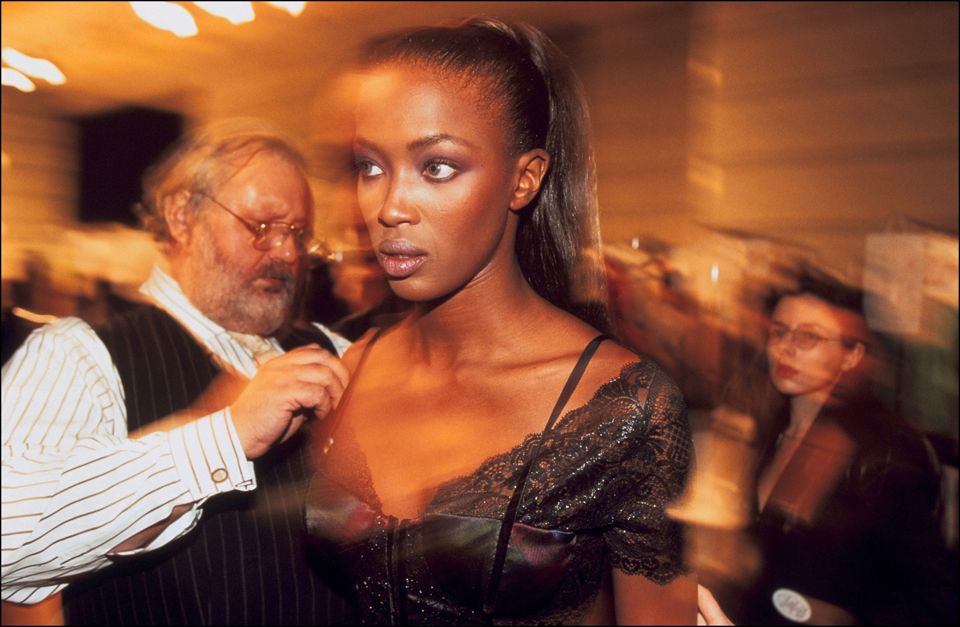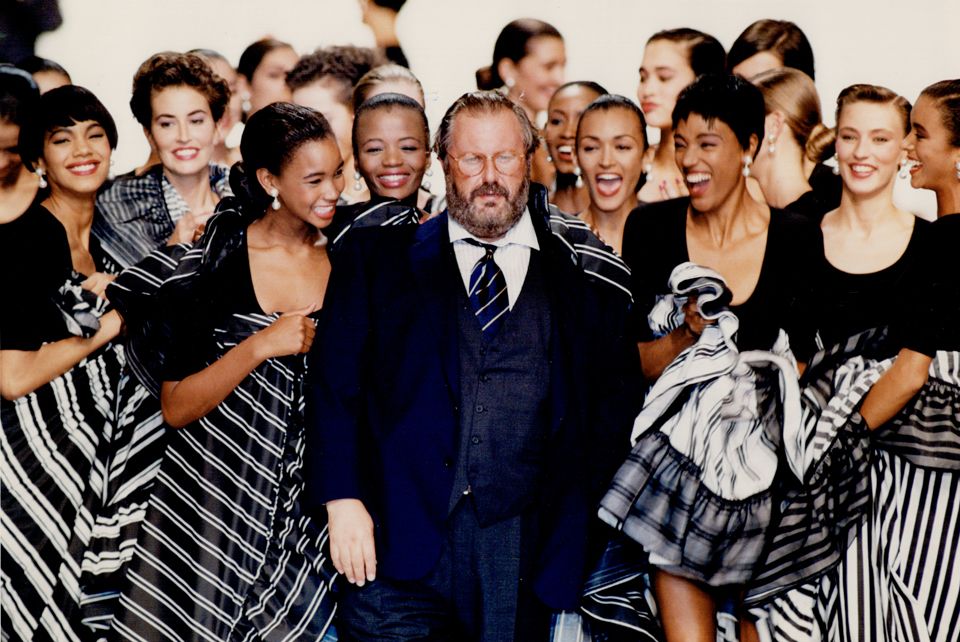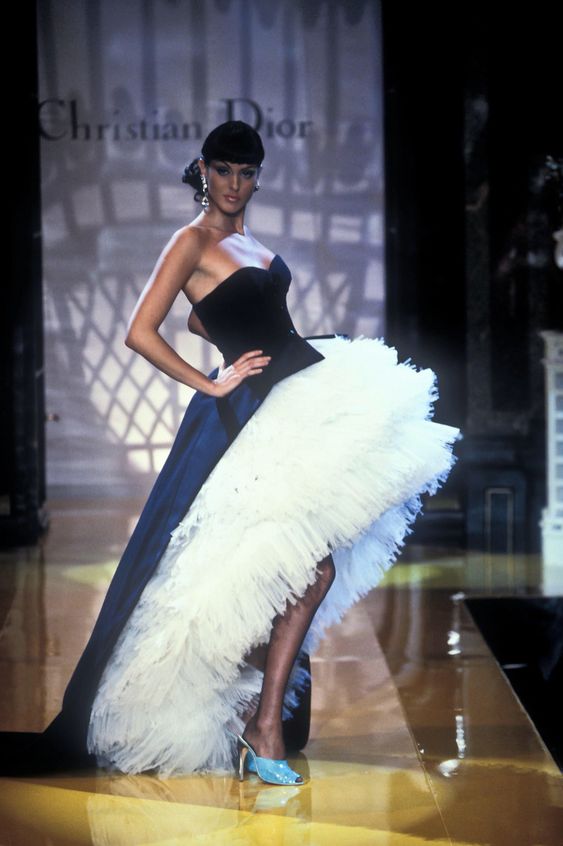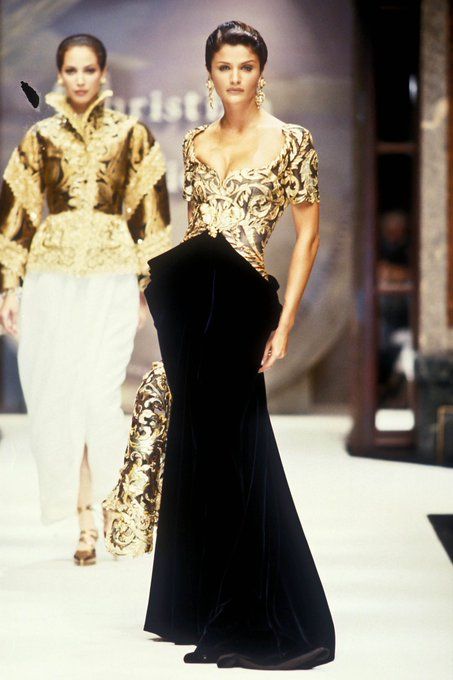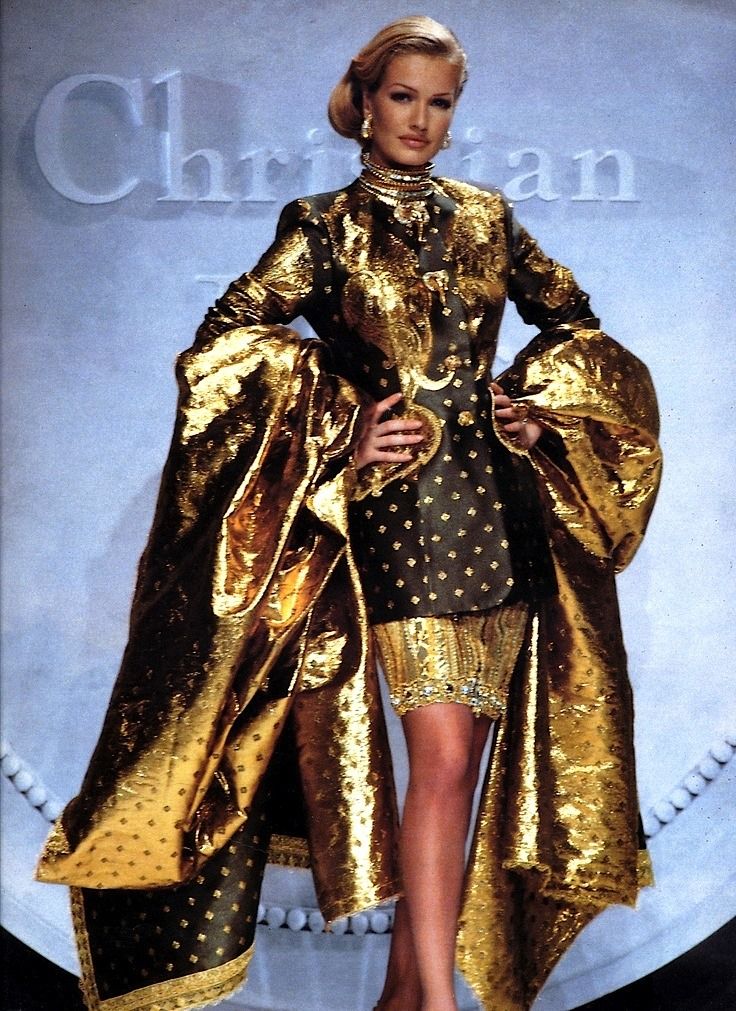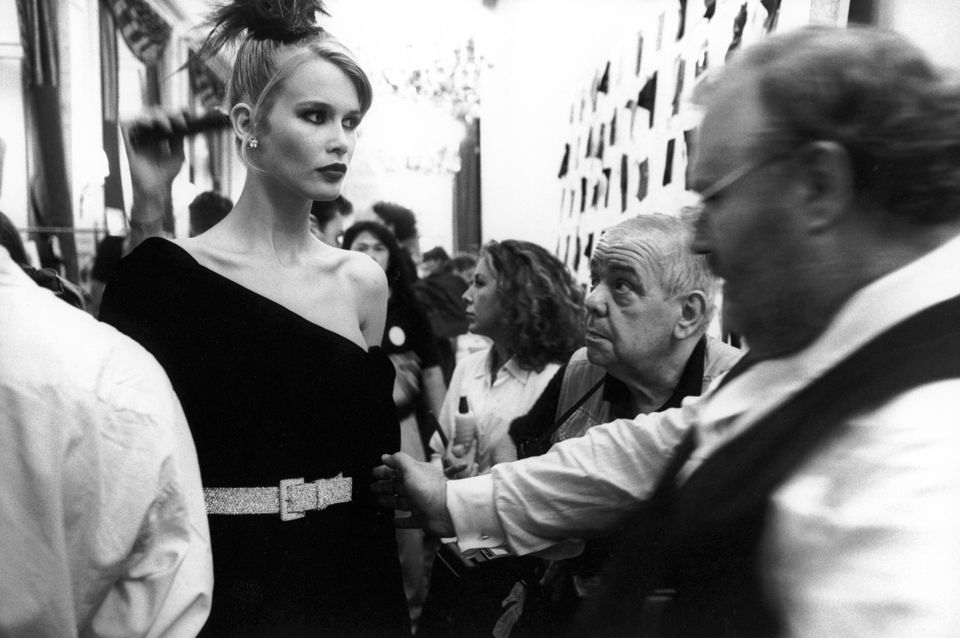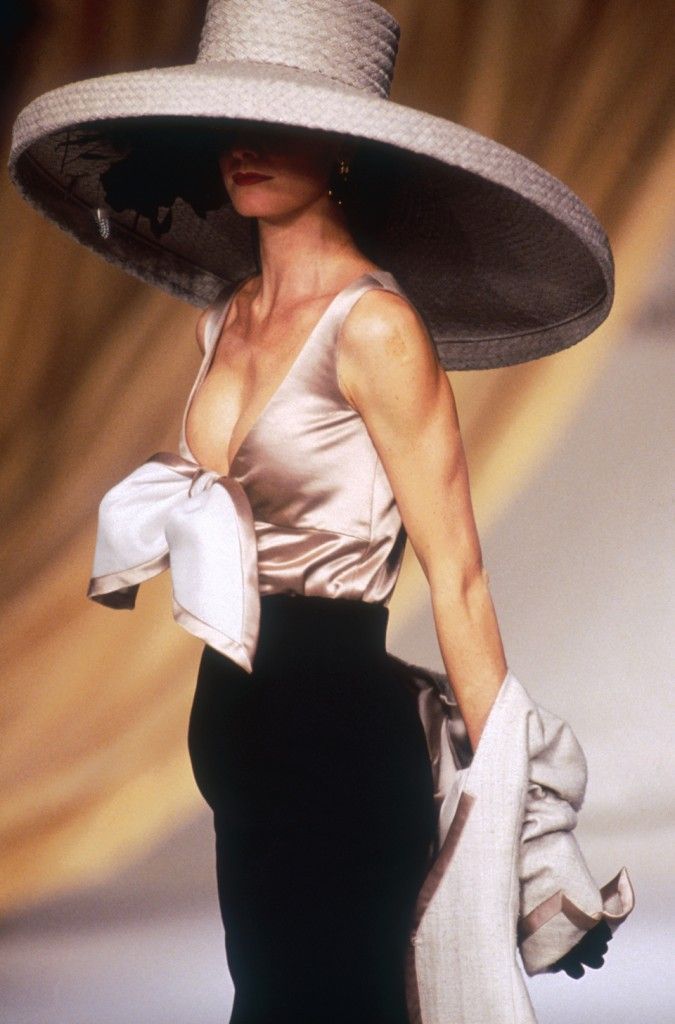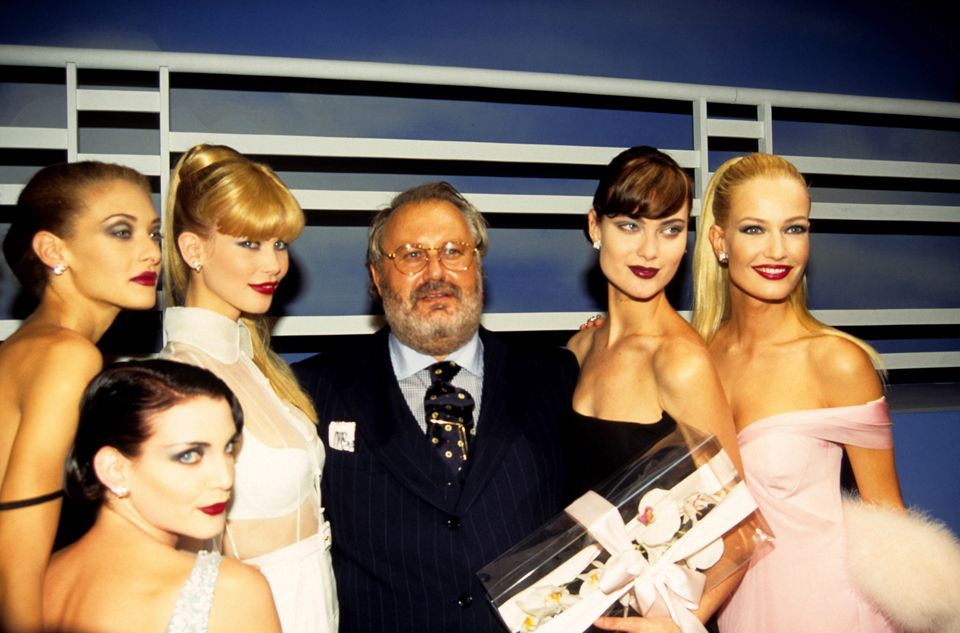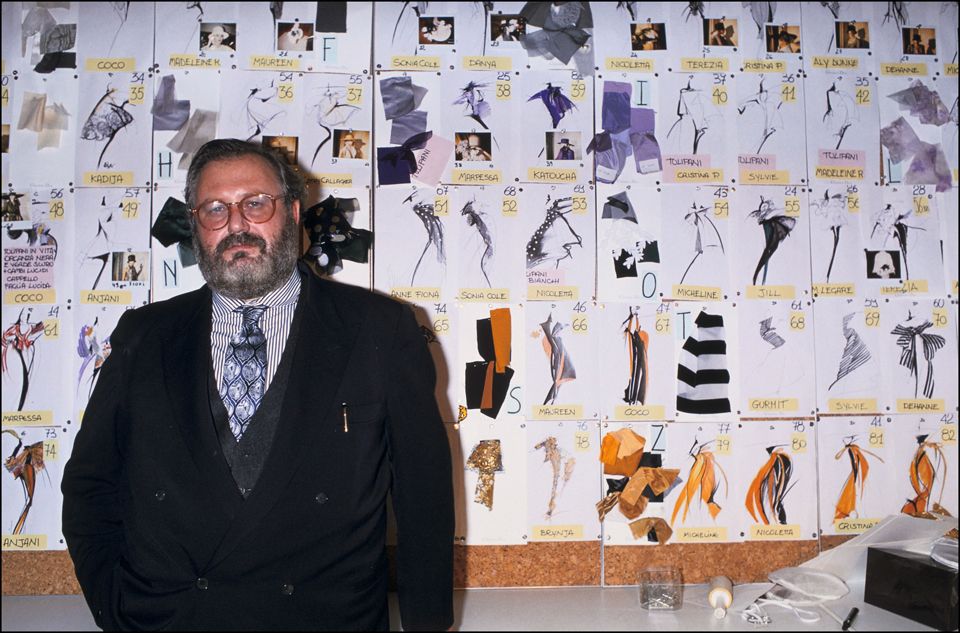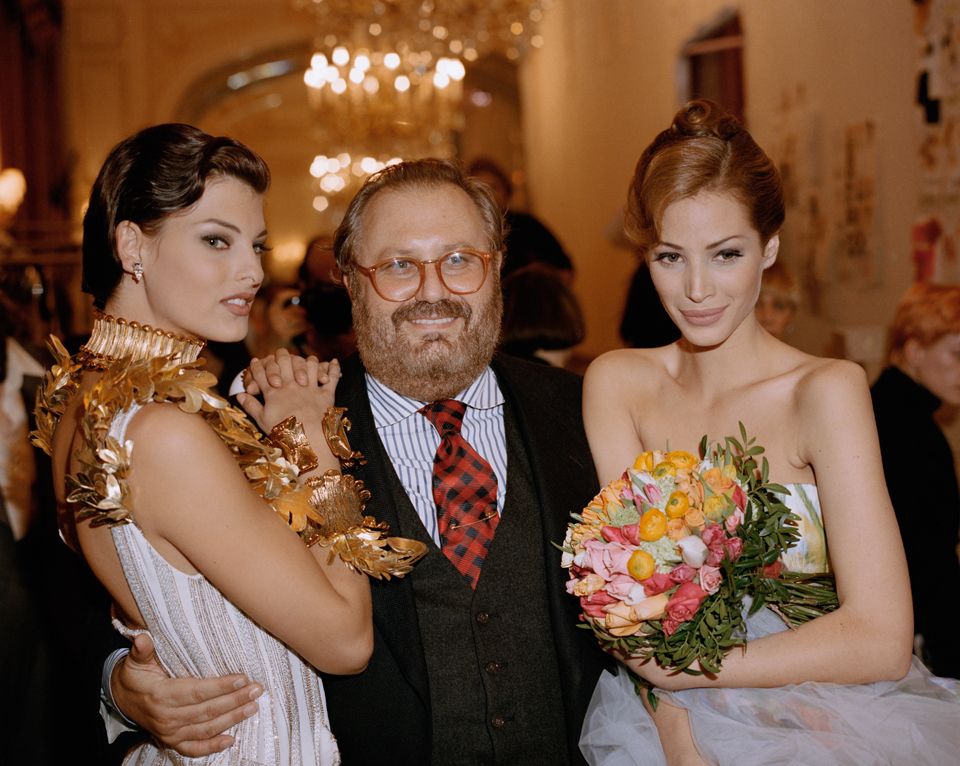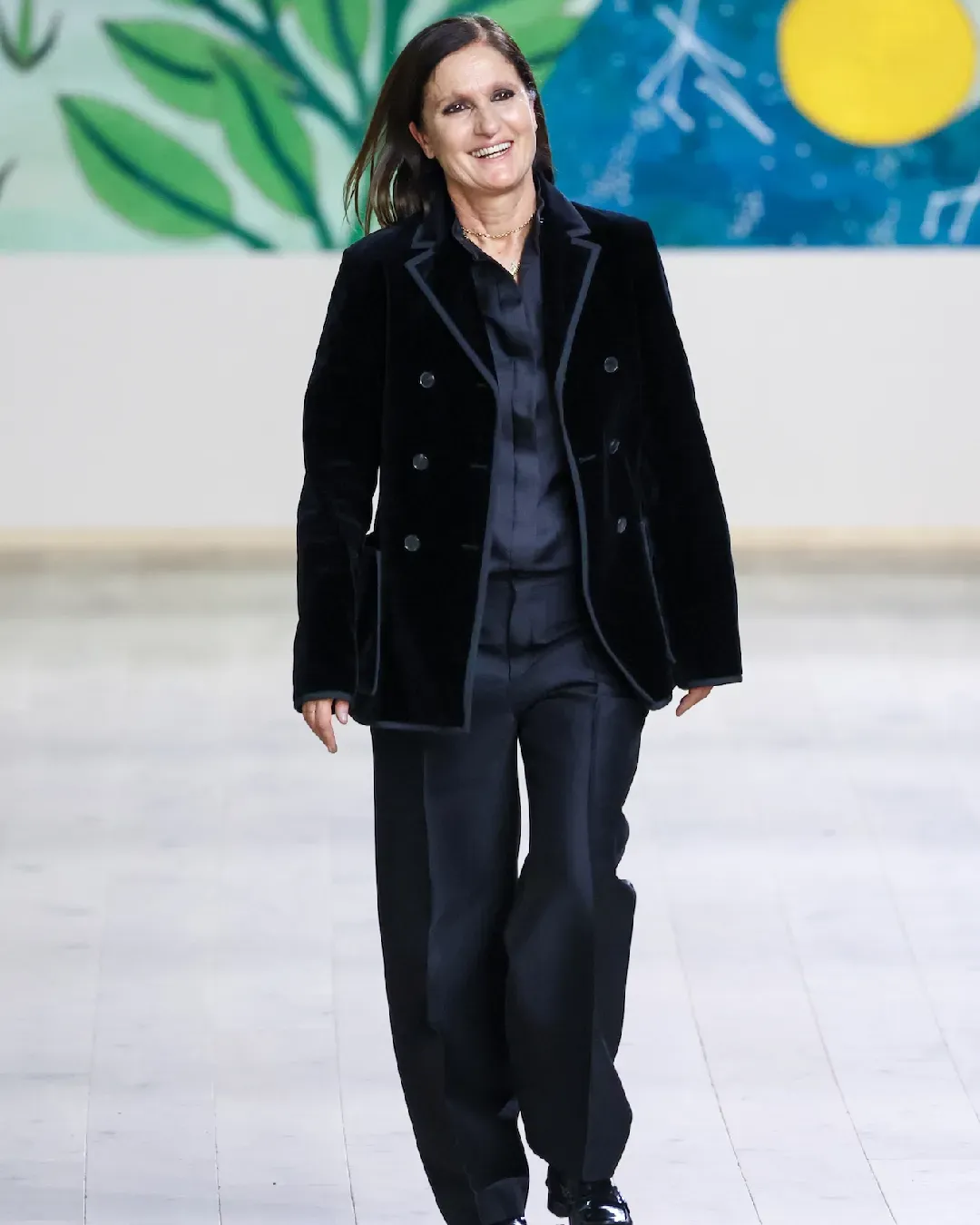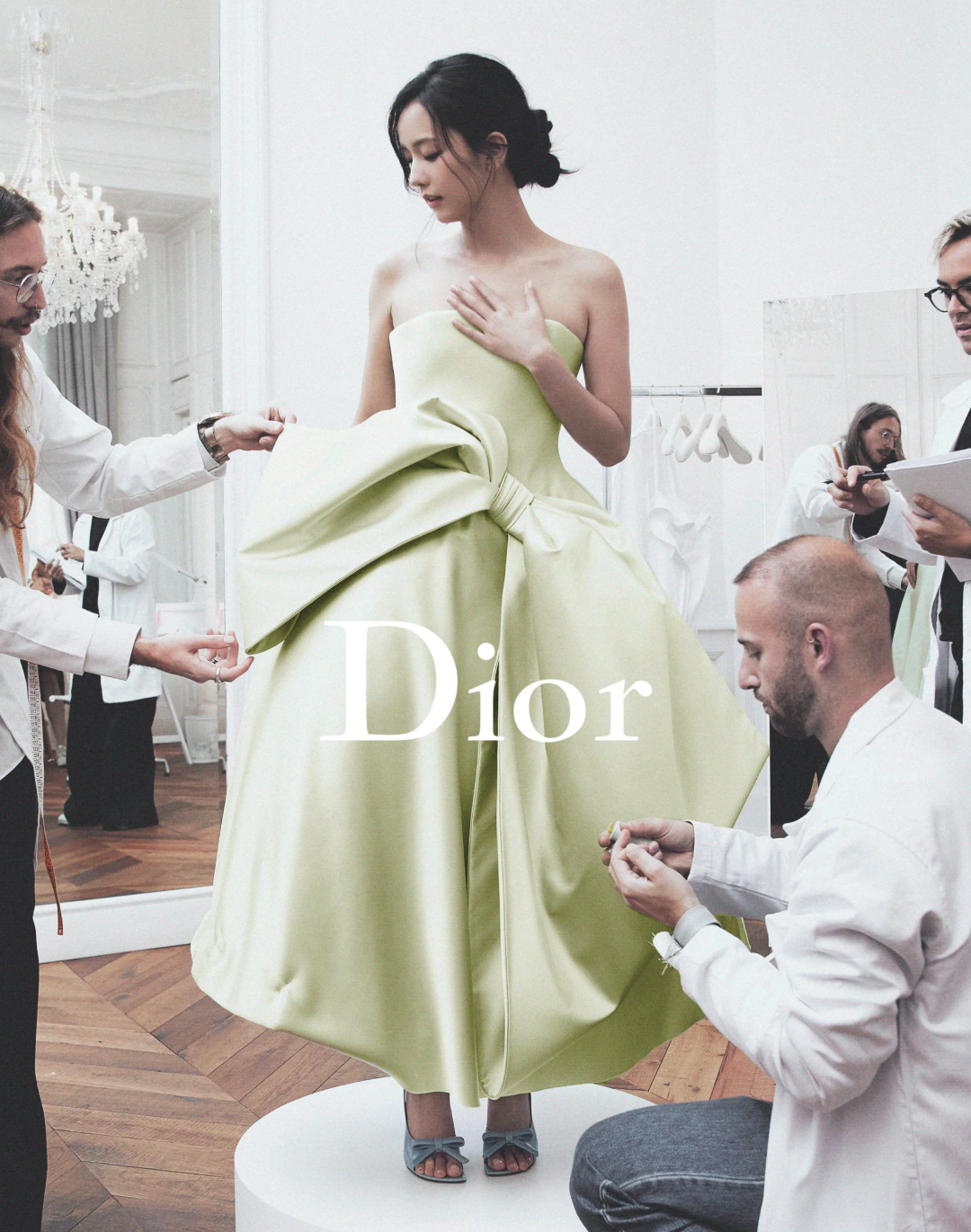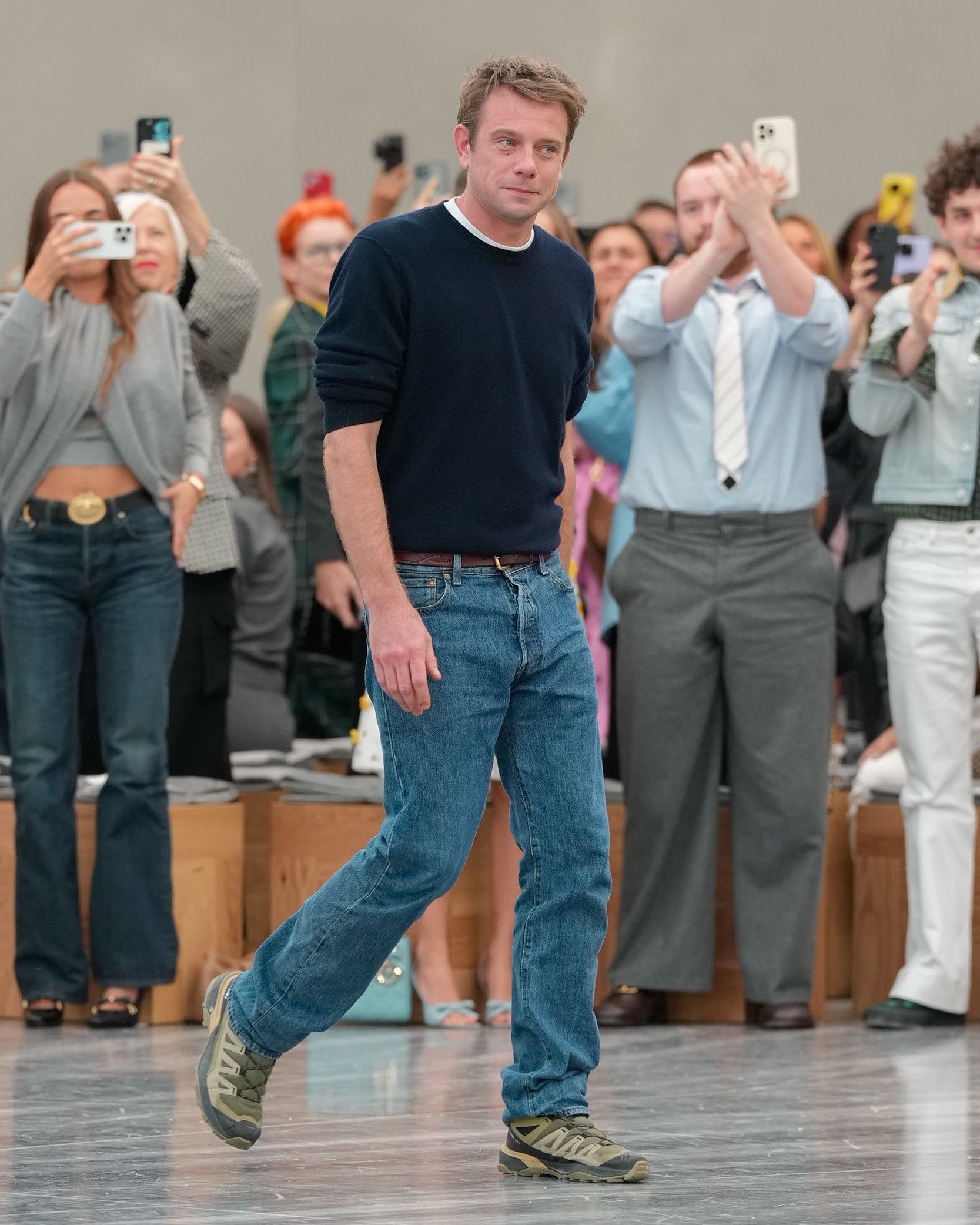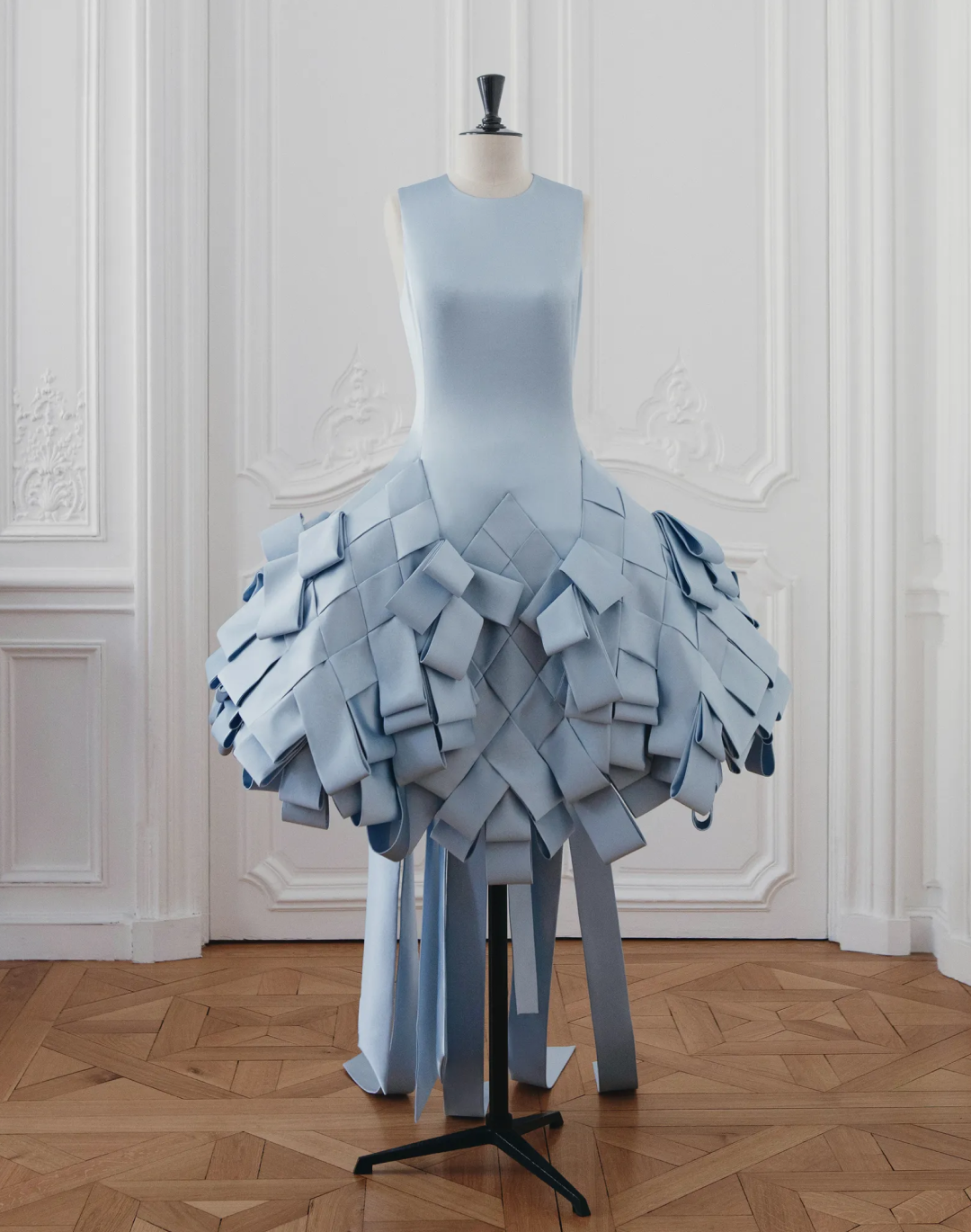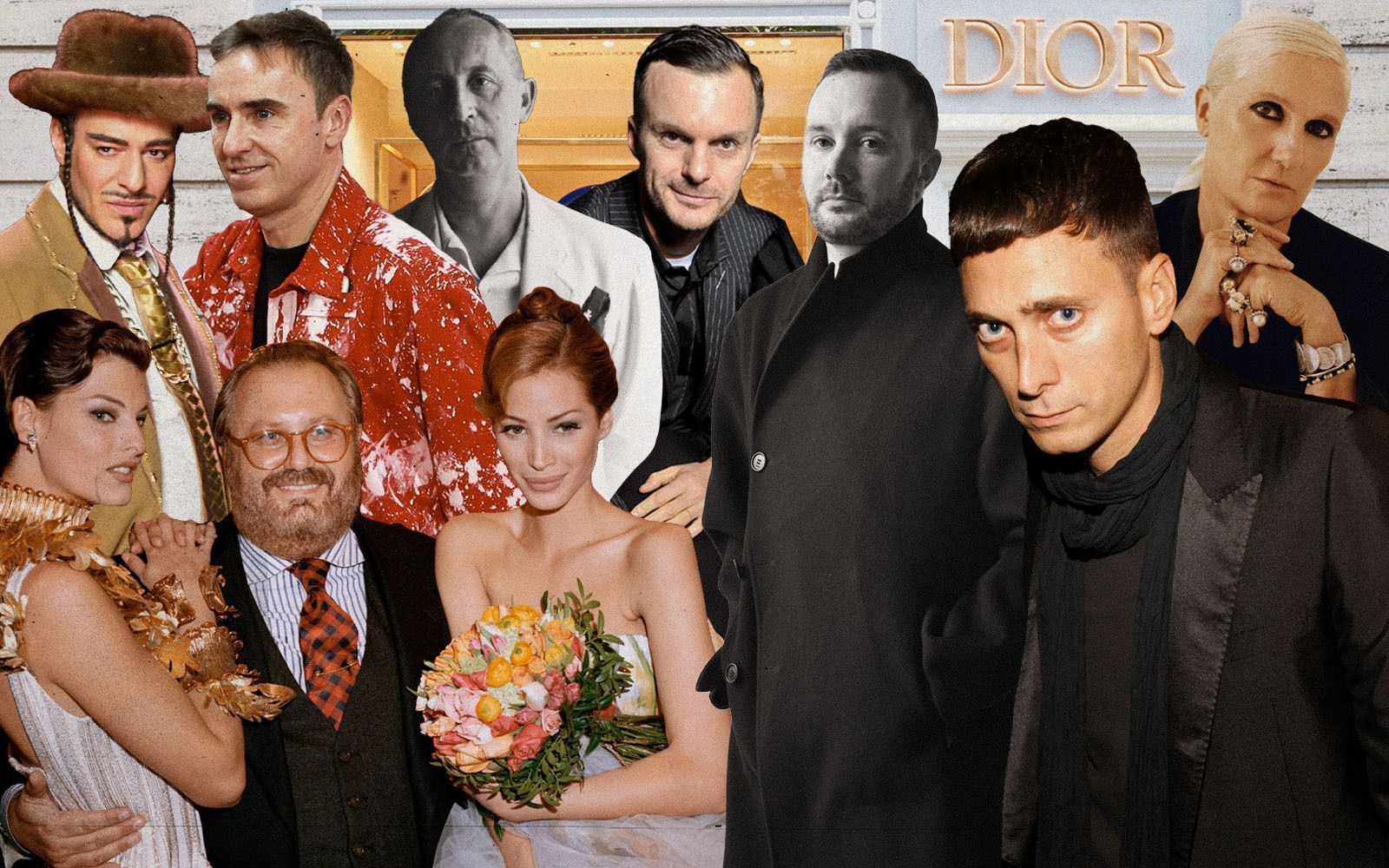
All the creative directors in Dior history Many designers have worked at 30 Avenue Montaigne in the last 76 years
To define Dior's importance on the fashion scene, this anecdote is enough: on the death of the founder, in 1957, the then CEO ante litteram, Jacques Rouët, proposed to close the brand but, as Dior's exports represented 50% of all French fashion exports of that time, both the licensees of the brand and the fashion industry authorities French simply prevented him from closing their doors. This is how Yves Saint Laurent found his first job and, if things had turned out differently, today we probably wouldn't have a Dior or a Saint Laurent – and the rest of the luxury fashion scenario would be immediately different.
It is surprising, however, to note that, over the course of 76 years of life, the greatest talents of the design world have alternated with the creative leadership of the brand: Saint Laurent, Gianfranco Ferrè, John Galliano, Hedi Slimane, Raf Simons, Lucie Meier – all examples of great creatives who have enriched the identity of a historic brand. And this without even counting the current creative directors, Kim Jones and Maria Grazia Chiuri, and putting in place of his own Marc Bohan, the director who managed the house for the longest time, who among all had the merit of conceiving the structure of the brand as we know it now, of founding its male line and inventing its most famous pattern, the Dior Oblique.
To help clarify the succession, which in the course of management's upheavals tend to become a bit confusing and overlap, here are all Dior's creative directors.
Christian Dior (1946-1957)
The legendary founder of the eponymous brand opened the doors of his Atelier on Avenue Montaigne on December 16, 1946. It had about 80 employees and a share capital of six million francs, with the financing of textile entrepreneur Marcel Boussac. From the beginning Dior demanded total control over his maison – a control he enjoyed very well when for his debut collection, the SS47, he presented the famous New Look that wiped out in one fell swoop years of war austerity and announced to the world of tailoring that the dark times of World War were over. Together with the New Look, Dior also created the brand's Perfume division and in the 1950s the CEO of the brand, Jacques Rouët, and Dior himself scandalized by creating the first licensing system for the production of ties and fine leather and fur accessories. The move was not initially appreciated by the press, which saw us degrade haute couture, but paid very well over the years. Meanwhile, future stars Yves Saint Laurent and Pierre Cardin had started working for him. Five years later, the first lipstick was launched, solidifying Dior's status as the first modern fashion empire, and in March 1957, Dior appeared on the cover of Time. In October of that year, after founding and directing his brand for 11 years, Dior died of a heart attack leaving the company in chaos.
Yves Saint Laurent (1957-1960)
Rouët considered closing the brand on the death of its founder but the toe of the Dior empire was simply so large that, disappearing, it would carry the entire fashion industry with it. The very young Saint Laurent was already dior's assistant and director of the atelier and found himself having the creative director overnight. After an initial successful collection, the young Yves decided to dare and launched the Beat Look, inspired by the bohemians and existentialists who populated the cafes of Paris. The new aesthetic so close to the youth cultures of the time scandalized the circles of couture French, then extremely conservative. The reviews were bad, Saint Laurent's mood sank and CEO Marcel Boussac was furious. In the same year, almost providentially, the young Yves was called to the military and after six collections, he abandoned the brand. Two years later he would found what we now know as Saint Laurent.
Marc Bohan (1960-1989)
The house's new creative director was Marc Bohan, another of Christian Dior's protégés. His aesthetic line was much more conservative but his nose for incredible business: universally considered the saviour of the brand, he launched the first ready-to-wear line in '67 entrusting it to Philippe Guibourgé, created the Dior Oblique pattern for the SS69 collection and, in the 1970s, launched Dior Monsieur, who would later become Dior Homme. Meanwhile, the perfume business grew and, in 1968, the first connection was created with Moët-Hennessy who bought Dior Parfums and in the future became LVMH after the acquisition by Bernard Arnault in the 1980s. Bohan's style could be summed up in his motto: «Make sophisticated clothes simply, with a touch of insolence every now and then».
Gianfranco Ferrè (1989-1997)
After Bohan left the brand to return to work in London, Italian Gianfranco Ferrè was commissioned to take the helm of the brand. More intellectual than romantic, Ferrè brought a new architectural spirit to the fifteen couture collections he designed for the brand. His sketches reveal the new approach that was defined by journalist Kevin Almond as «refined, sober and strict»: the lines of his designs are almost abstract, all movement and flashes of colour. Meanwhile, thanks to the management of Arnault, which preferred scarcity to accessibility, licenses were halved, flagships were increased and, in 1995, the brand's profits touched one billion francs. In 1997, however, Ferrè wanted to take care only of his own brand and return to Milan while Arnault did not want to renew his contract, predicting with much sagacity the change of times – this is how the Italian designer left the management of the Maison.
John Galliano (1997-2011)
Suggested to Arnault by Anna Wintour, Englishman John Galliano became the brand's new creative director. The fact that he was English angered many even though CEO Arnault compared him to the founder himself for his romantic and feminine style pointing out that talent knows no nationality. Audacity was the hallmark of Galliano's long reign by Dior: the clochard-inspired collection caused a scandal, the Saddle Bag became an absolute hit, avenue Montaigne spaces were restored and re-inaugurated with an epic ceremony, the brand's new campaigns included (in the wake of the porn-chic launched by Tom Ford with Gucci) strong sexual suggestions and a certain pop sensibility, his couture shows were almost mystical experiences with bloodies Marie Antoniettes, women in armour and steam trains running down the runway. In spectacularity, only Alexander McQueen beat him. Even today Galliano's era is remembered as the most adrenaline-pumping and electrifying in the history of the brand – but it ended badly in 2011 with accusations of anti-Semitic statements attributed to Galliano who was fired without even being able to see his latest collection on the catwalks. Bill Gaytten was hired during the interregnum period, presented two fairly forgettable couture collections as the brand faced a moment of redefinition before finding its new creative director.
Hedi Slimane (2000-2006)
Meanwhile, as the 2000s turned, Dior Homme was also relaunched. Since '92 his designer had been Patrick Lavoix, but that was a time when menswear was not really creative: the man dressed in a classic way and little was done to change that tradition. But Arnault changed everything, leading Hedi Slimane, then in his early years with only the role of designer for Yves Saint Laurent, to direct the new Dior Homme. Many attribute Slimane's responsibility to have made menswear desirable and creative by bringing a new look inspired by independent rock circles to the catwalk, creating a dark and sensual aesthetic, but also anarchic and en route with the trend of oversized tailoring, proposing a very narrow silhouette that attracted stars such as Brad Pitt, Jack White and Mick Jagger to fashion – finally the menswear and womenswear aligned, at least in the ready-to-wear. Yves Saint Laurent, present in the front row, gave Slimane a standing ovation while Karl Lagerfeld decided to lose about 45 kilos to get into his suits. After negotiations to open his own brand failed, however, Slimane left the brand in 2006 after revolutionizing it. He wouldn't be back in the fashion world for another six years.
Kris Van Assche (2007-2018)
For eleven long years Van Assche directed the collections of Dior Homme – a tenure so long that it covered three spare parts of creative directors. During this era Slimane's dark fundamentalism and chaotic pop-punk aesthetic (his language refined better by Saint Laurent) were modulated and attenuated, the sartorial side pushed and reinvented in a less aggressive vision, the looks became cleaner and the roots of that streetwear sensibility that Kim Jones would bring to completion in the following years were planted. The merger of tailoring and streetwear began with him and his progressive vision, it was always Van Assche who associated A$AP Rocky with Dior and collaborated with Larry Clark, Willy Vanderpierre but also The xx and Radiohead as well as a series of independent artists, increasingly opening that tradition of collaborations with the art world that Jones would always make a rule in the future. The designer once said to Dazed: «I am interested in a synthesis of generations and filtering subcultures through my own lens to tell a new story».
Raf Simons (2012-2015)
The restless and brilliant Simons arrived at Dior's in 2012. His three years at the direction of the brand are considered as one of the highest points of the brand and his first couture show was dedicated to the beautiful documentary Dior and I. It was a period of enormous success, with a 60% increase in sales, and a decisive recovery after the chaos and ecstasy brought by John Galliano. Simons brought a lot of modernity to the brand, not so much in the collections themselves but in the processing of the collections: at a moment in the documentary you see Toledano asking the workers of the atelier to call him Raf instead of "monsieur" as an exercise in modernity. However, the pressure of work became excessive, not so much in terms of operation as in terms of creative activity. Simons said to The Cut: «When you do six shows a year, there’s not enough time for the whole process. […] But you have no incubation time for ideas, and incubation time is very important». In 2015, in short, going against the expectations of Arnault and the entire fashion world, Simons decided not to renew his contract and focus on his own brand even if, already the following year, Simons signed with Calvin Klein. Serge Ruffieux and Lucie Meier were appointed as creative directors in the interim.
Maria Grazia Chiuri (2016-today)
Maria Grazia Chiuri is the first woman to direct Dior's atelier on her own in the entire history of the brand. Previously, she had directed Valentino's production with Pierpaolo Piccioli for eight years and had joined the brand seven years earlier. Chiuri has changed the aesthetics of the brand a lot, bringing a more open feminist approach to the brand's creations along with a particularly youthful aesthetic. Chiuri's tenure marked a moment of strong commercial success for the brand while her couture represented a phase of neo-classicism for the brand, which has returned to a more familiar dimension, after Simons' intellectualism and Galliano's dramatic theatricality.
Kim Jones (2018-today)
After Van Assche was re-appointed to Berluti's creative direction, former Louis Vuitton creative director Kim Jones was called upon to replace him and bring a new and youthful mood to Dior Homme. His collections have certainly reversed Van Assche's soft but formal aesthetic in favour of an extremely more pop approach: his debut show took place under the insignia of KAWS, a literal slap in the face to Van Assche's dark and scholastic formality – the reference to black is not causal because, if we wanted to compare the colour palettes of Jones' fashion shows with those of the previous director, the main difference is precisely the lightening and freshness of the colours, going from dark to lively, also thanks to a search for naturally bright and reflective materials that make even the predominantly dark collections such as the FW19 look luscious.










































